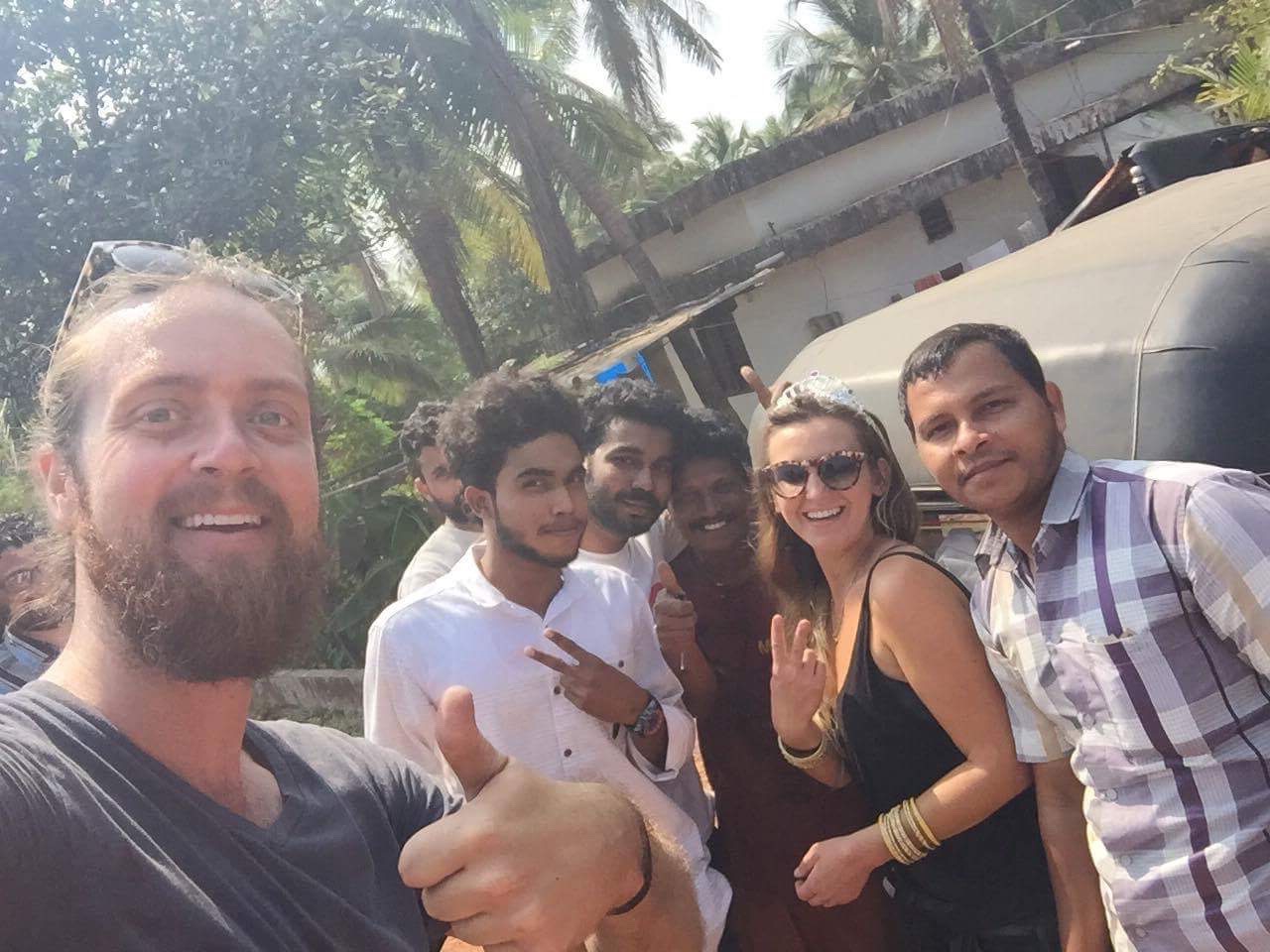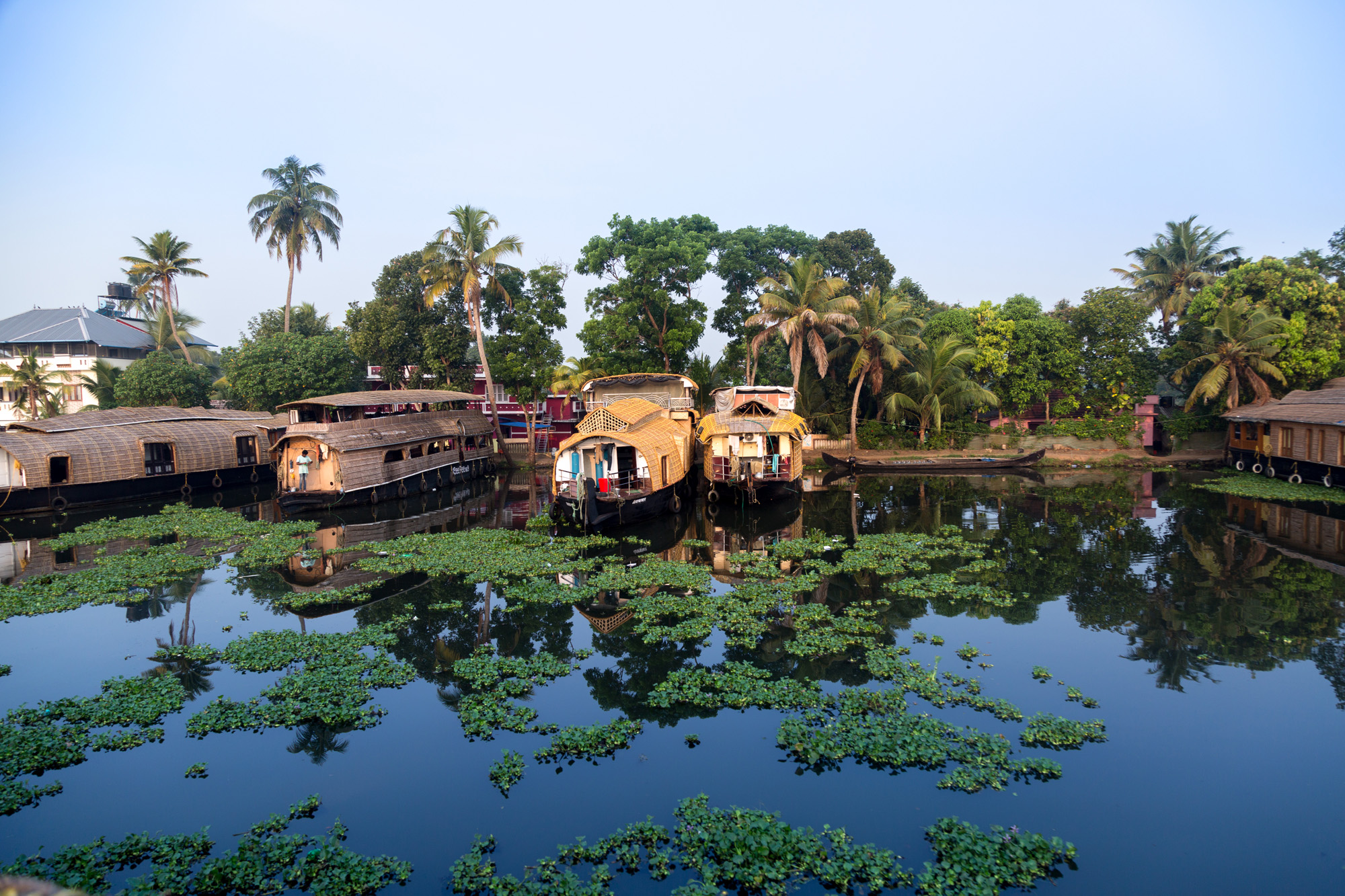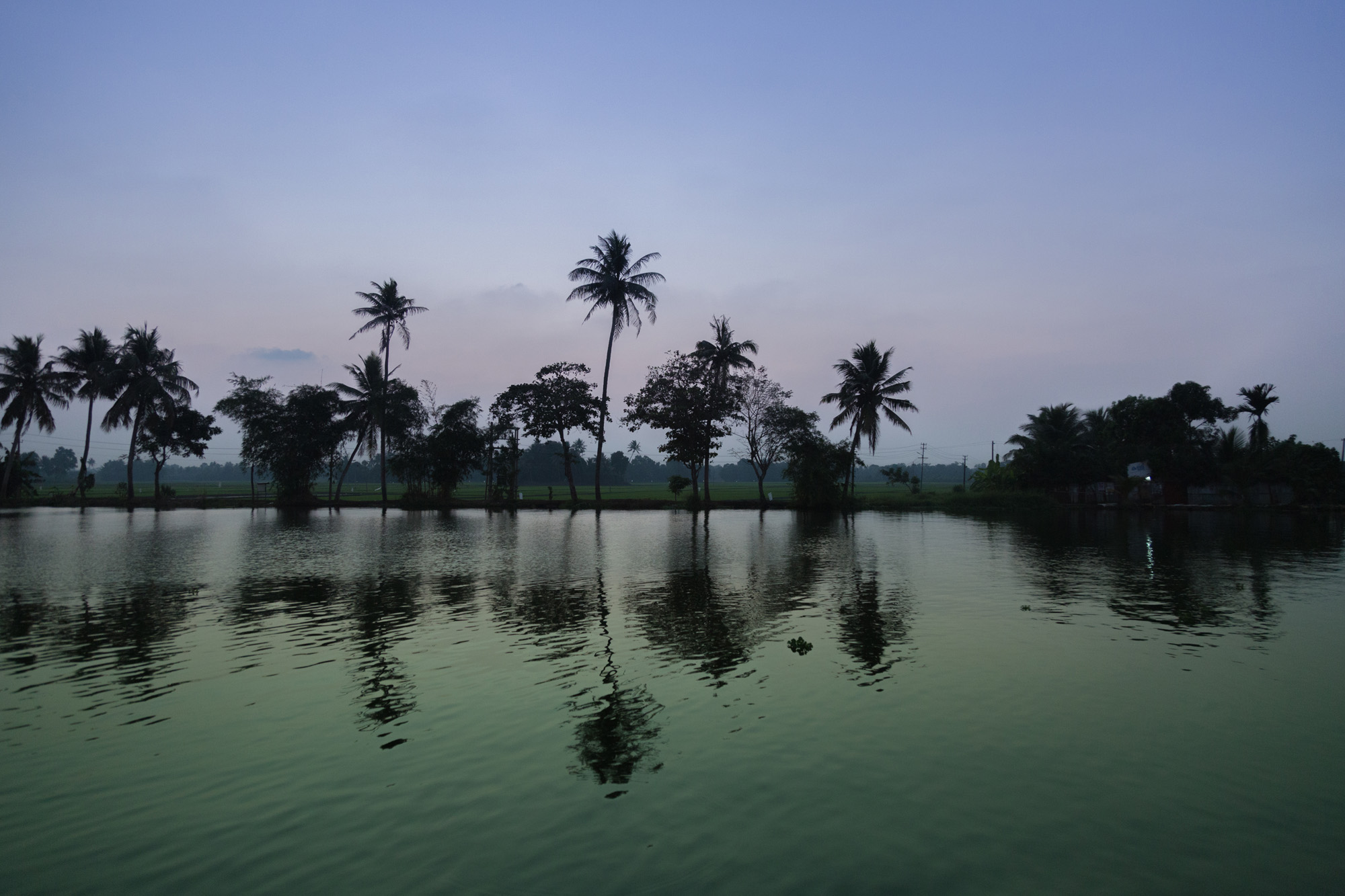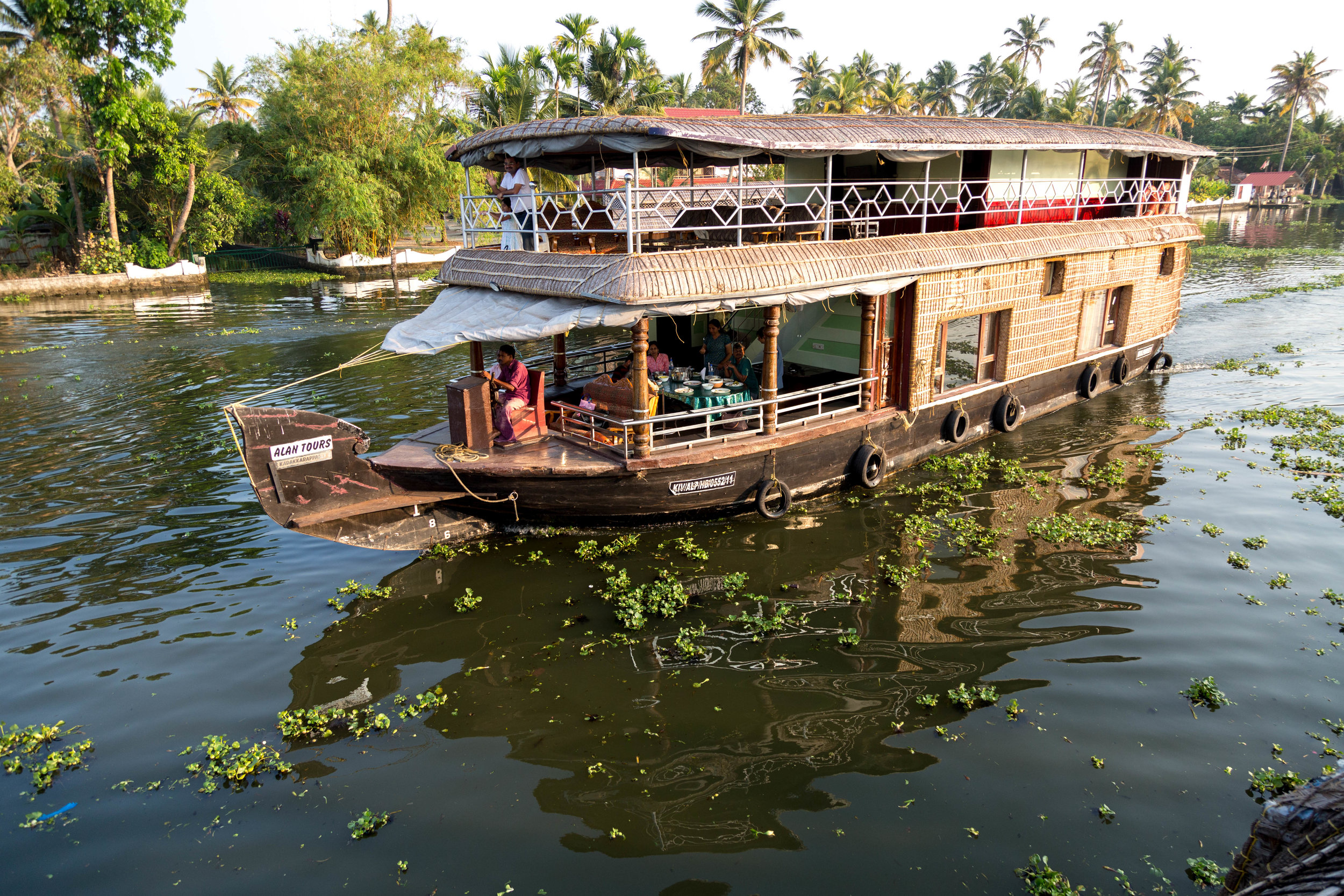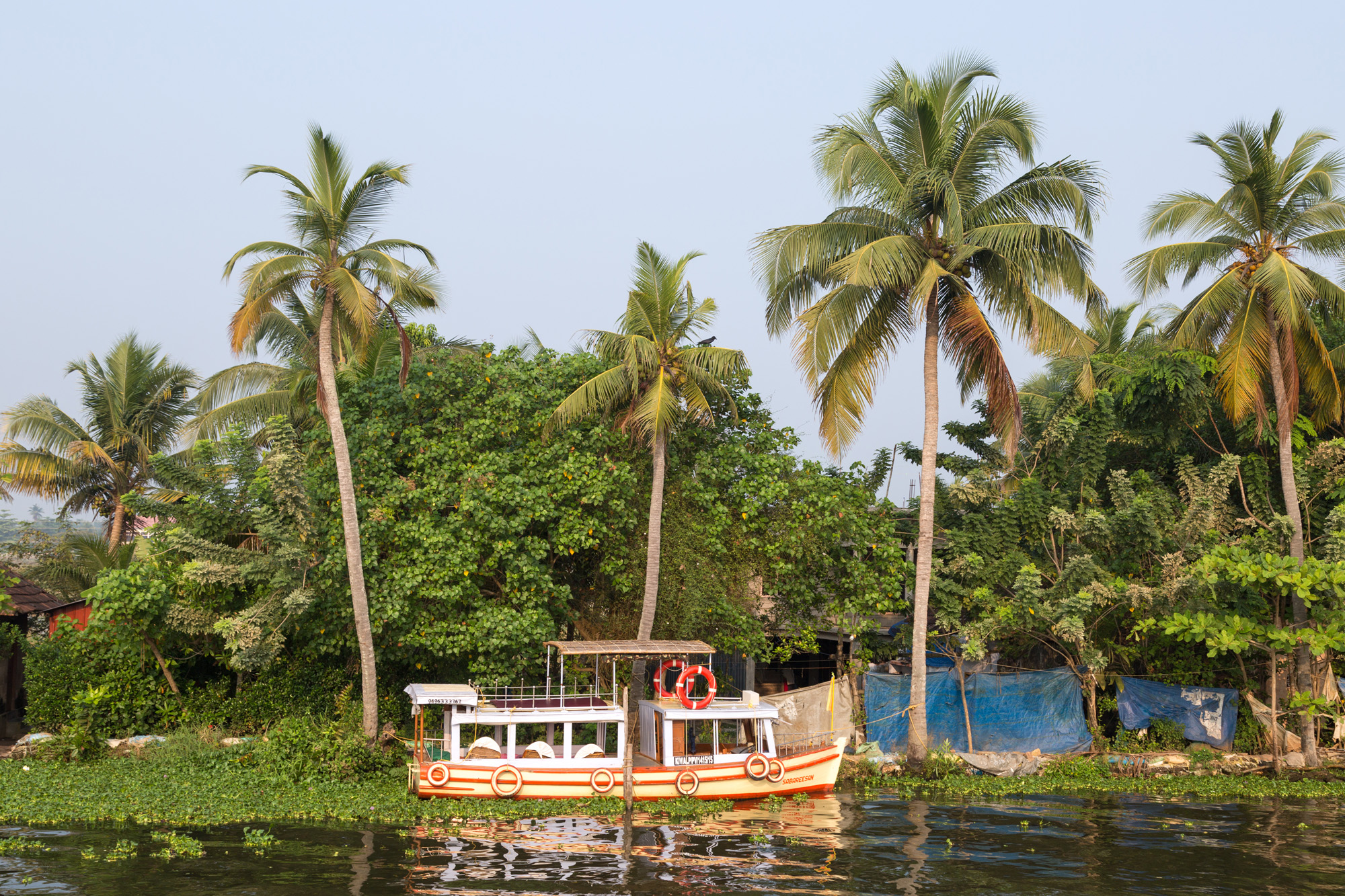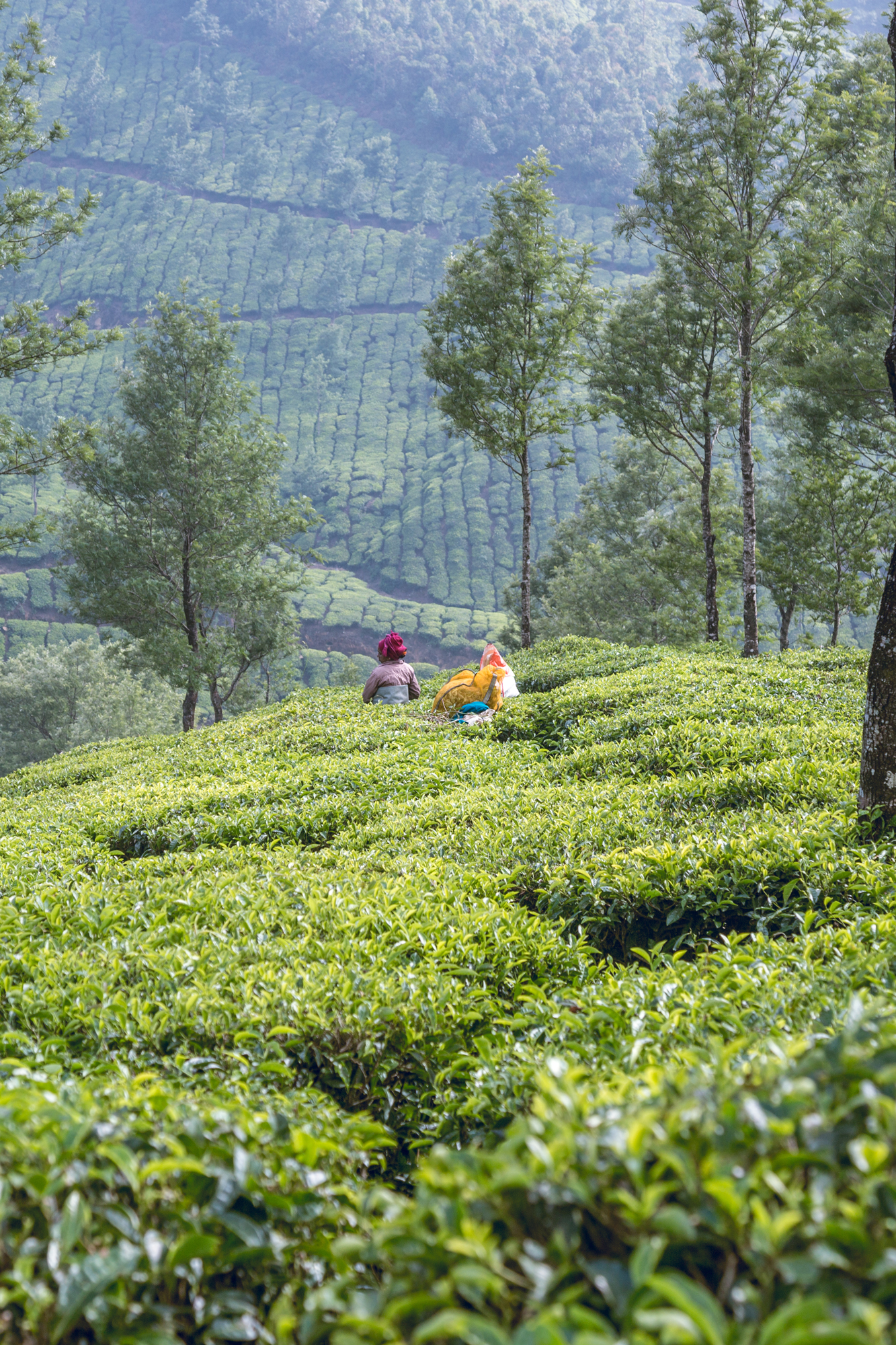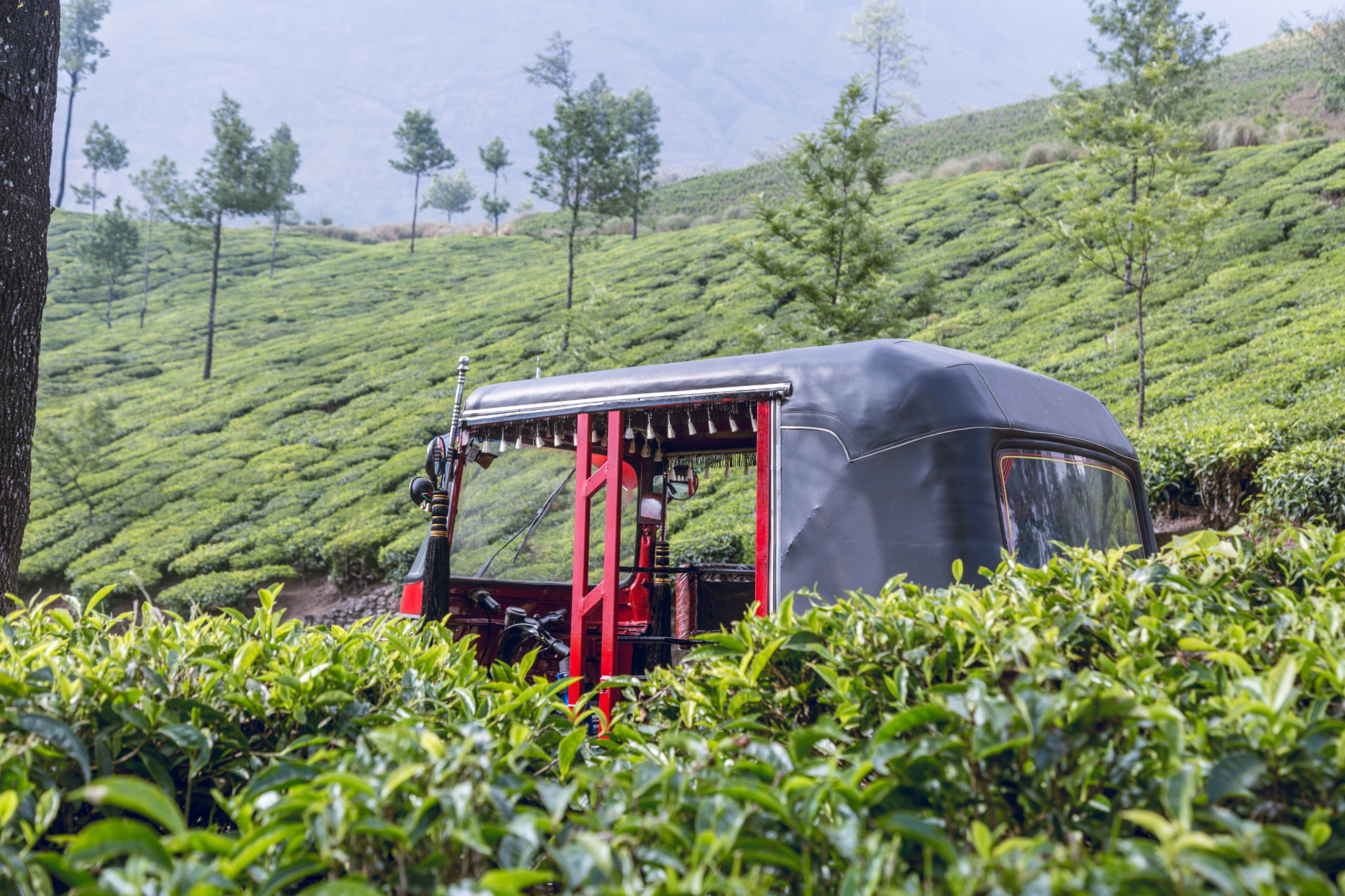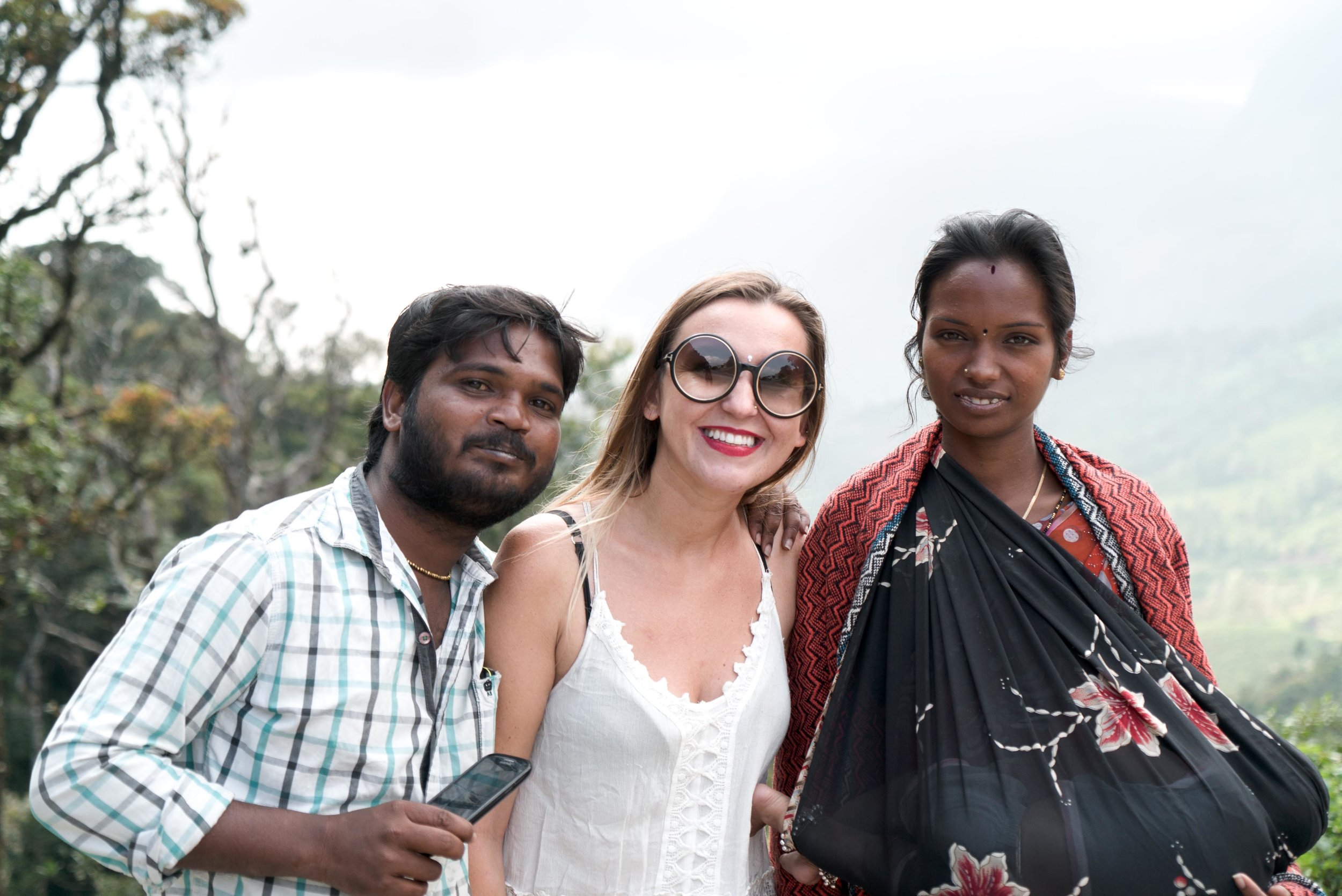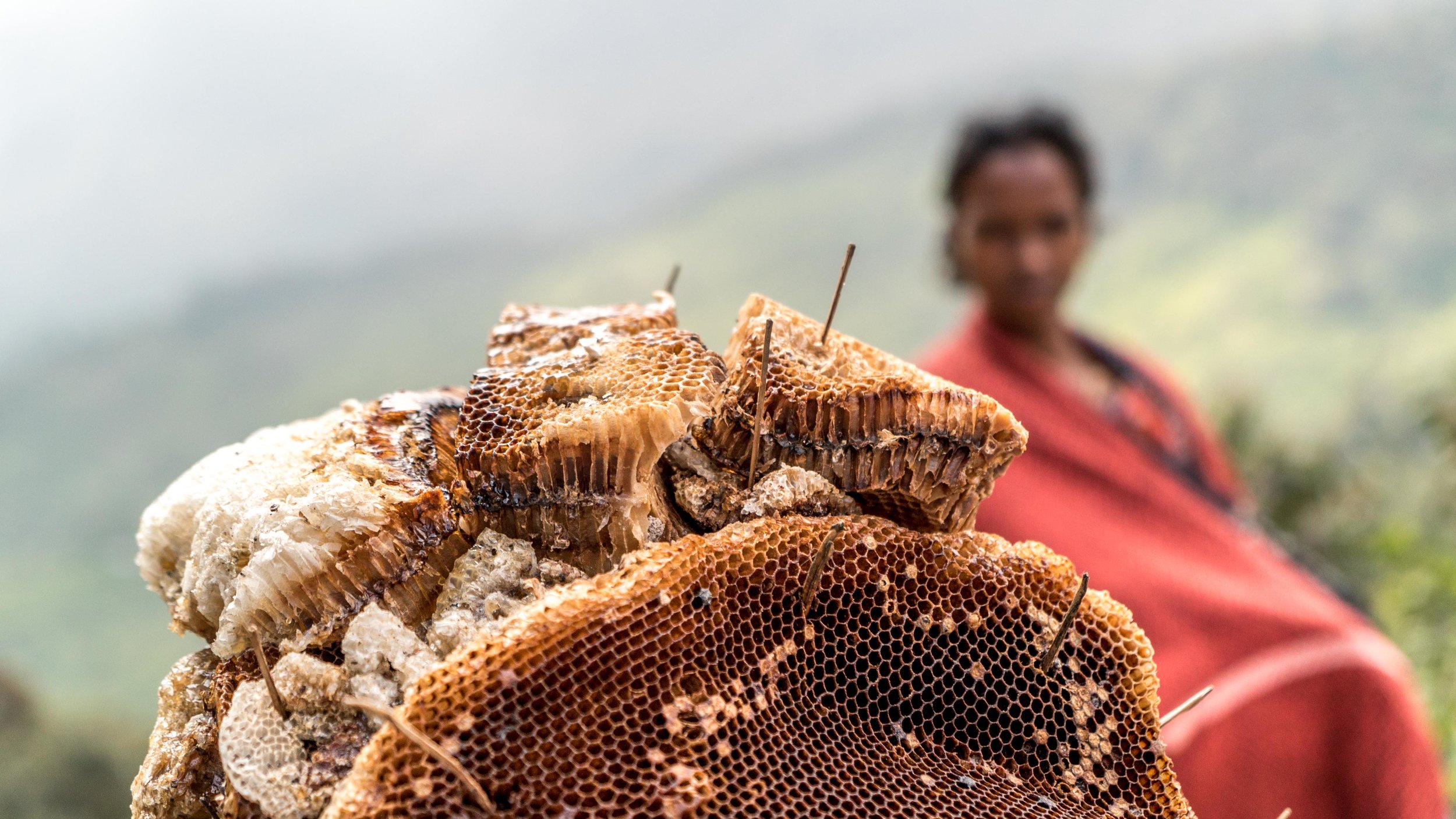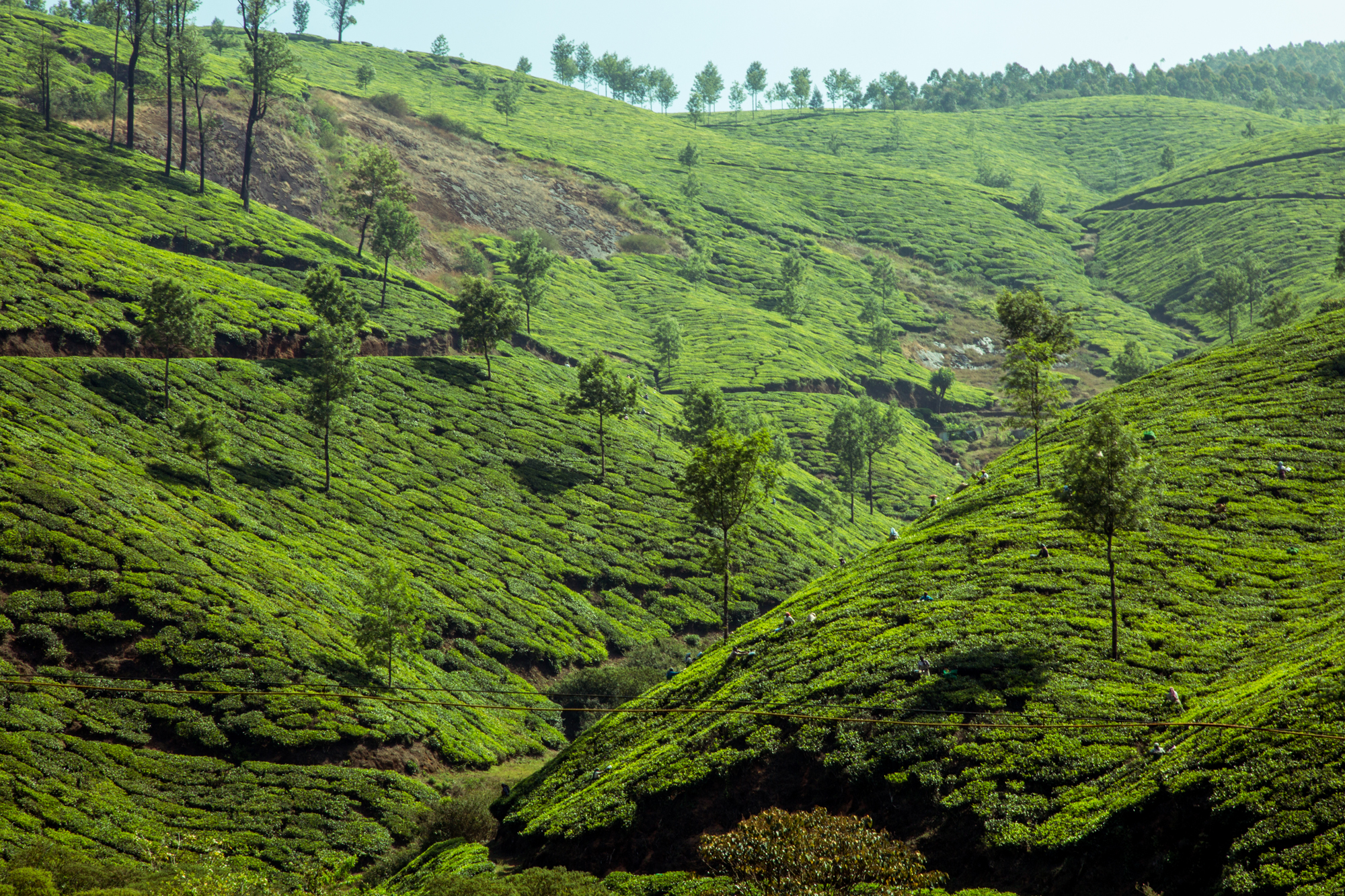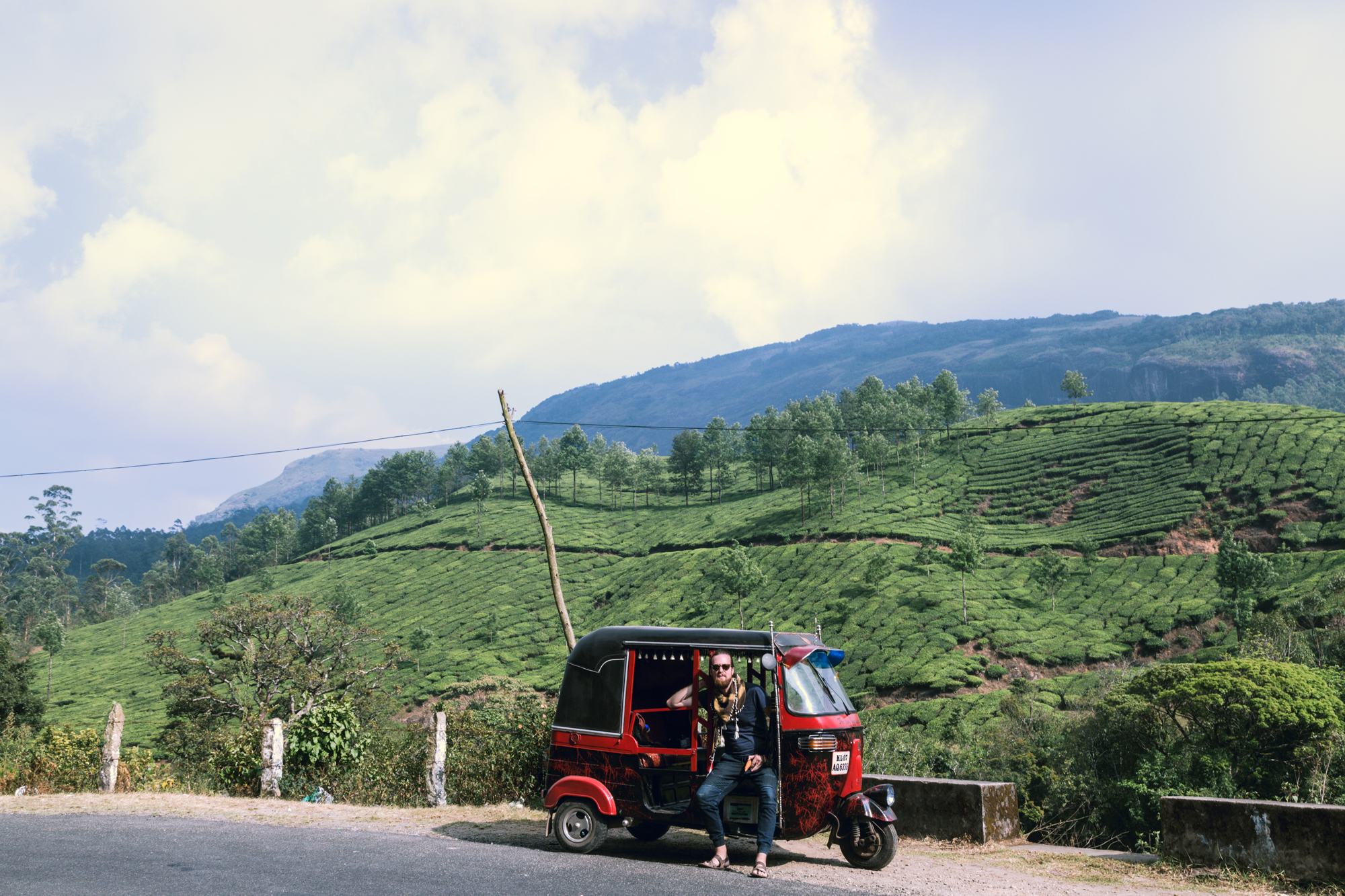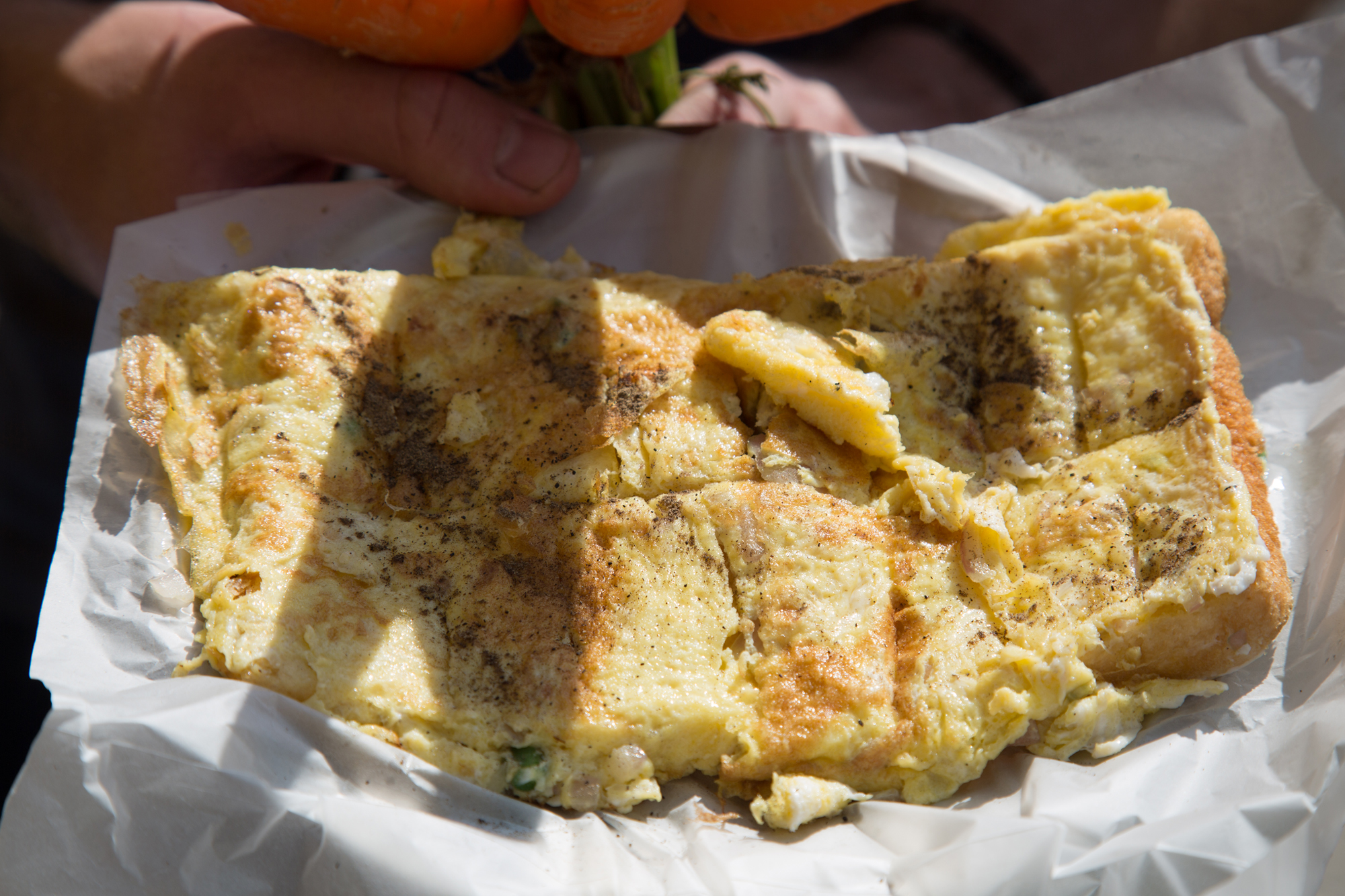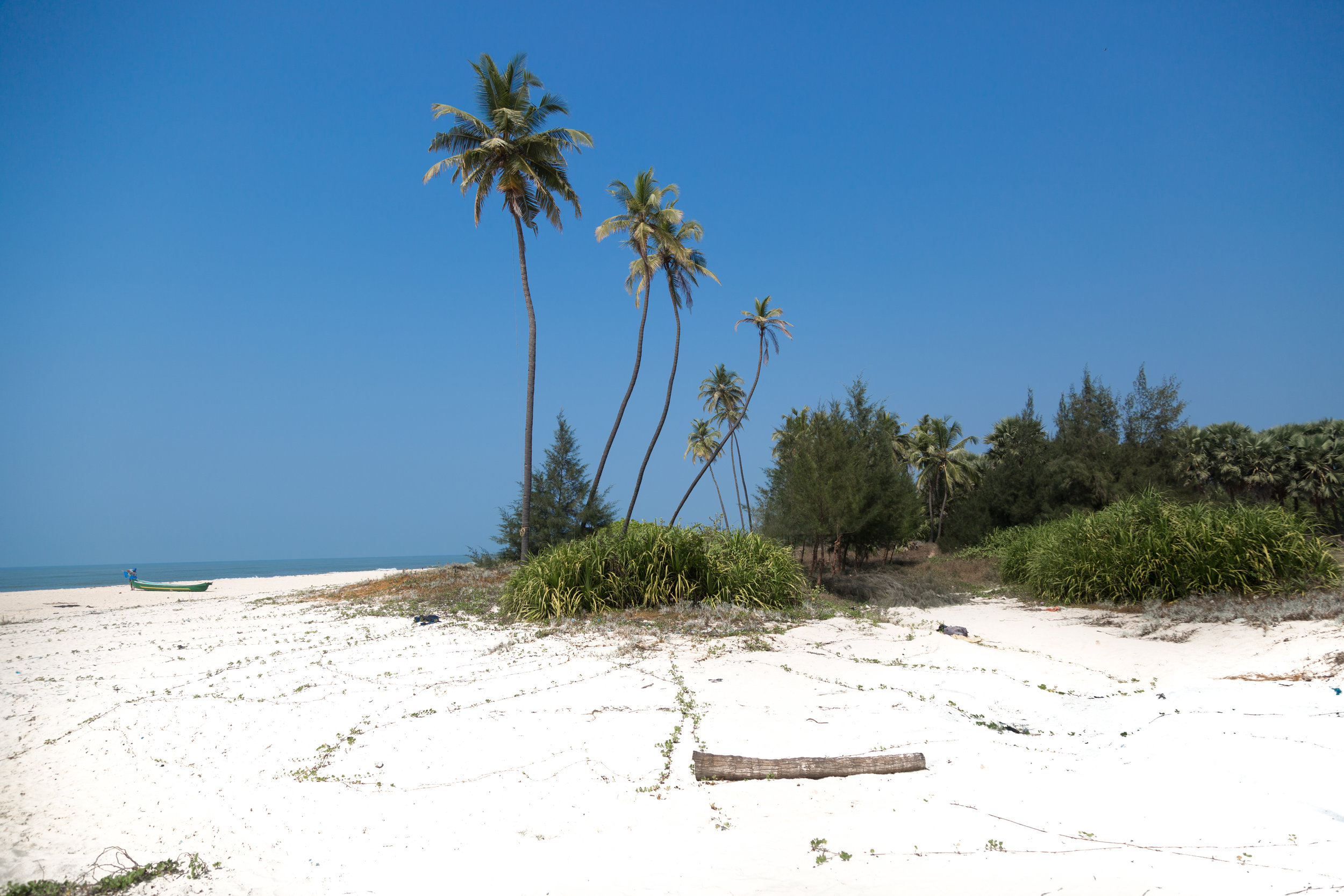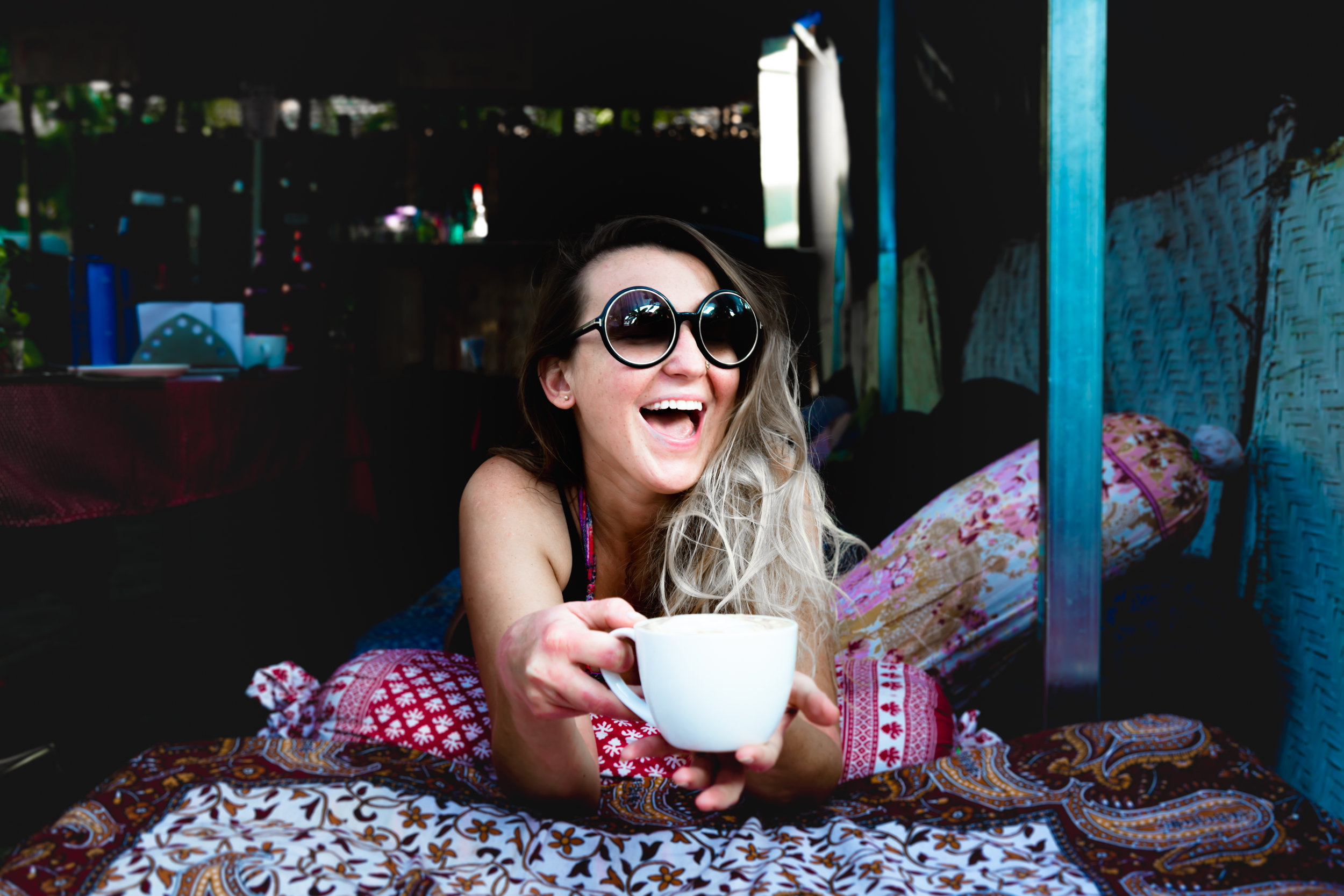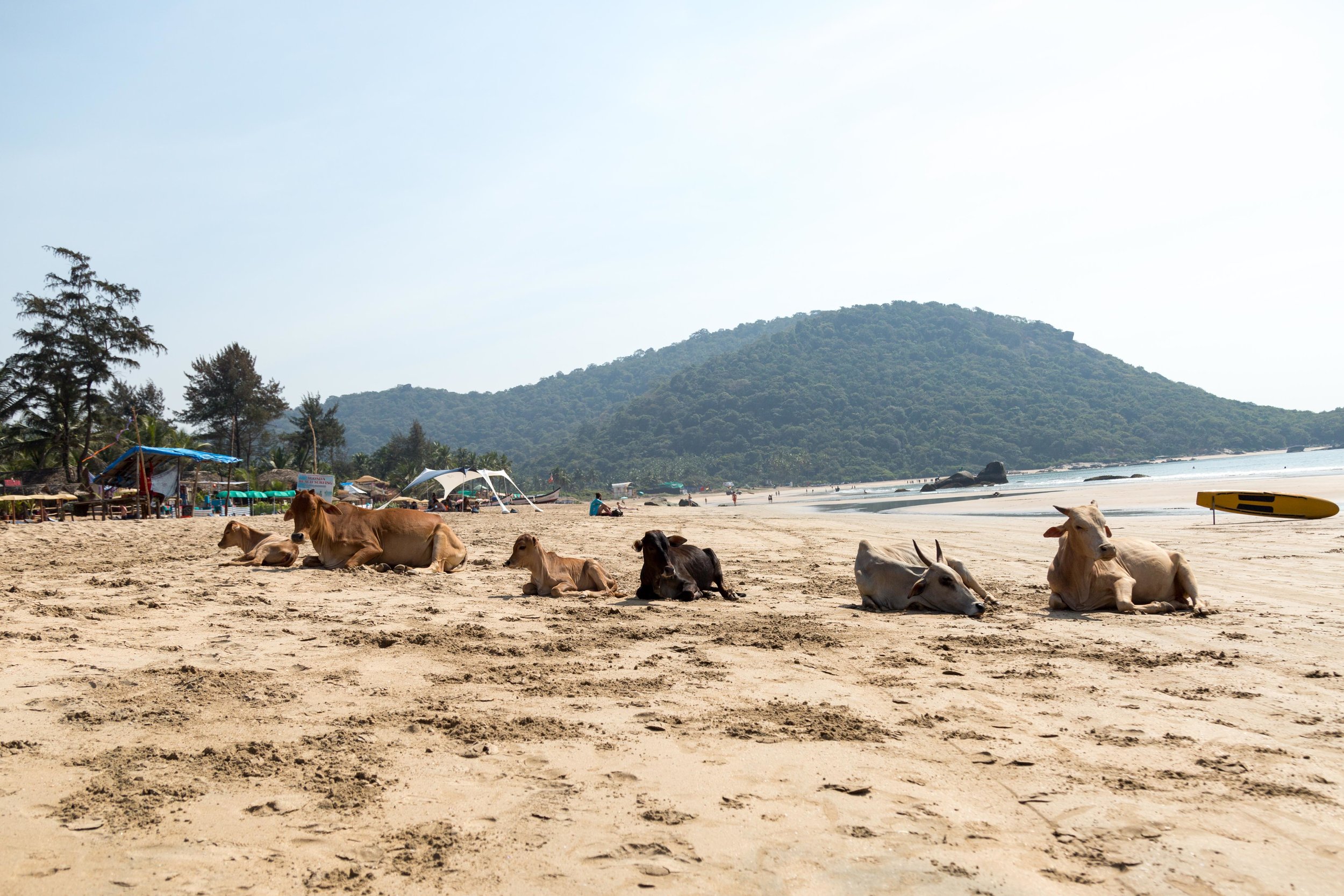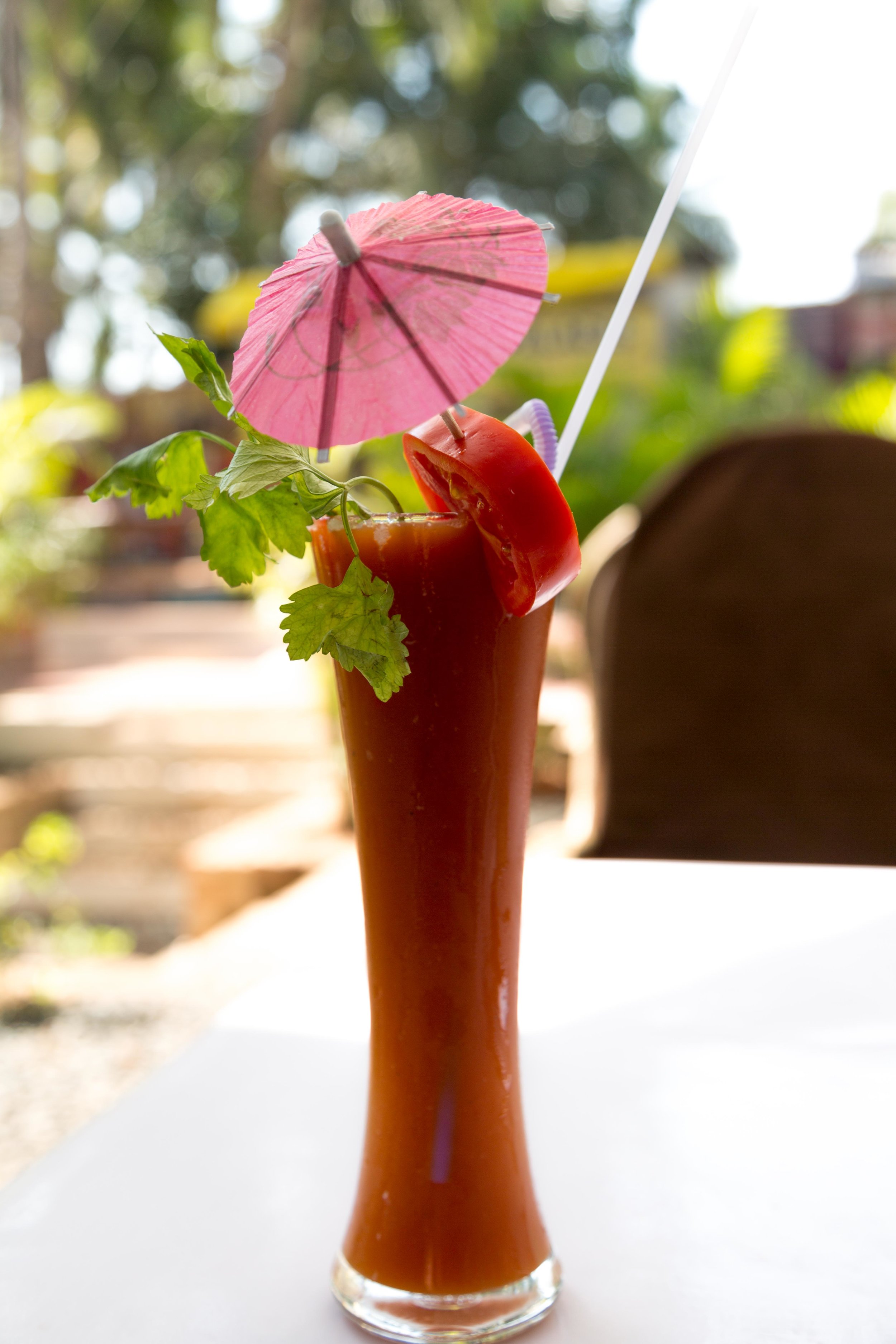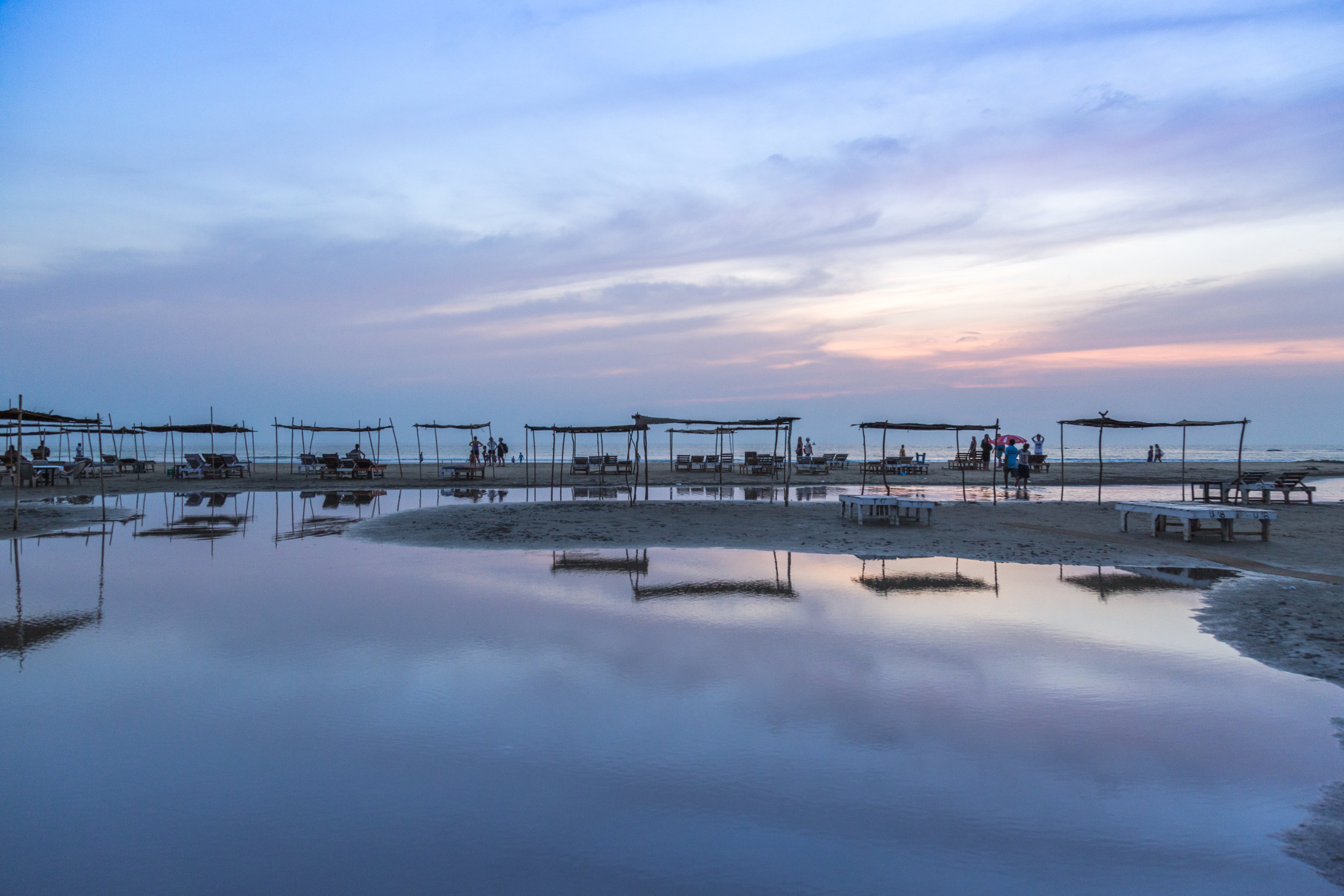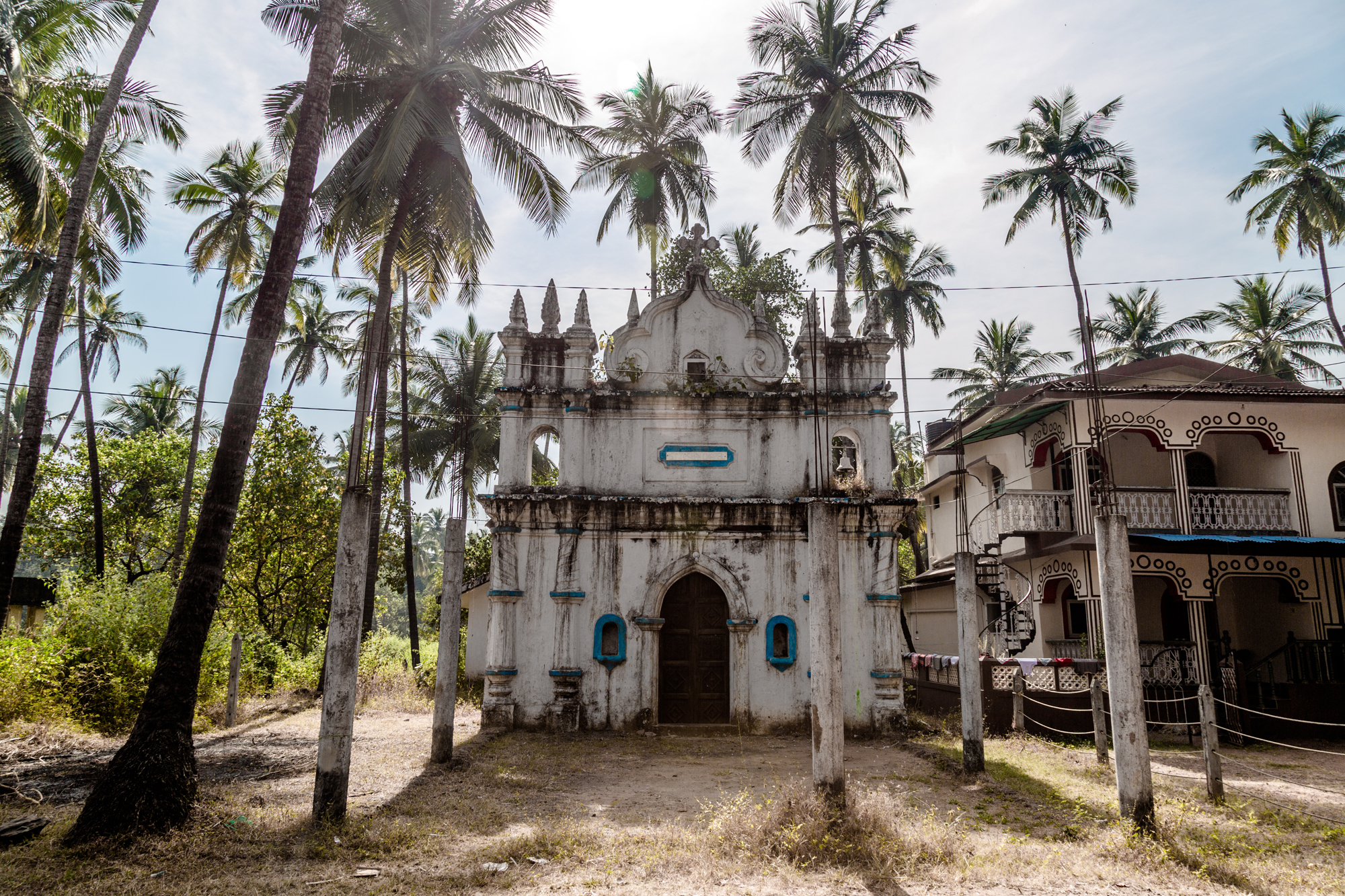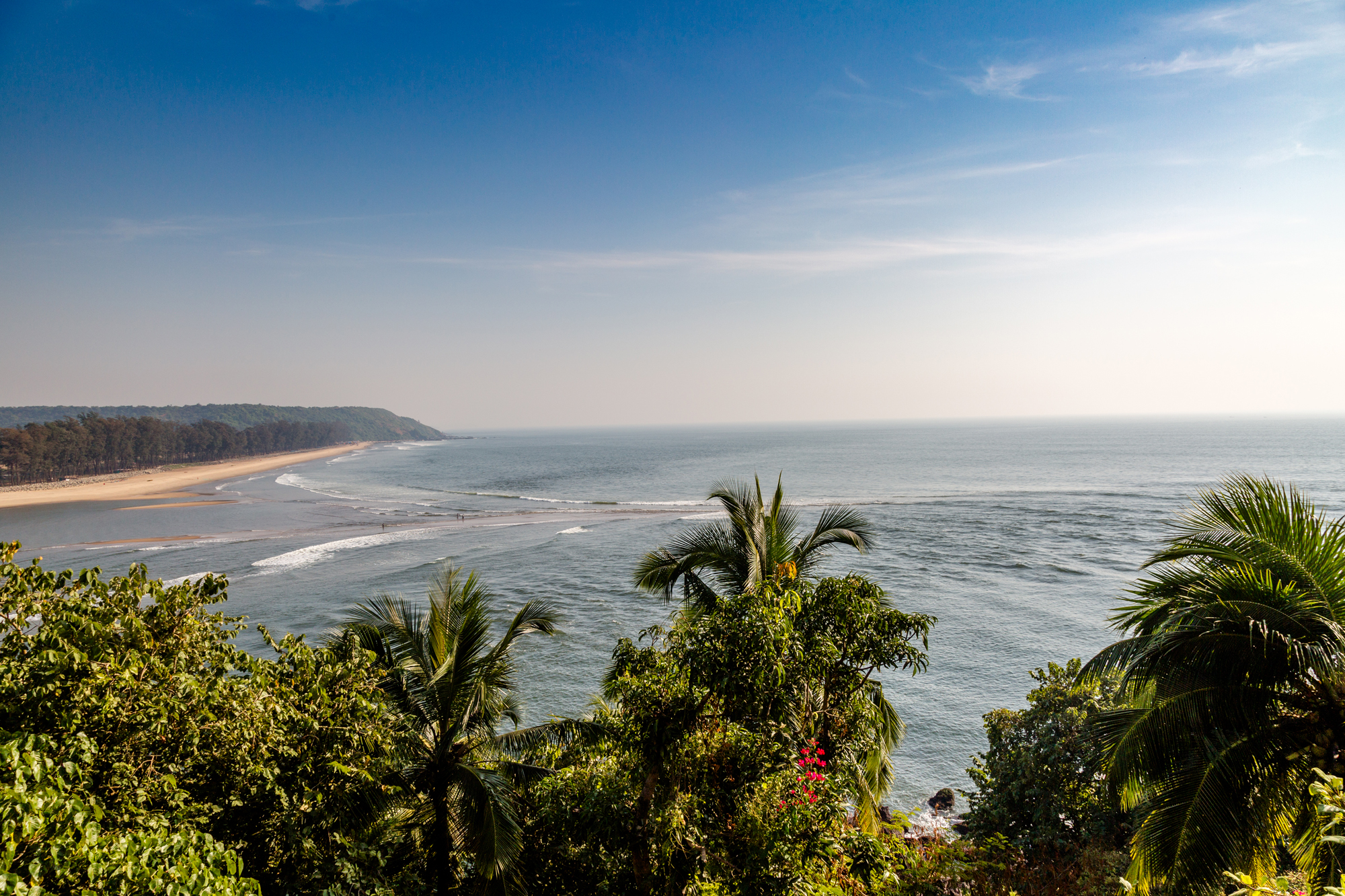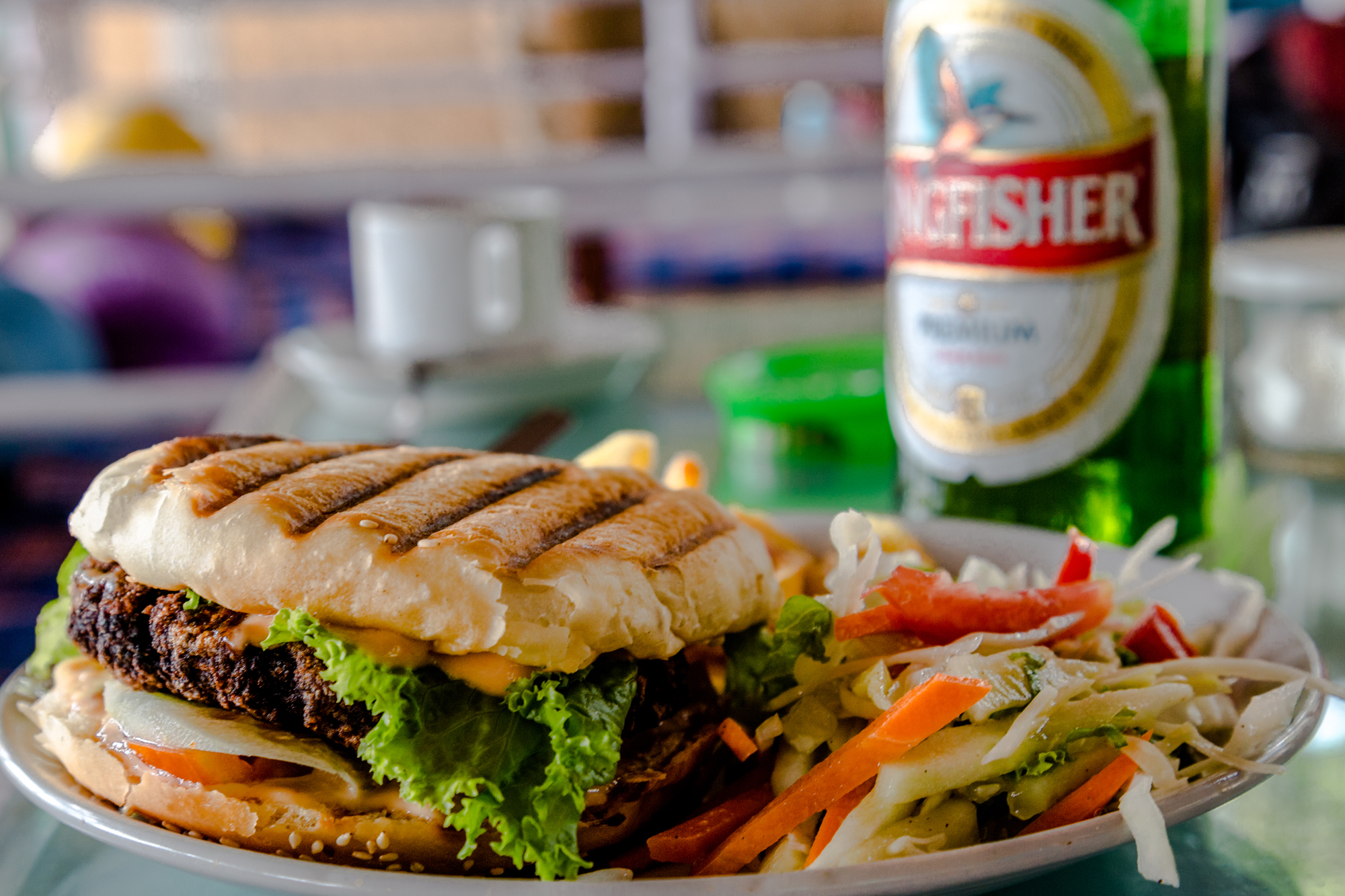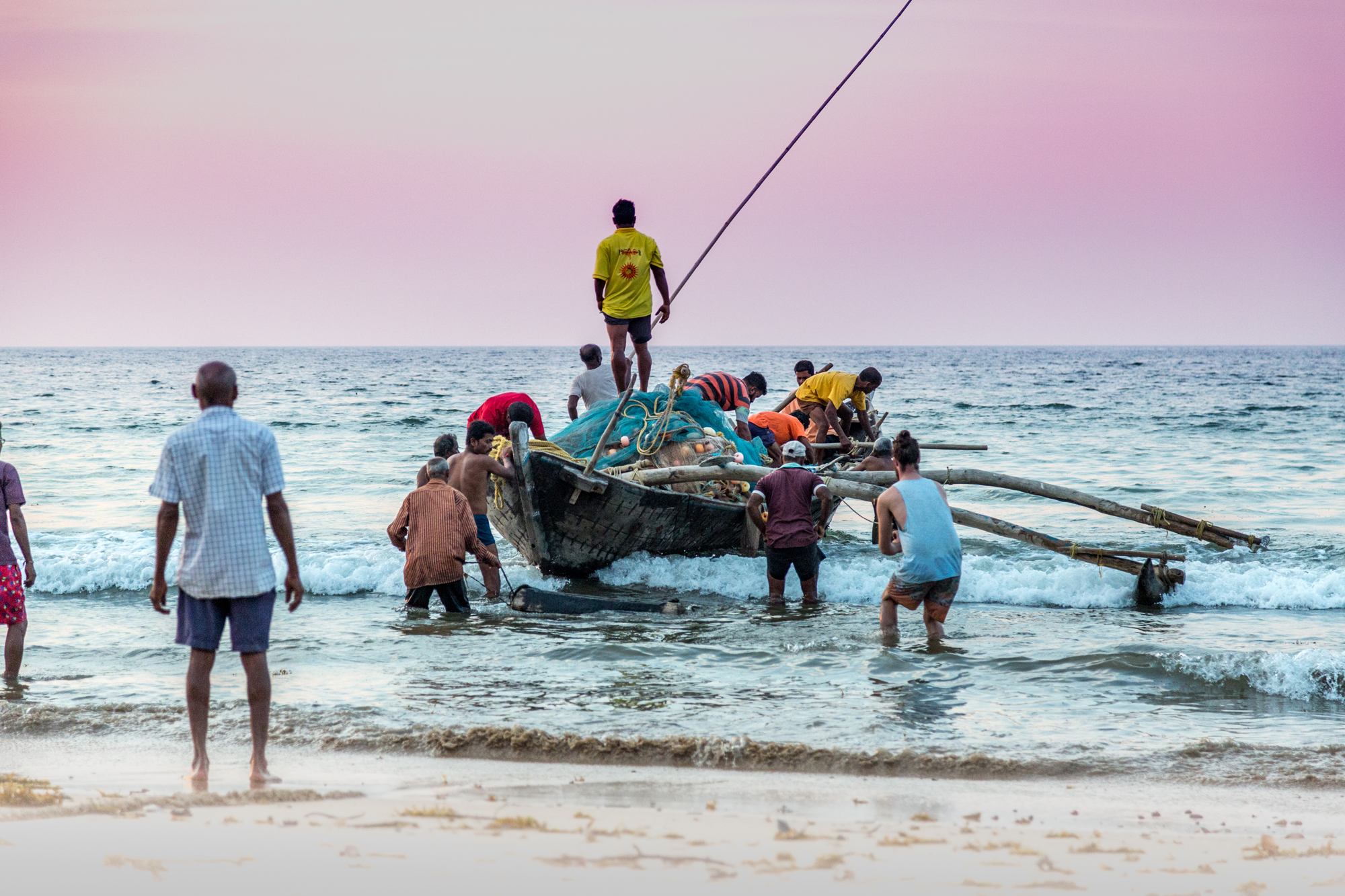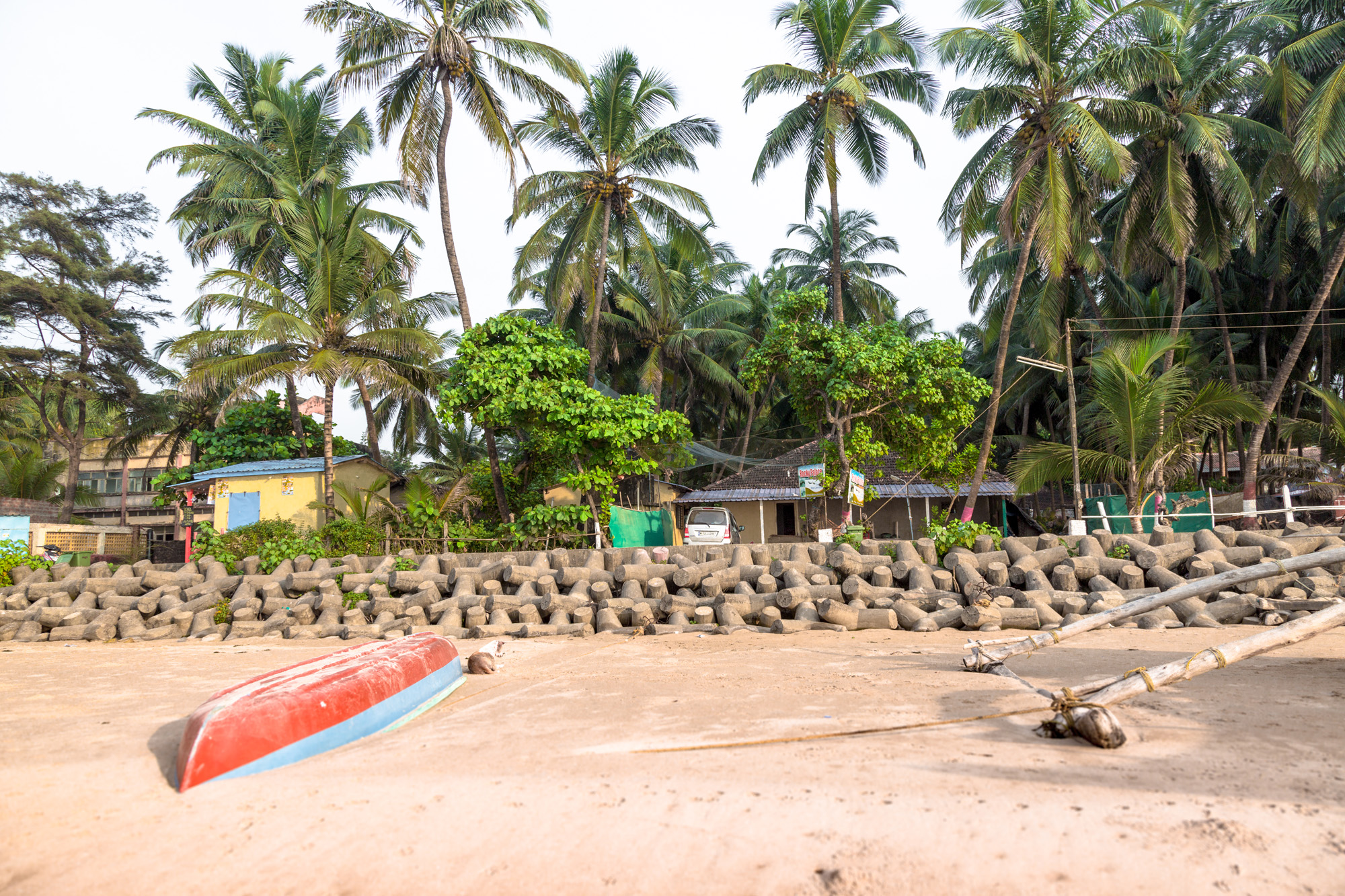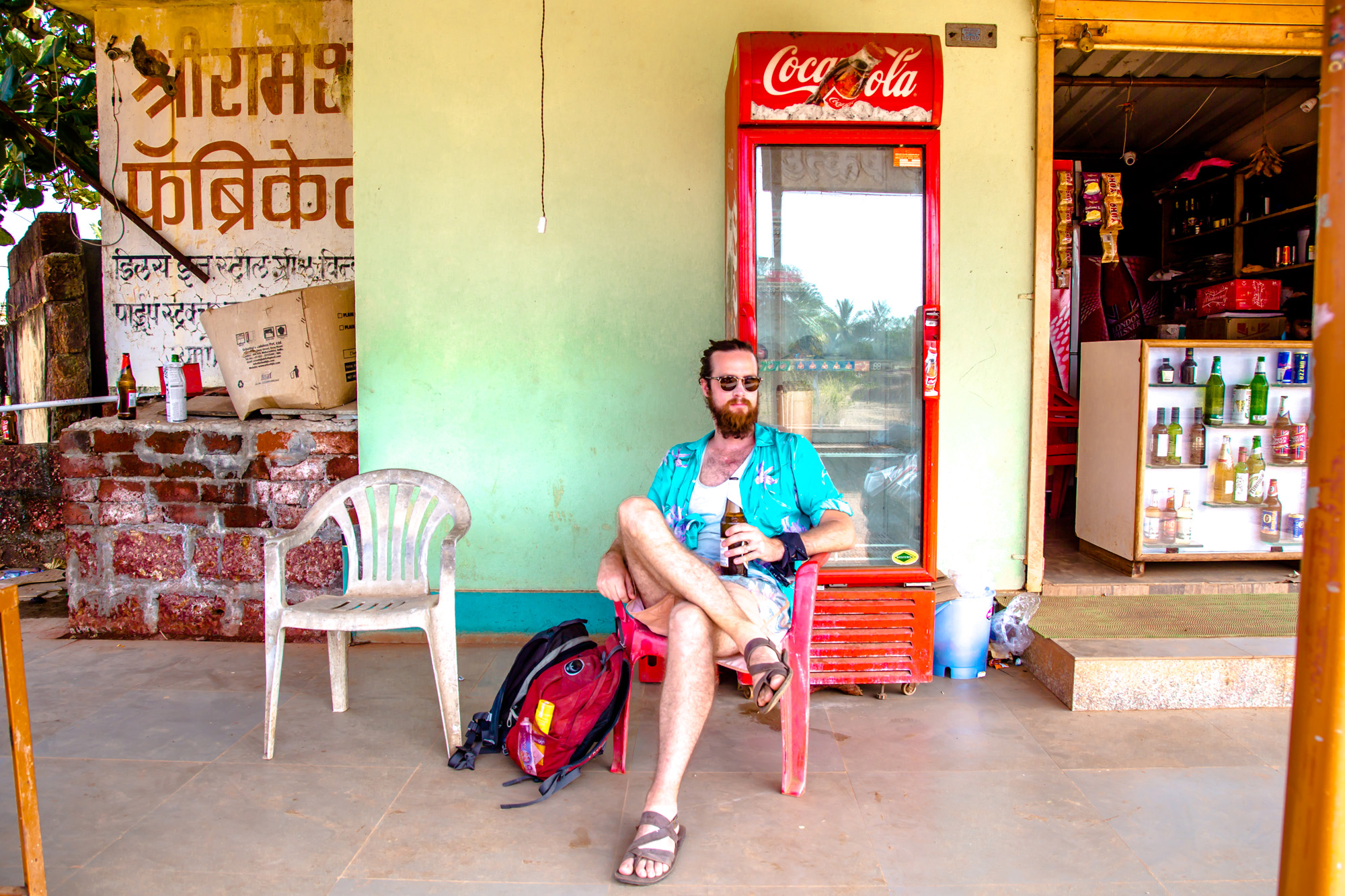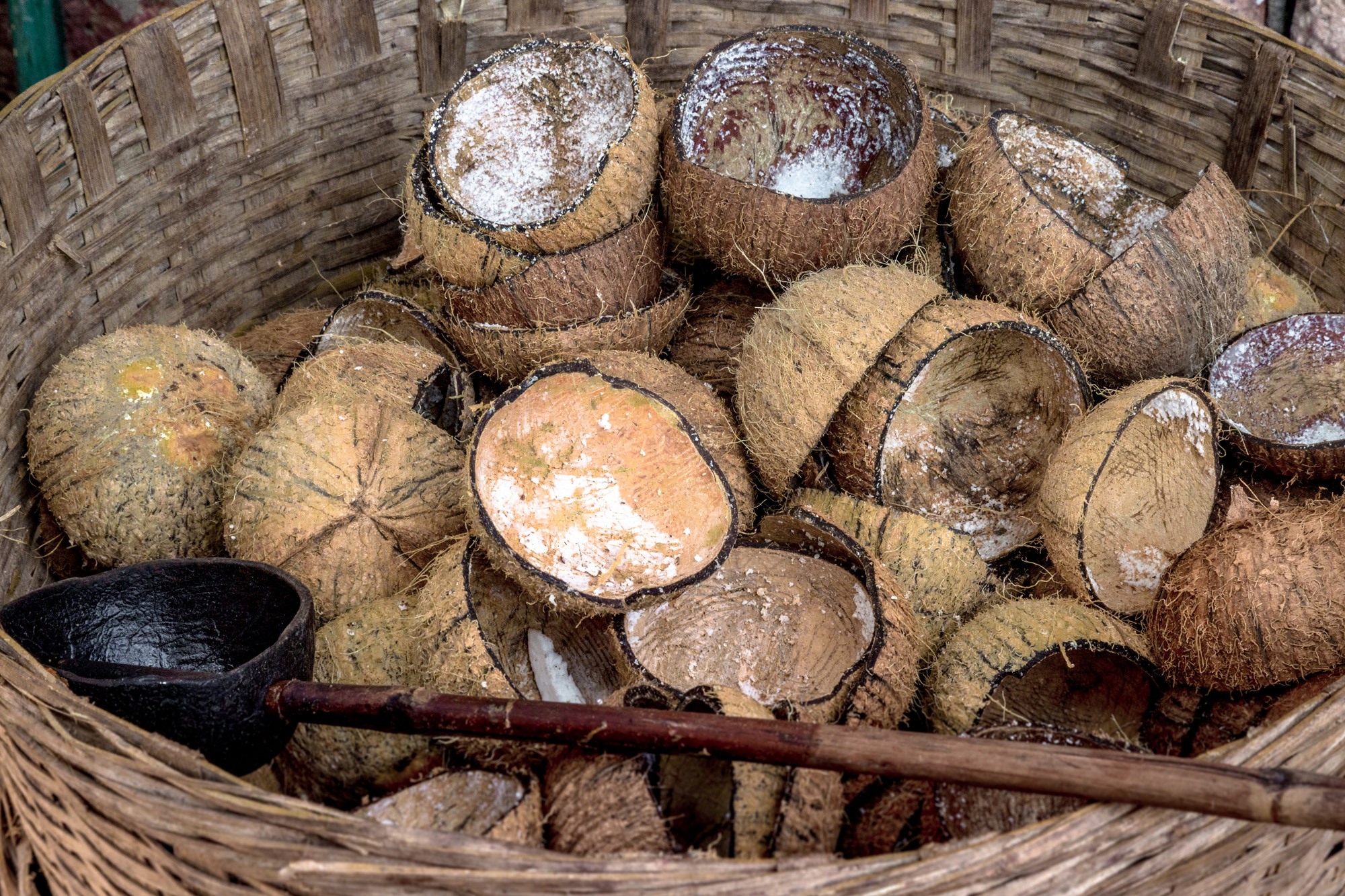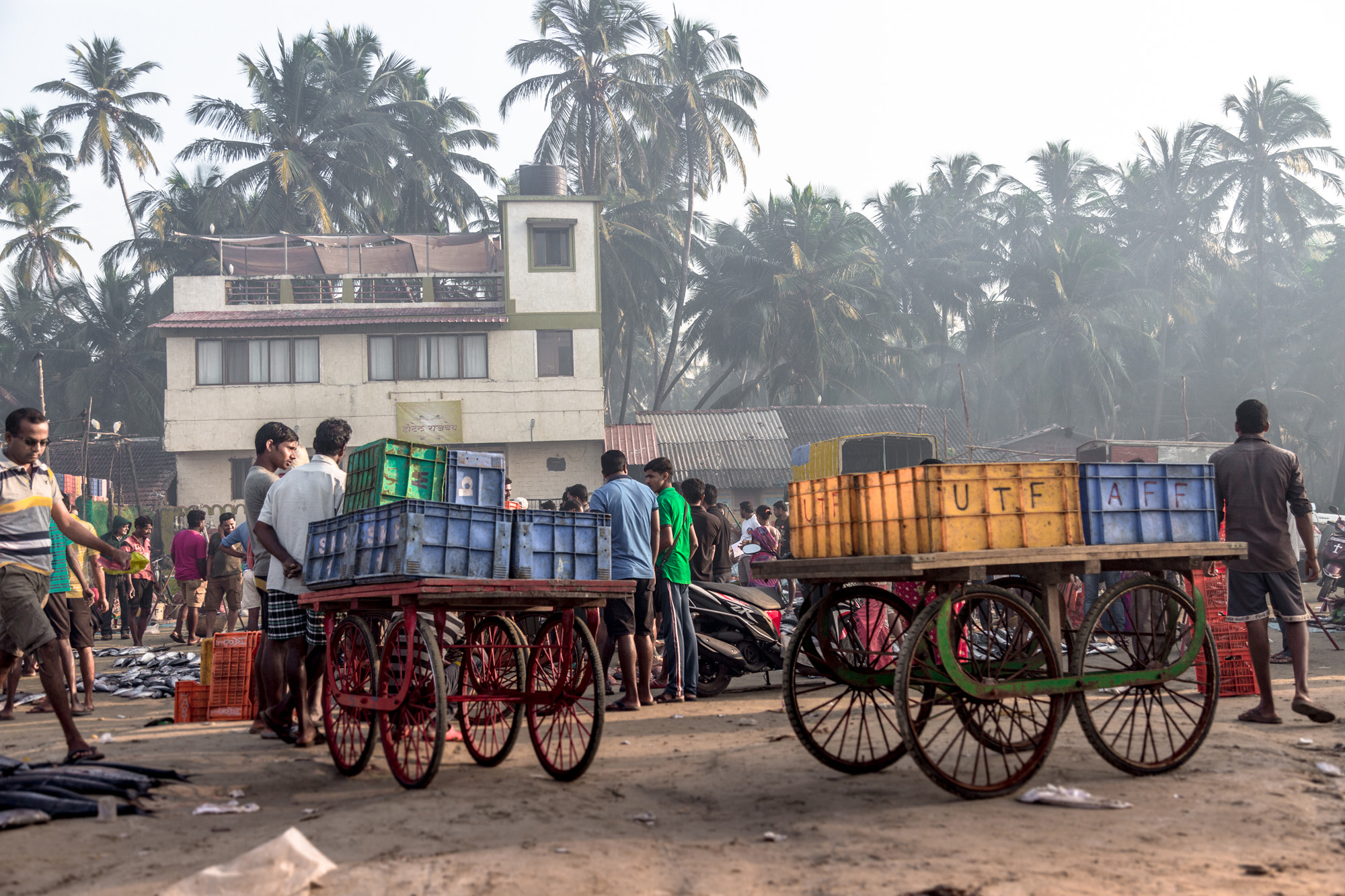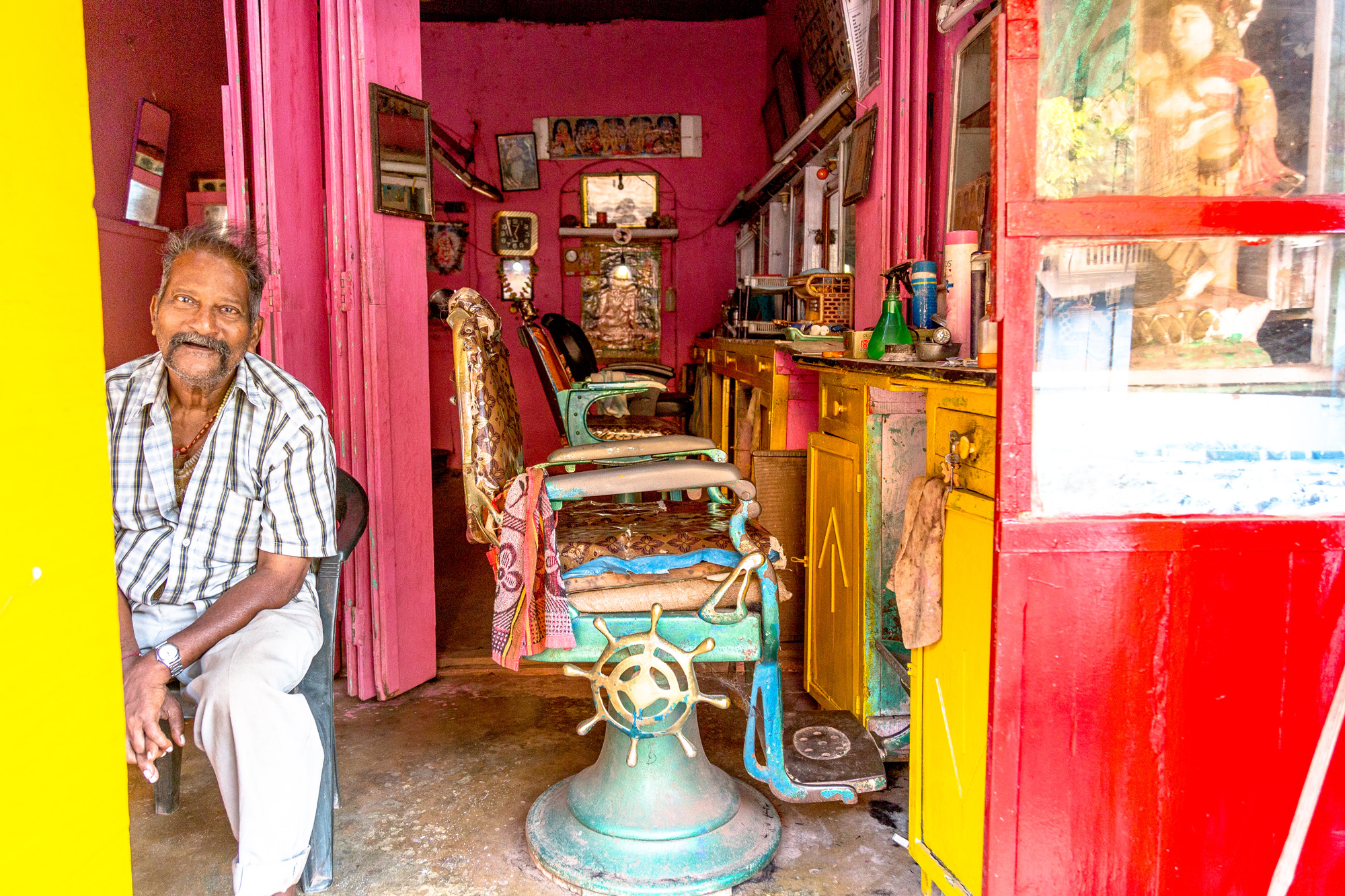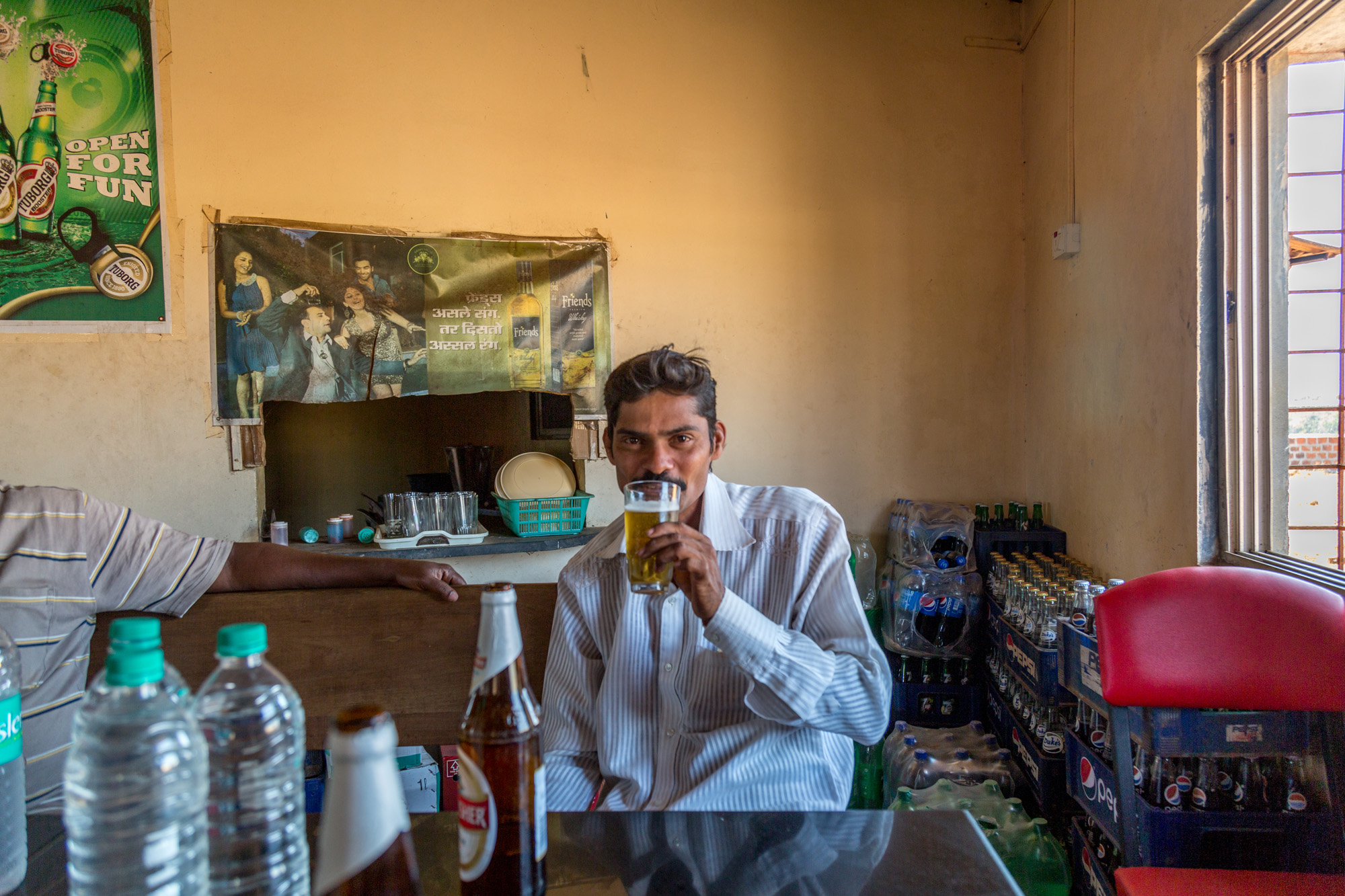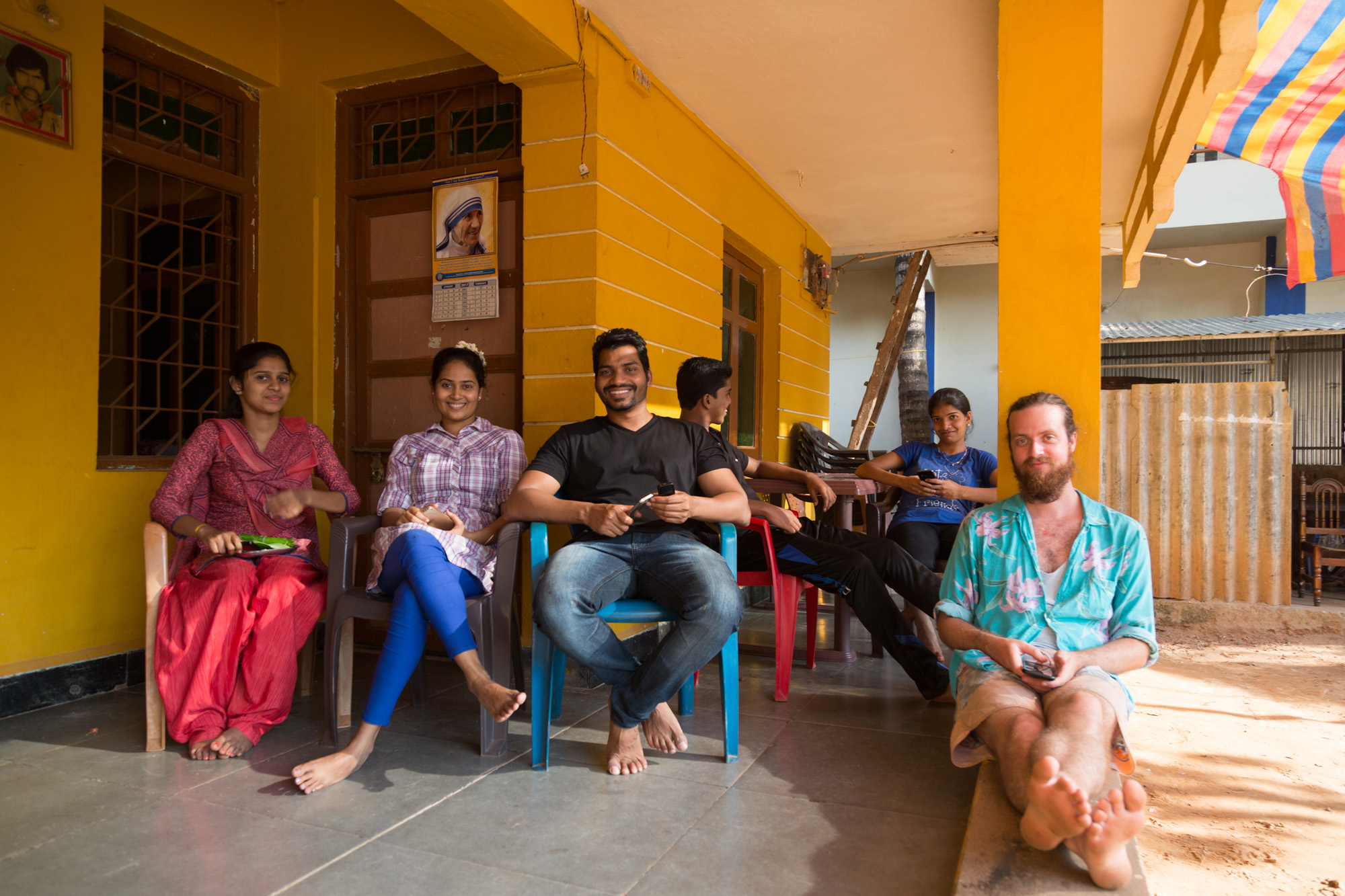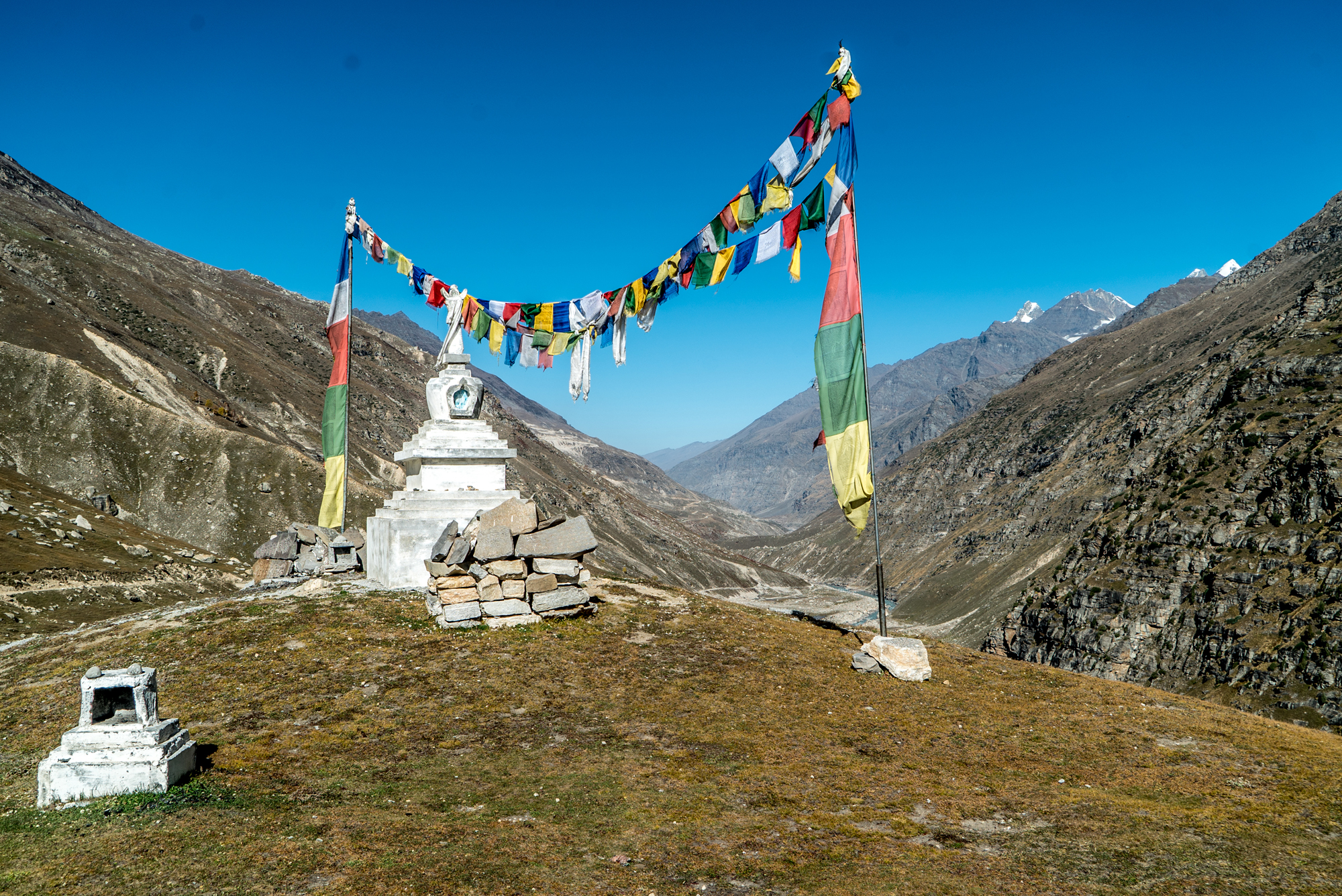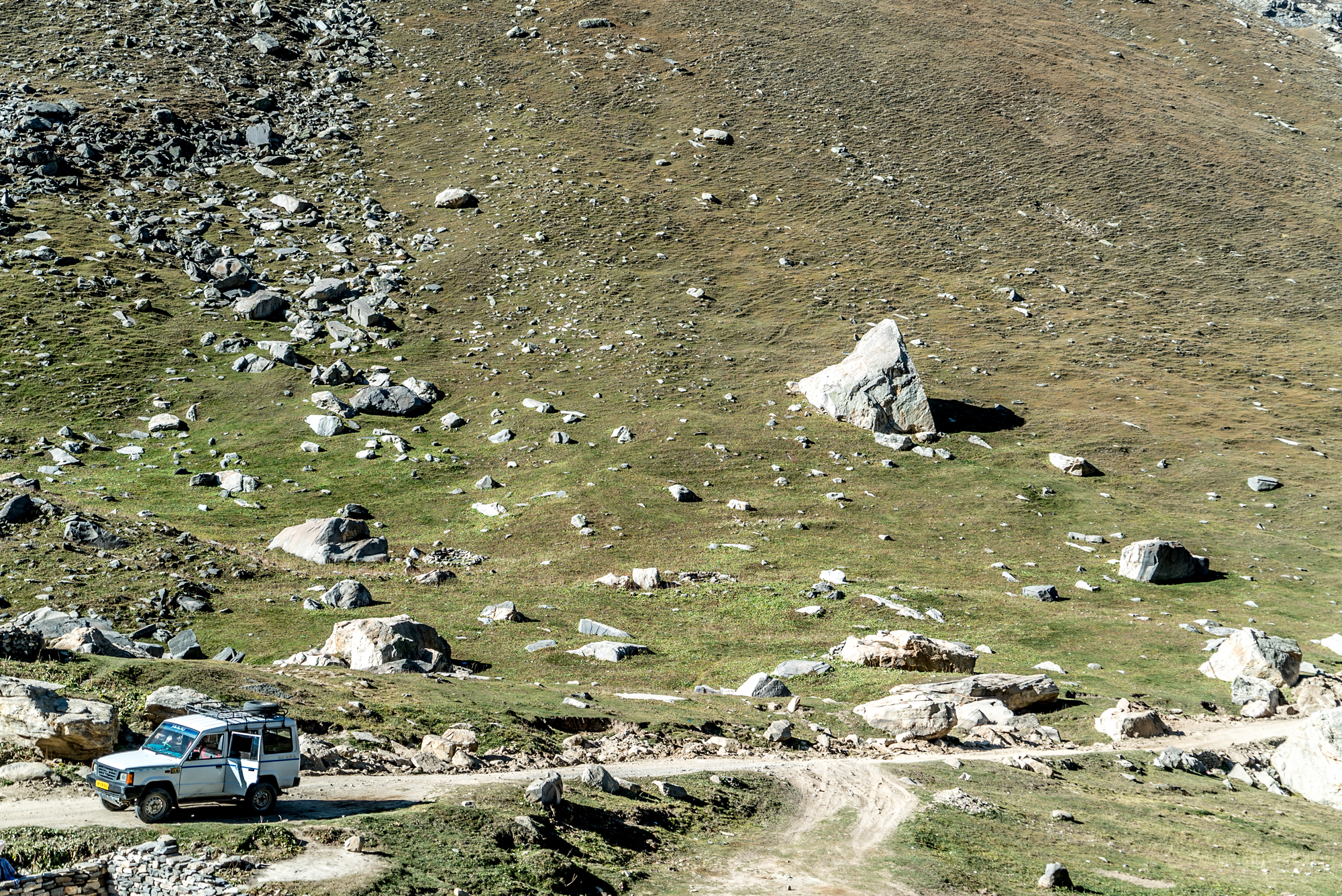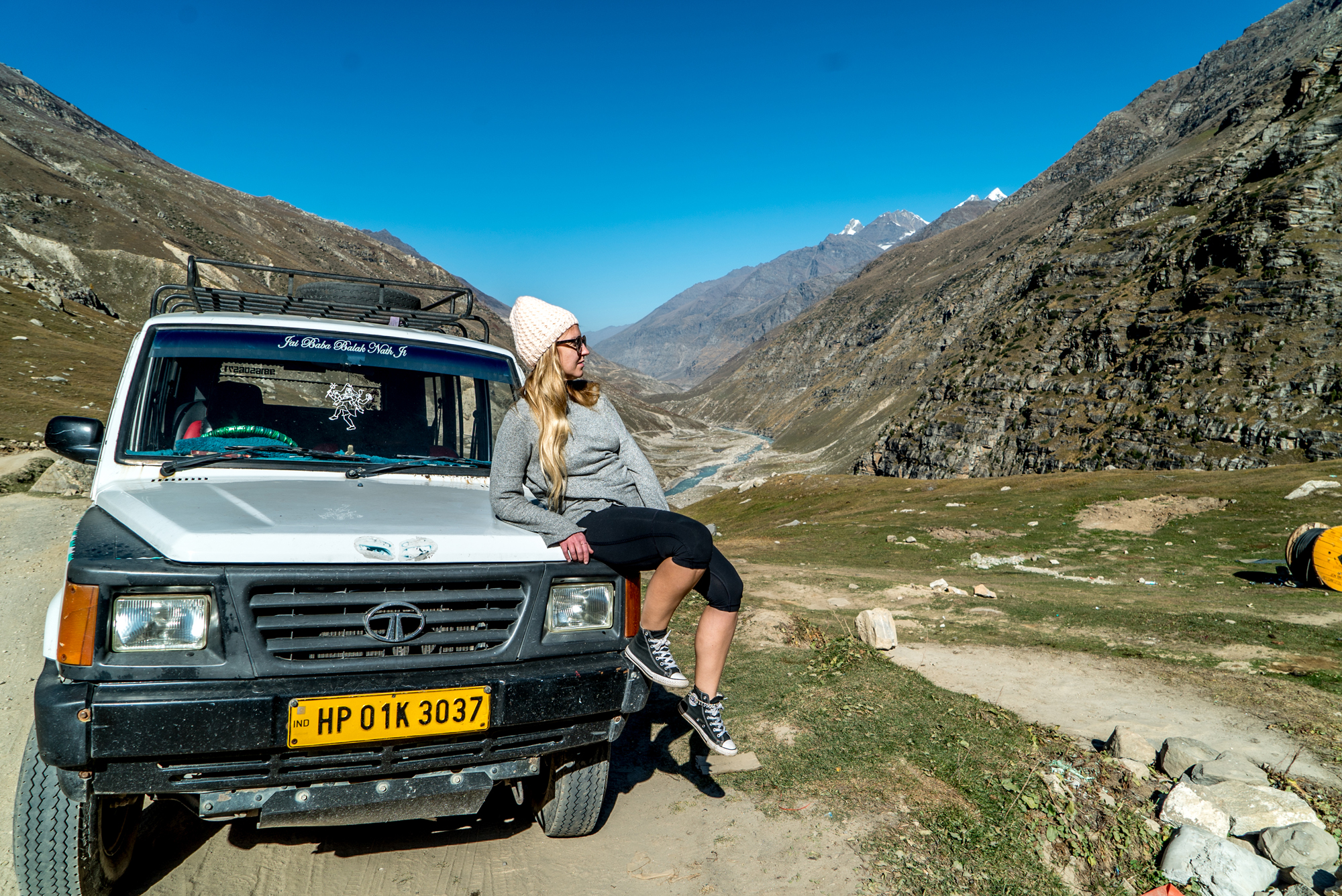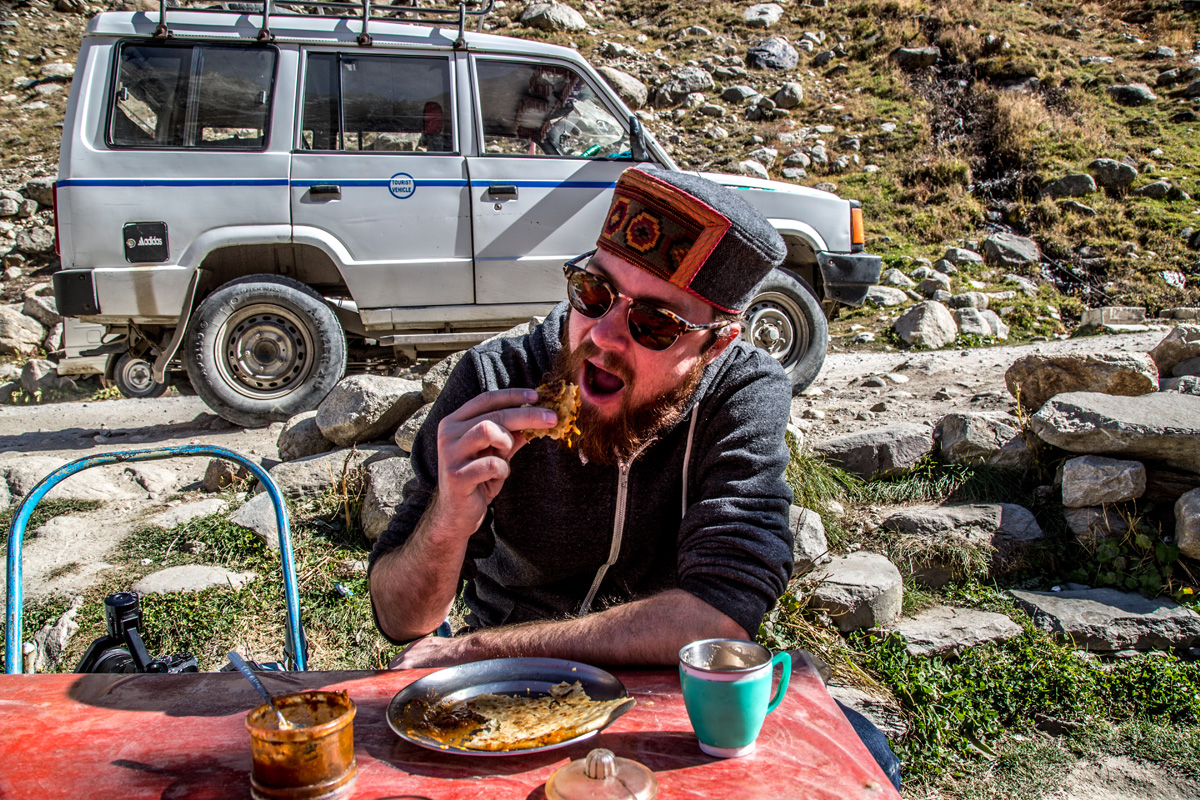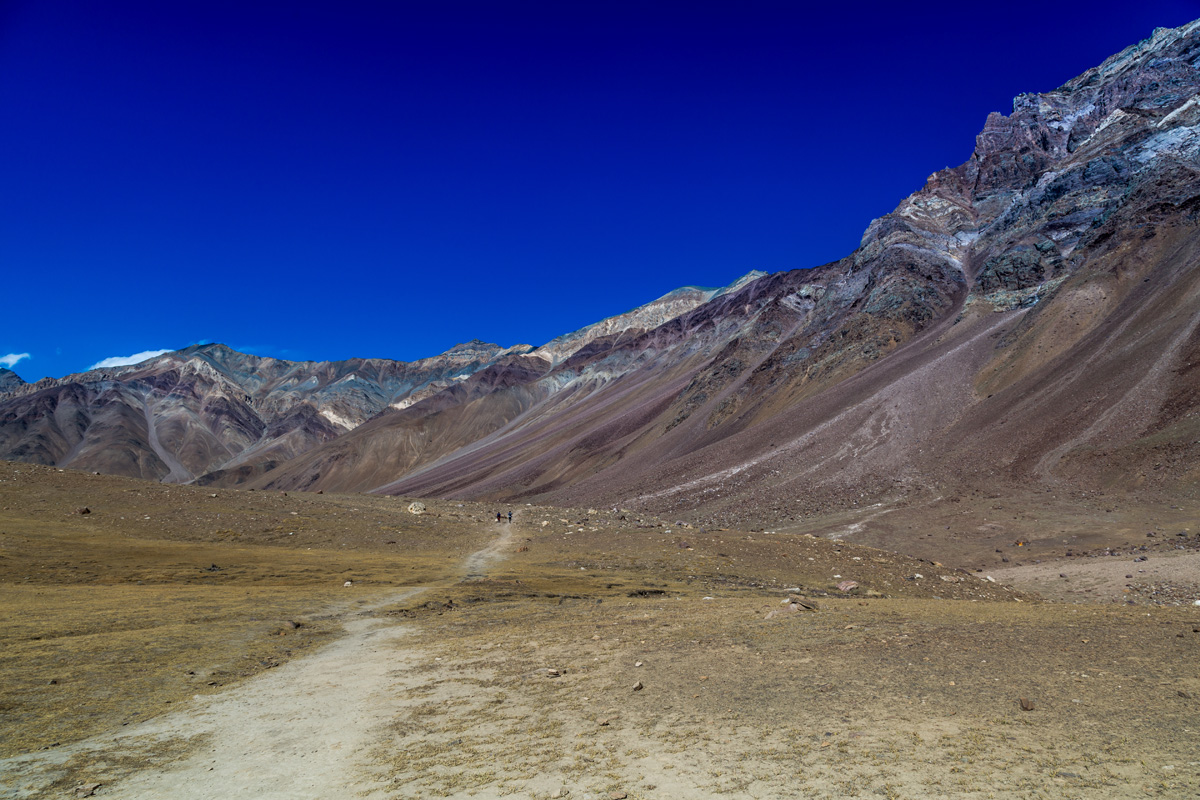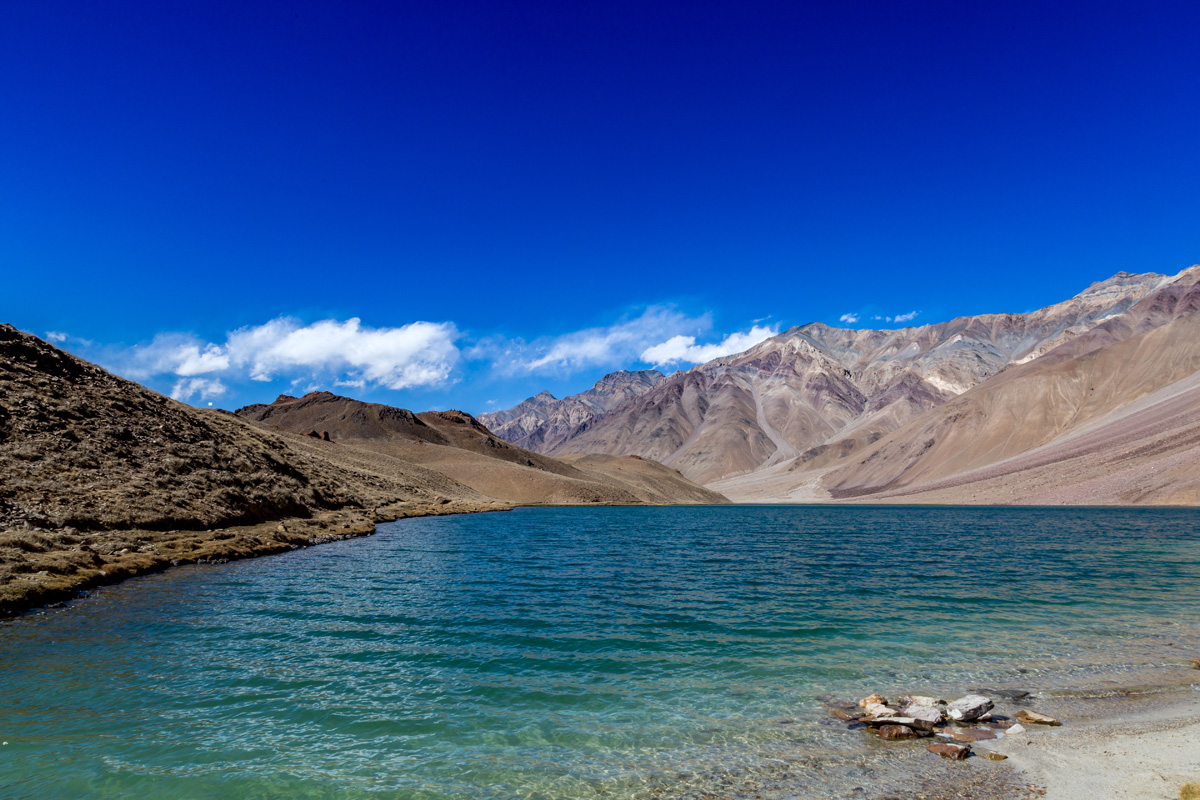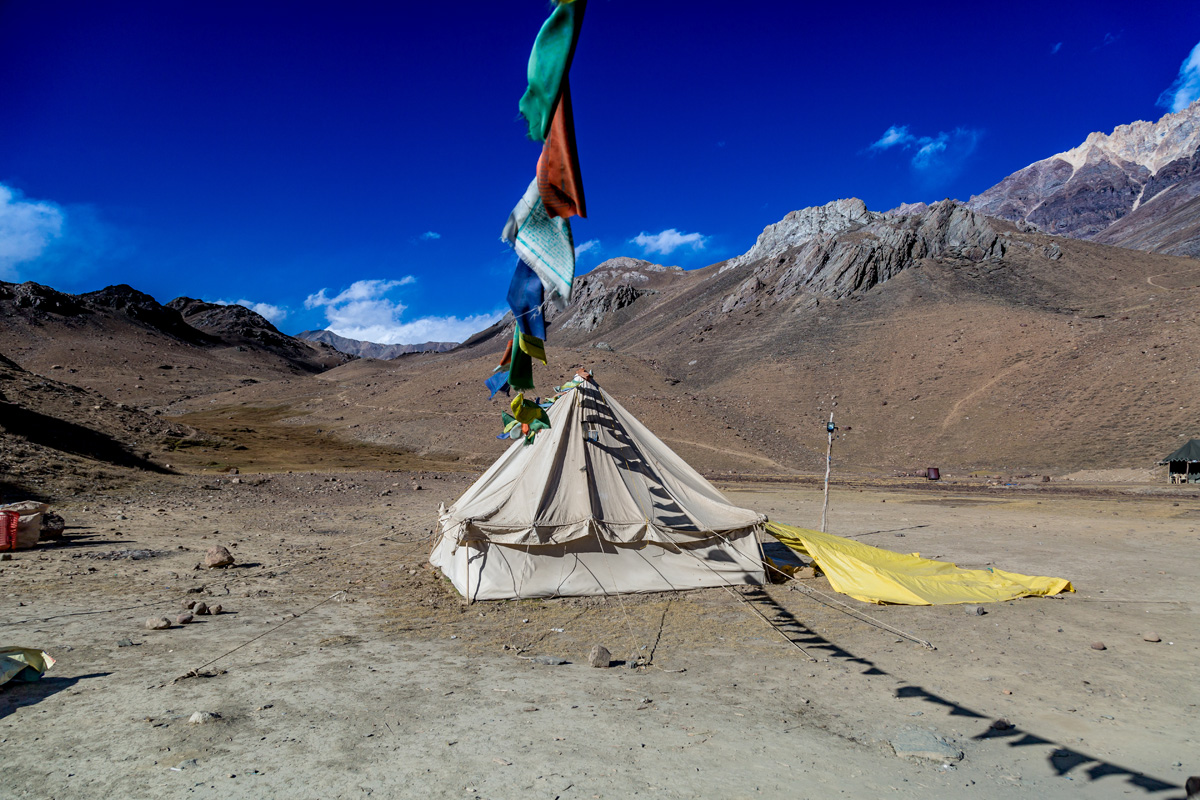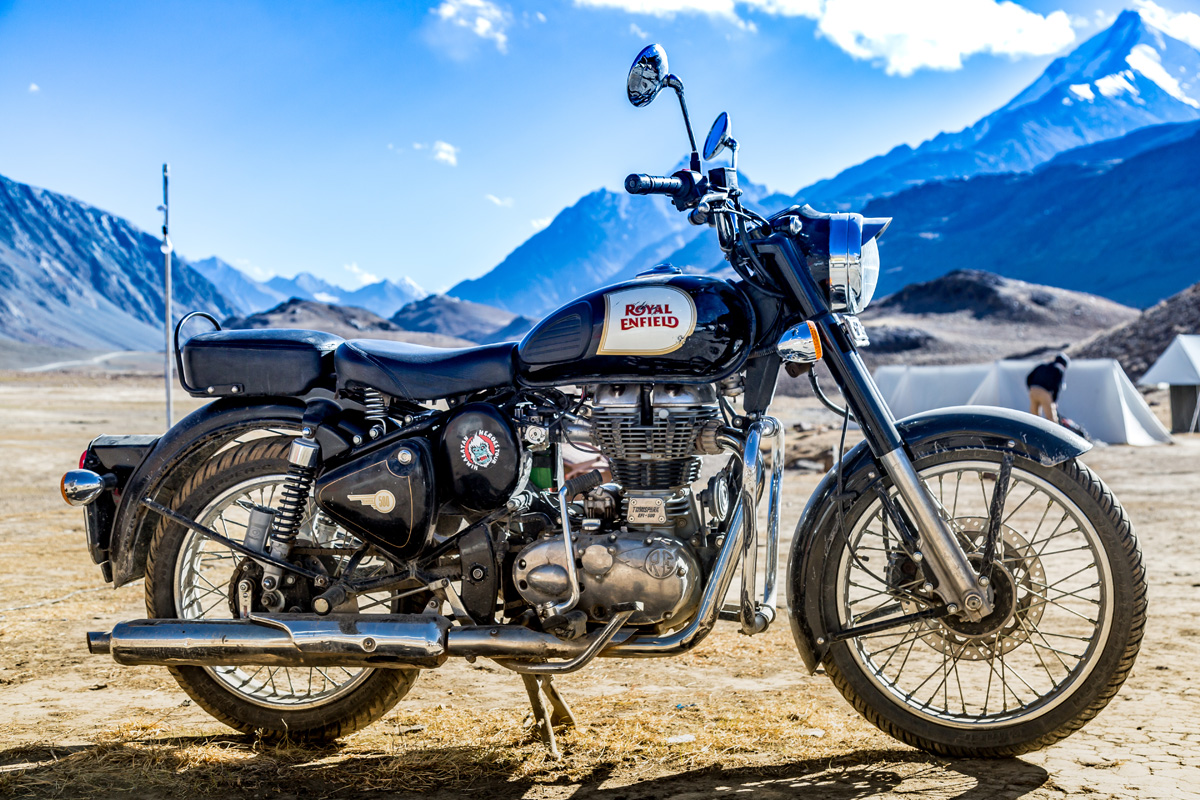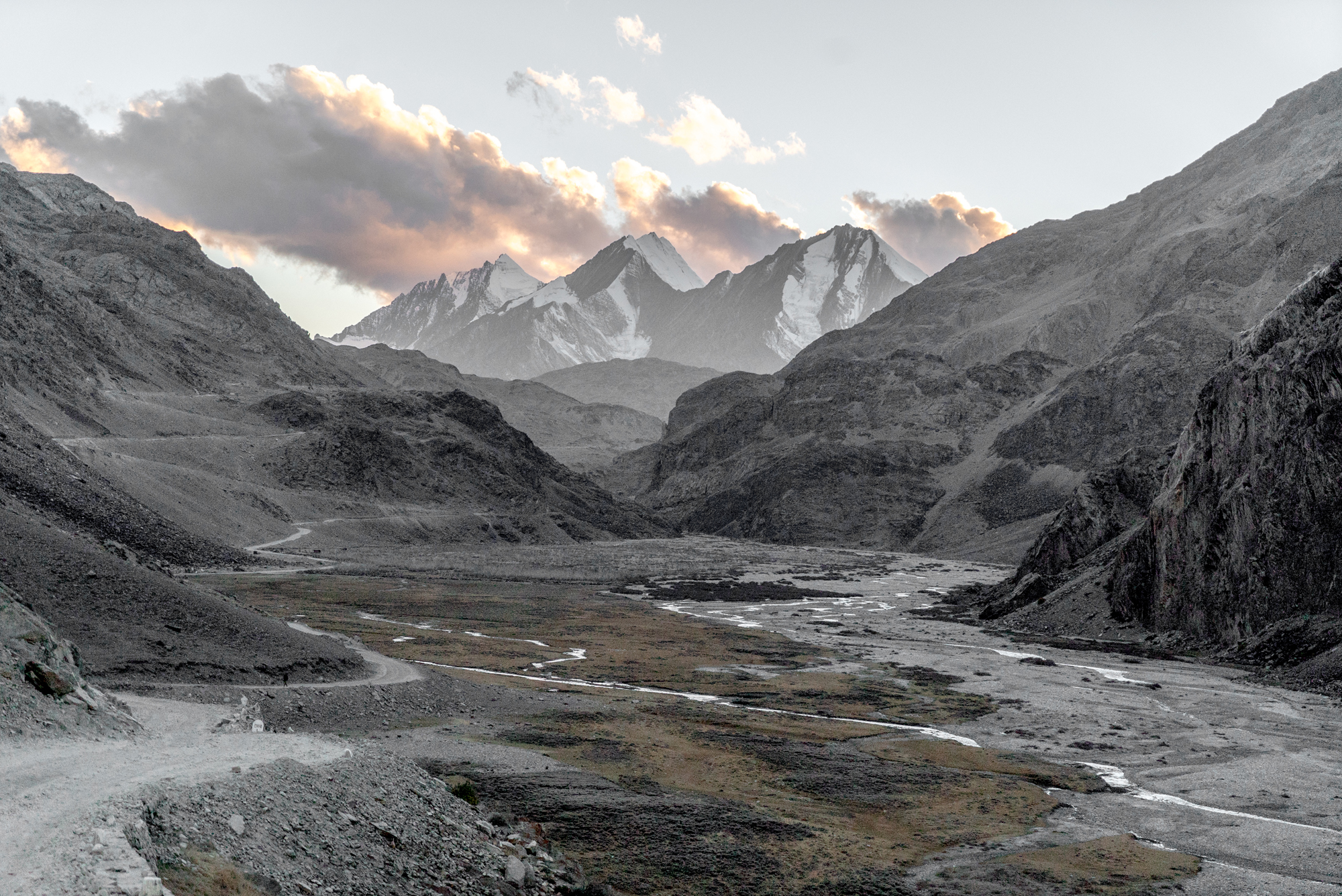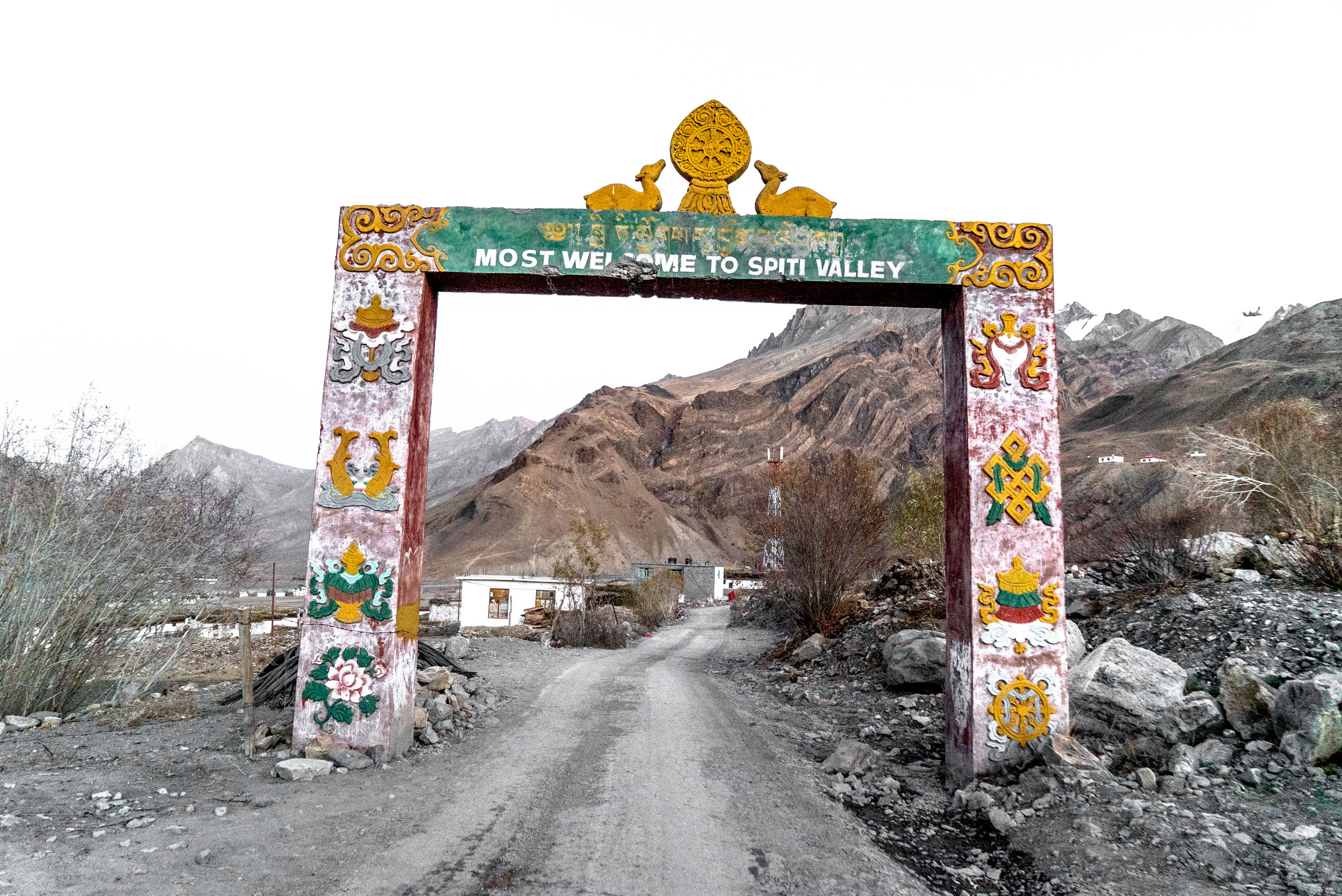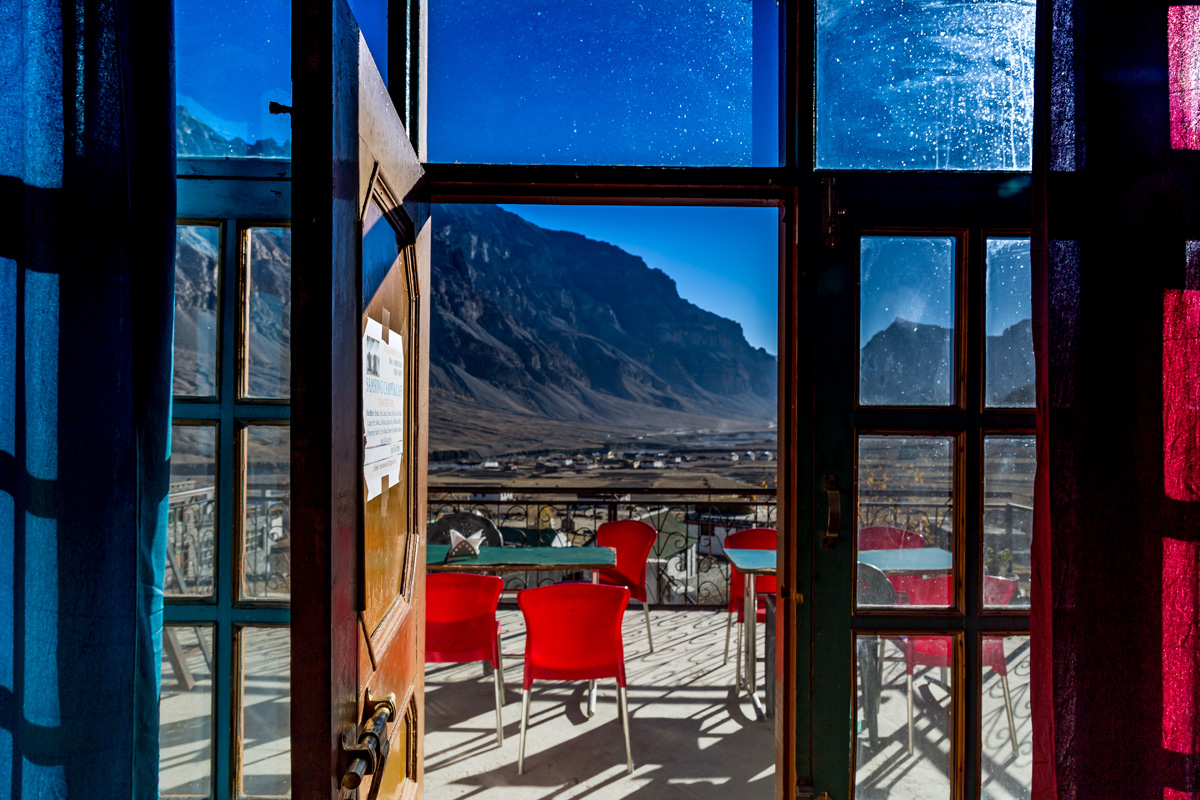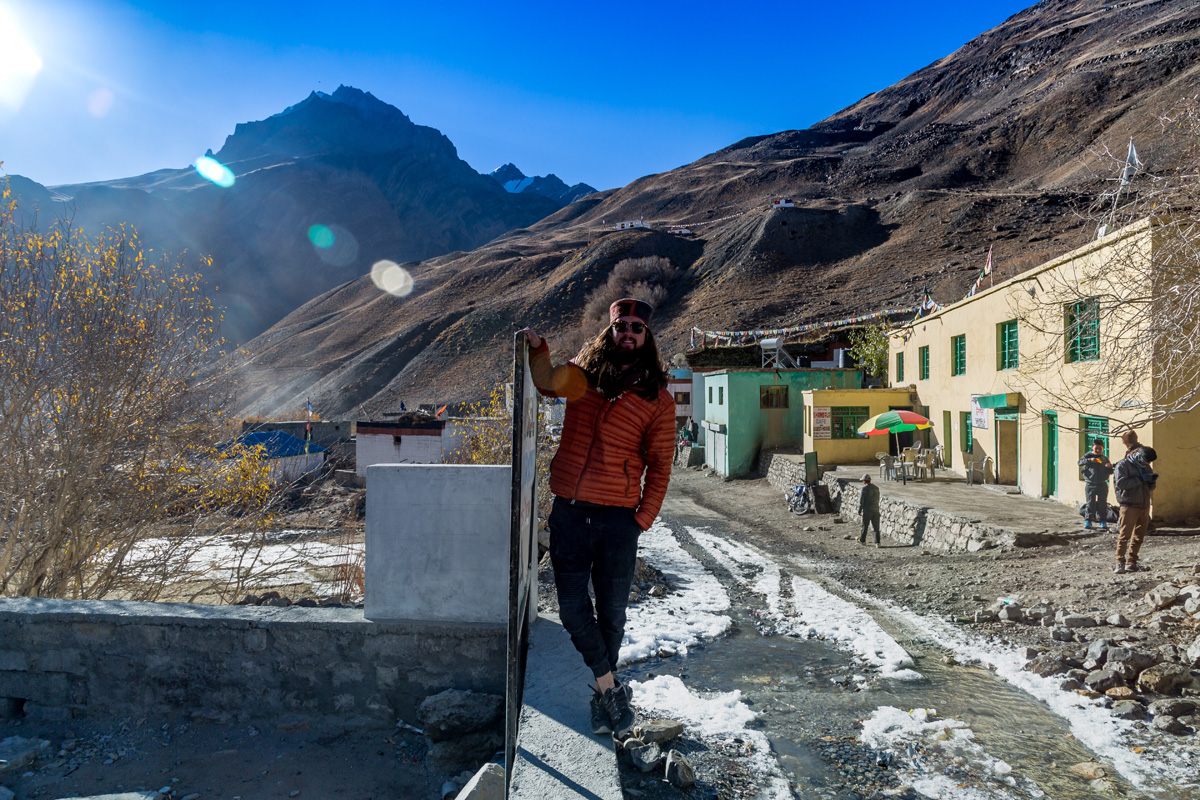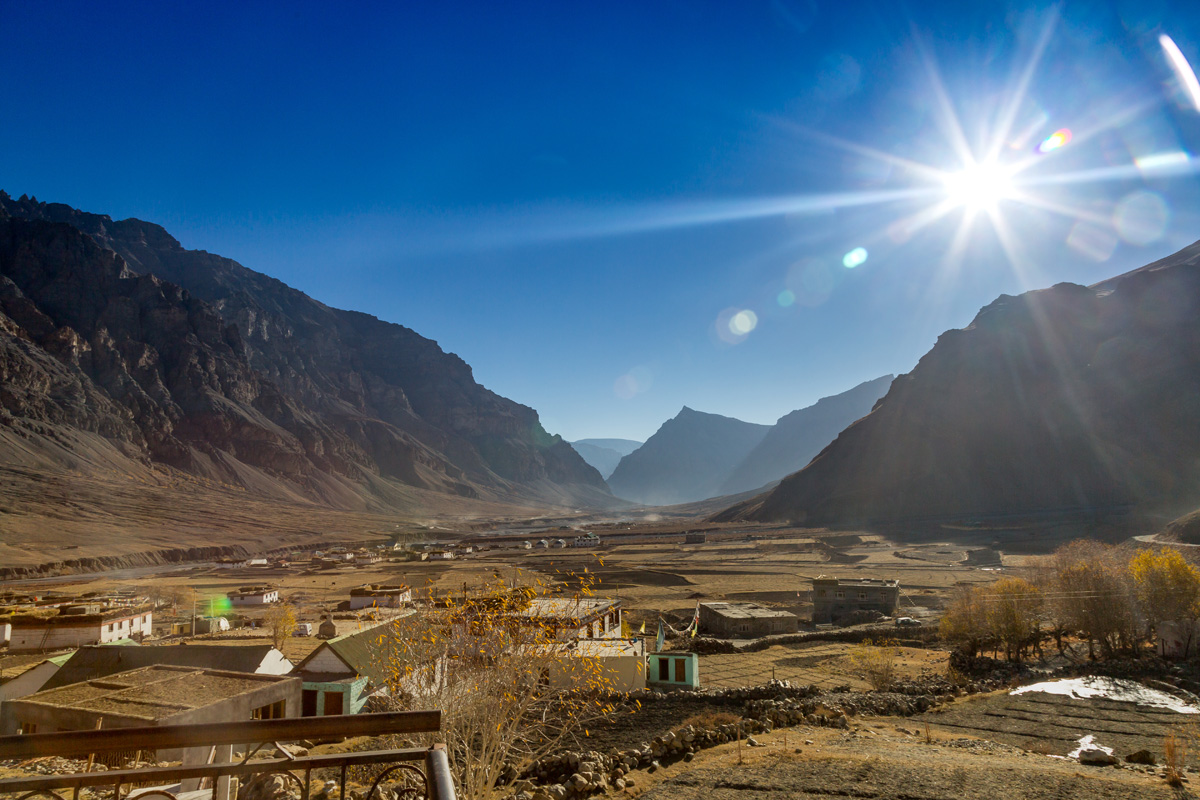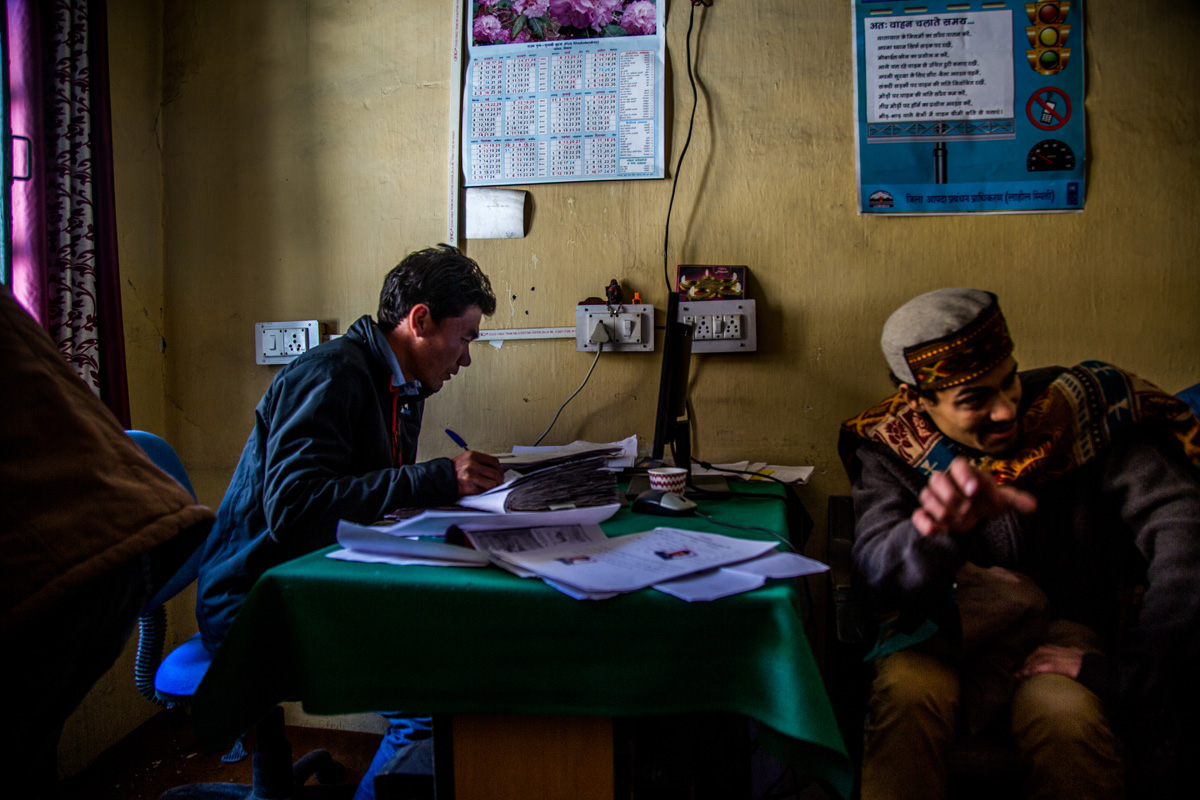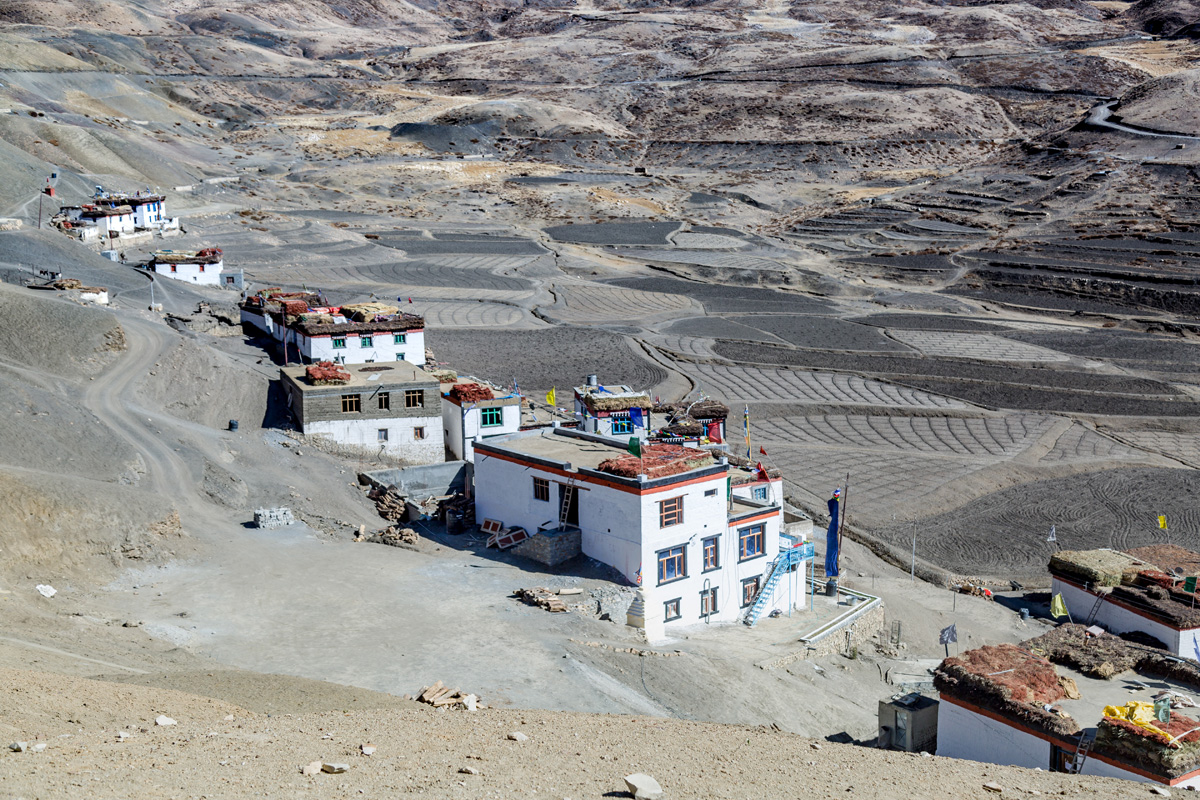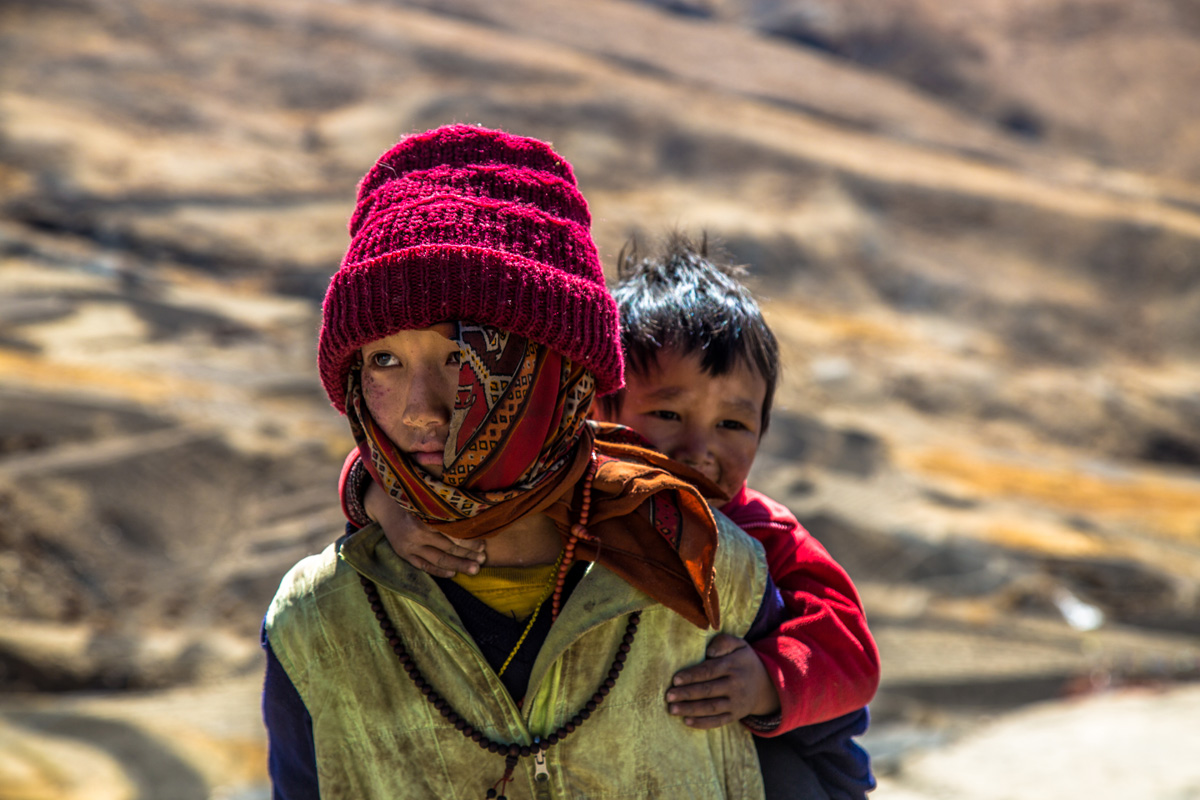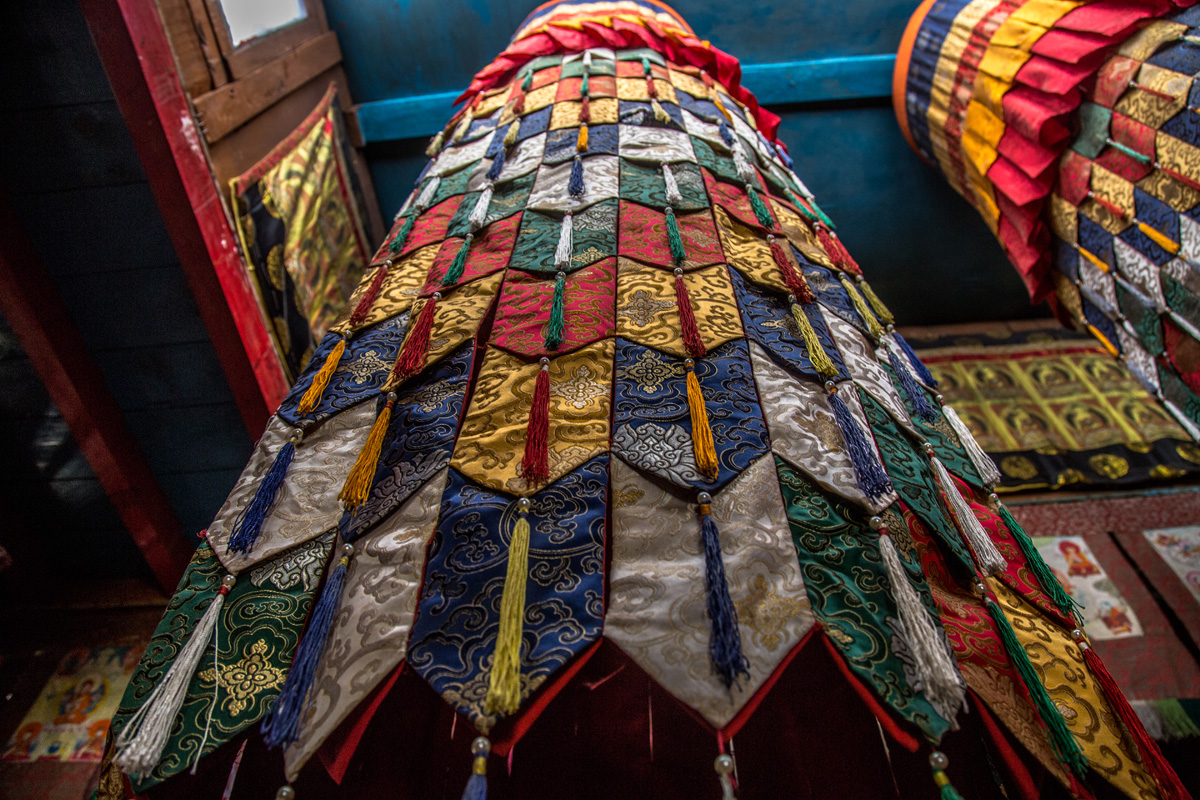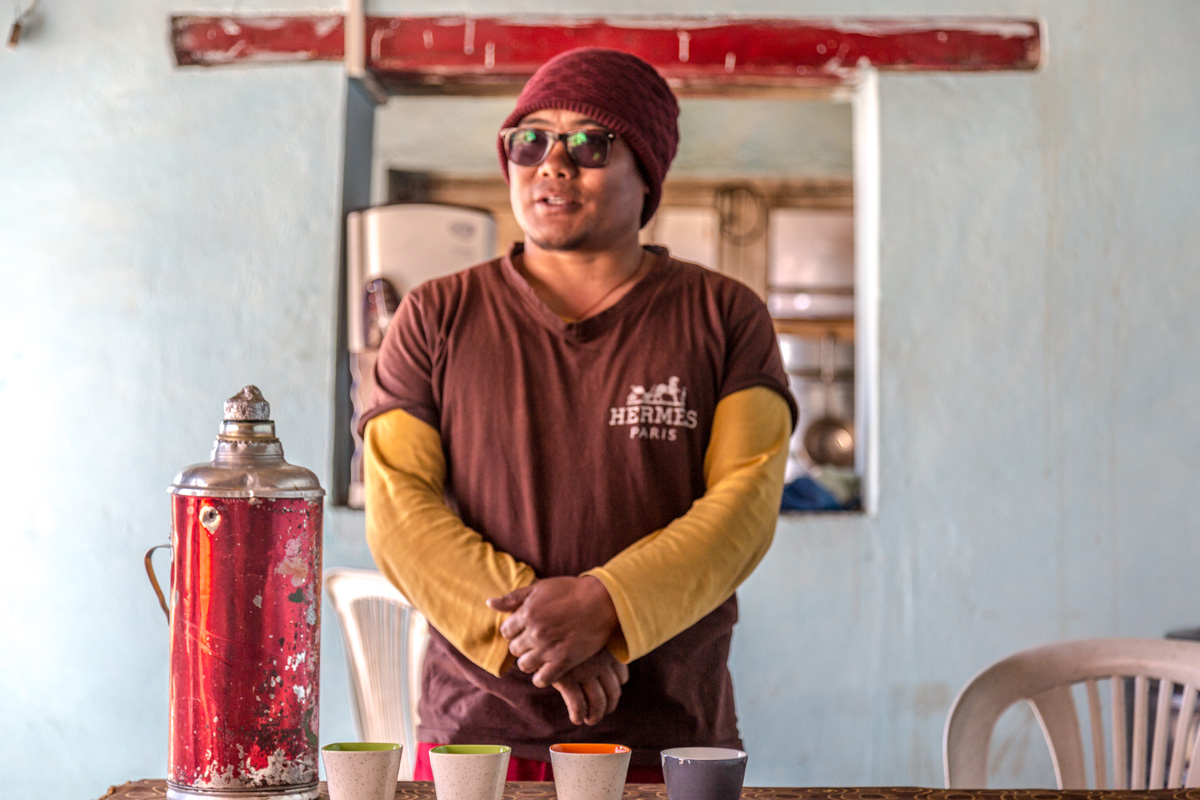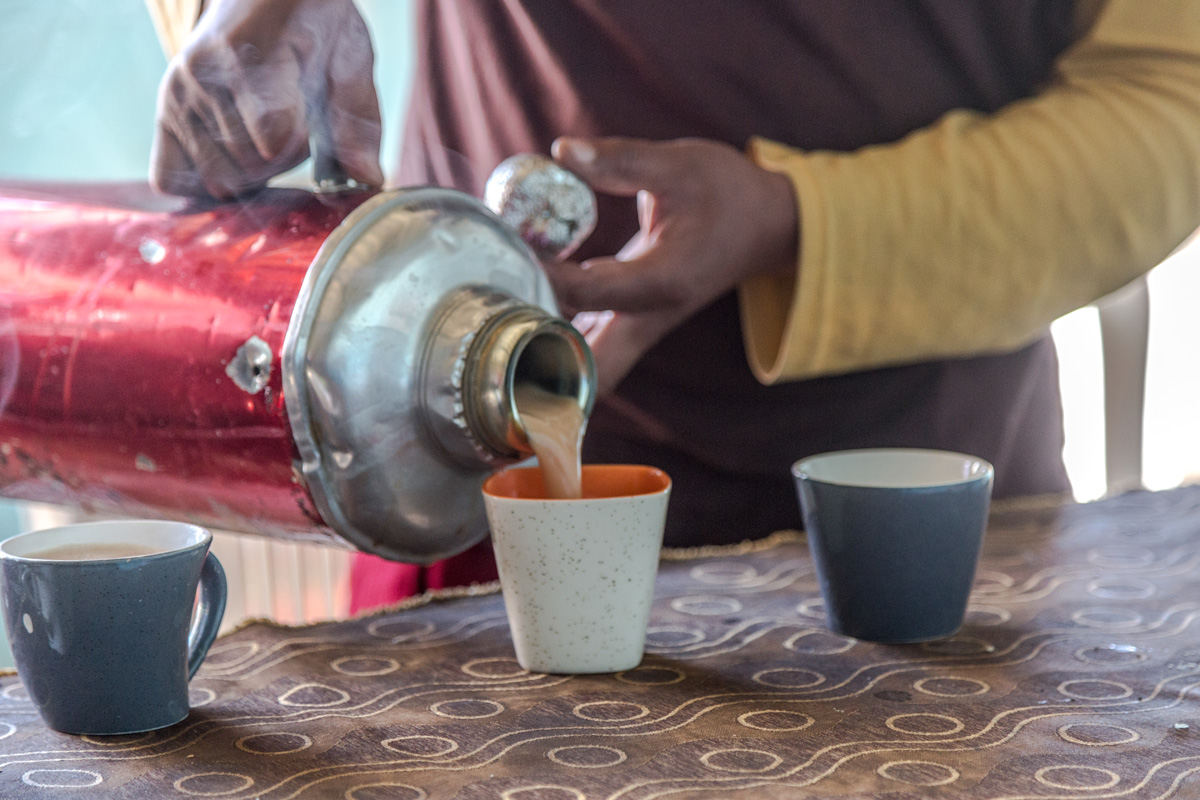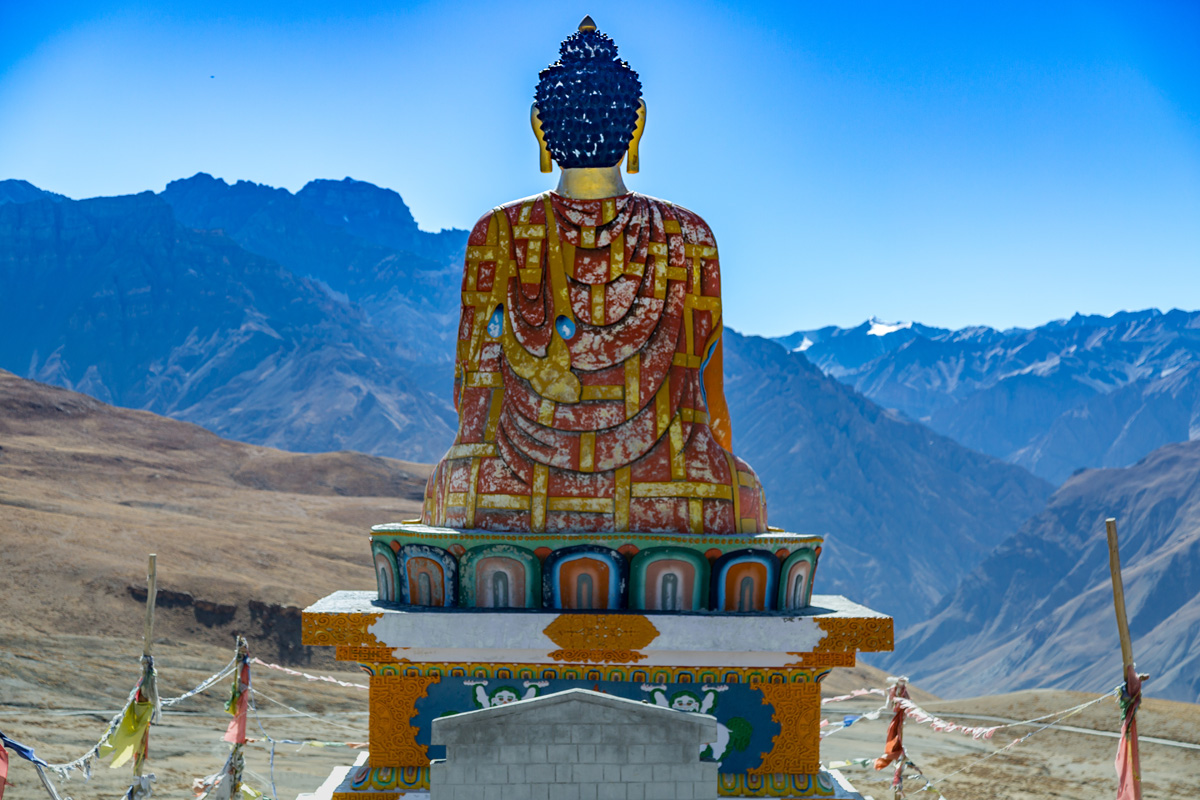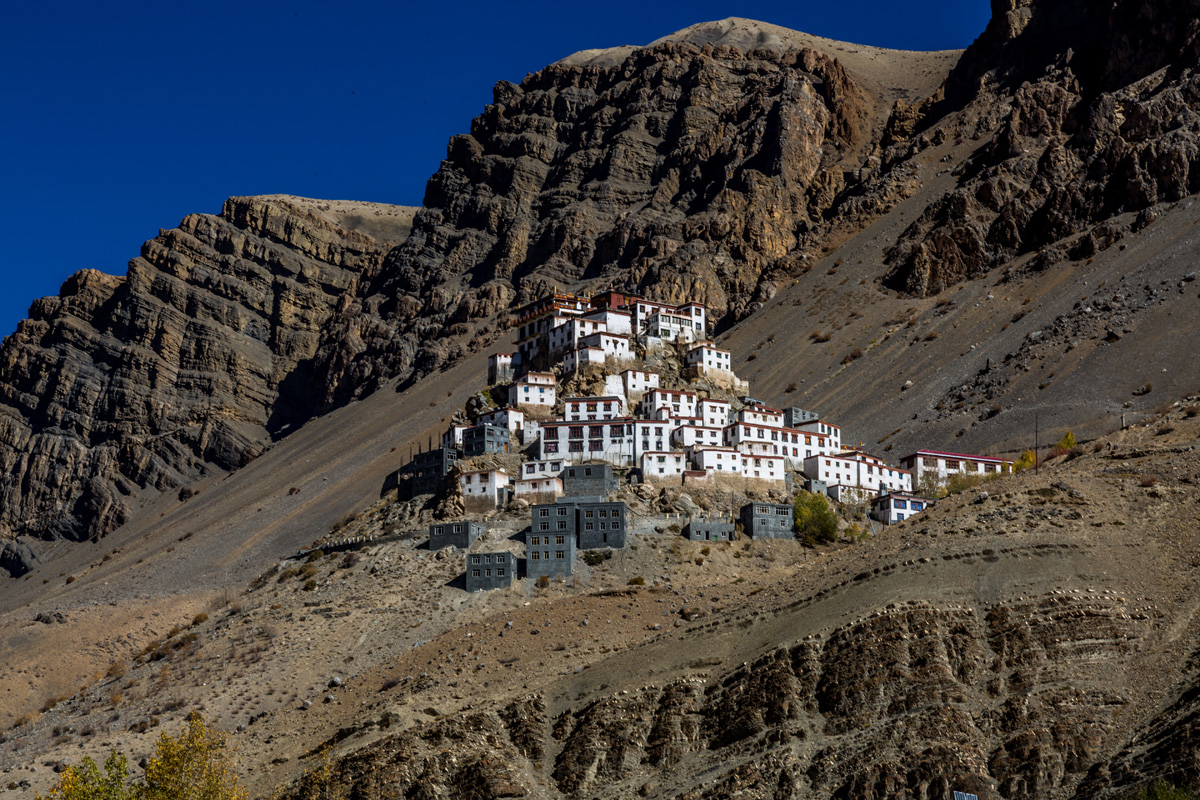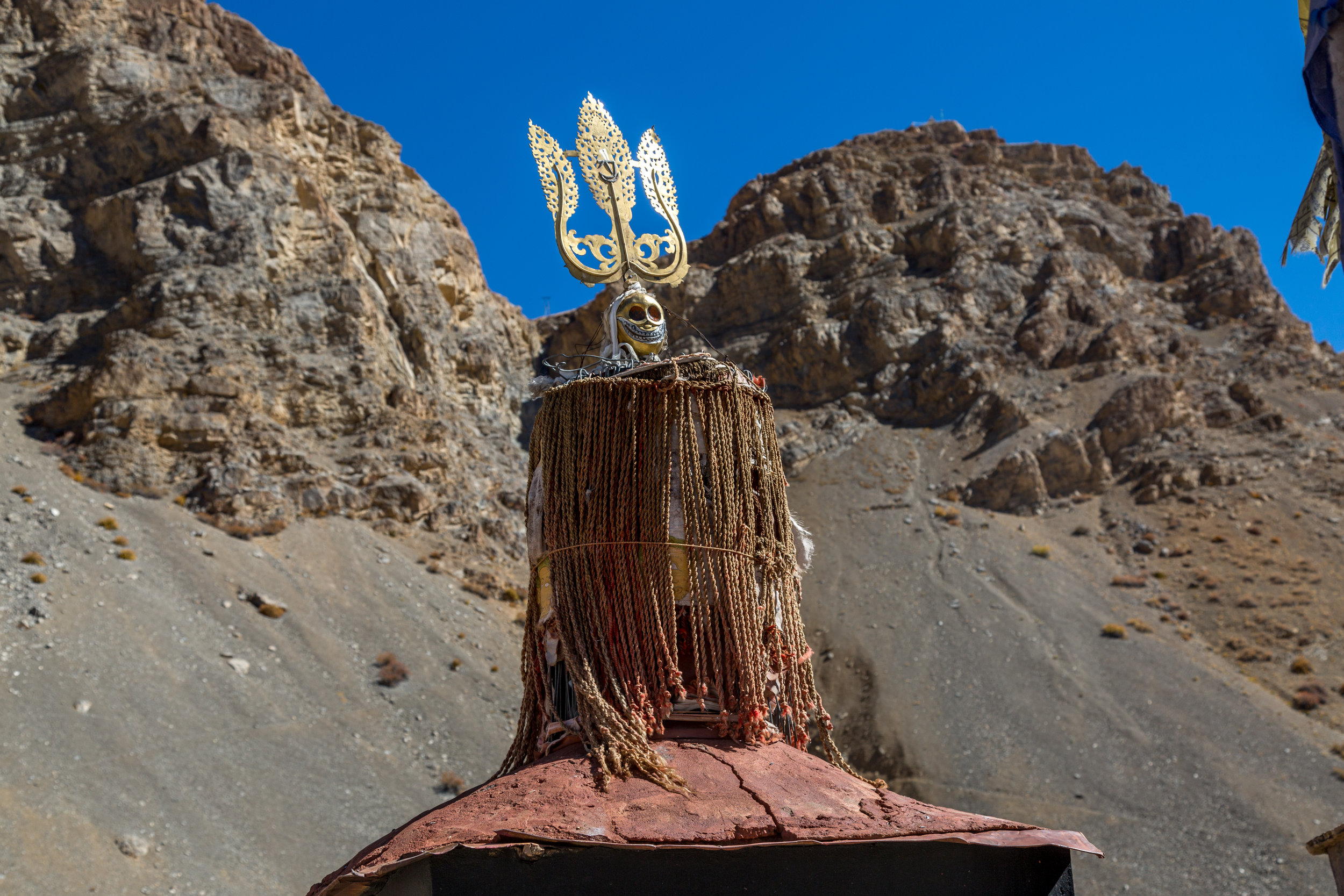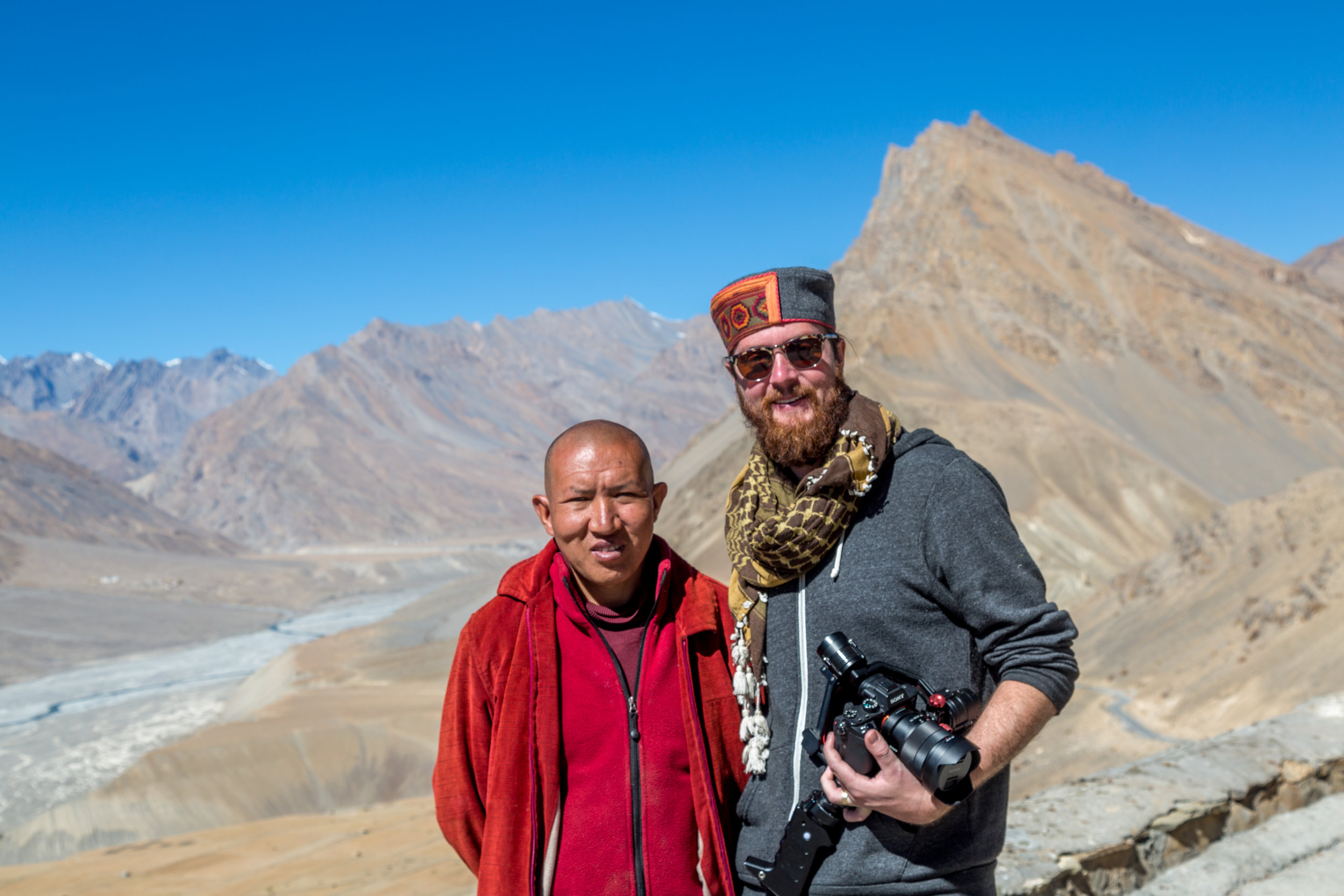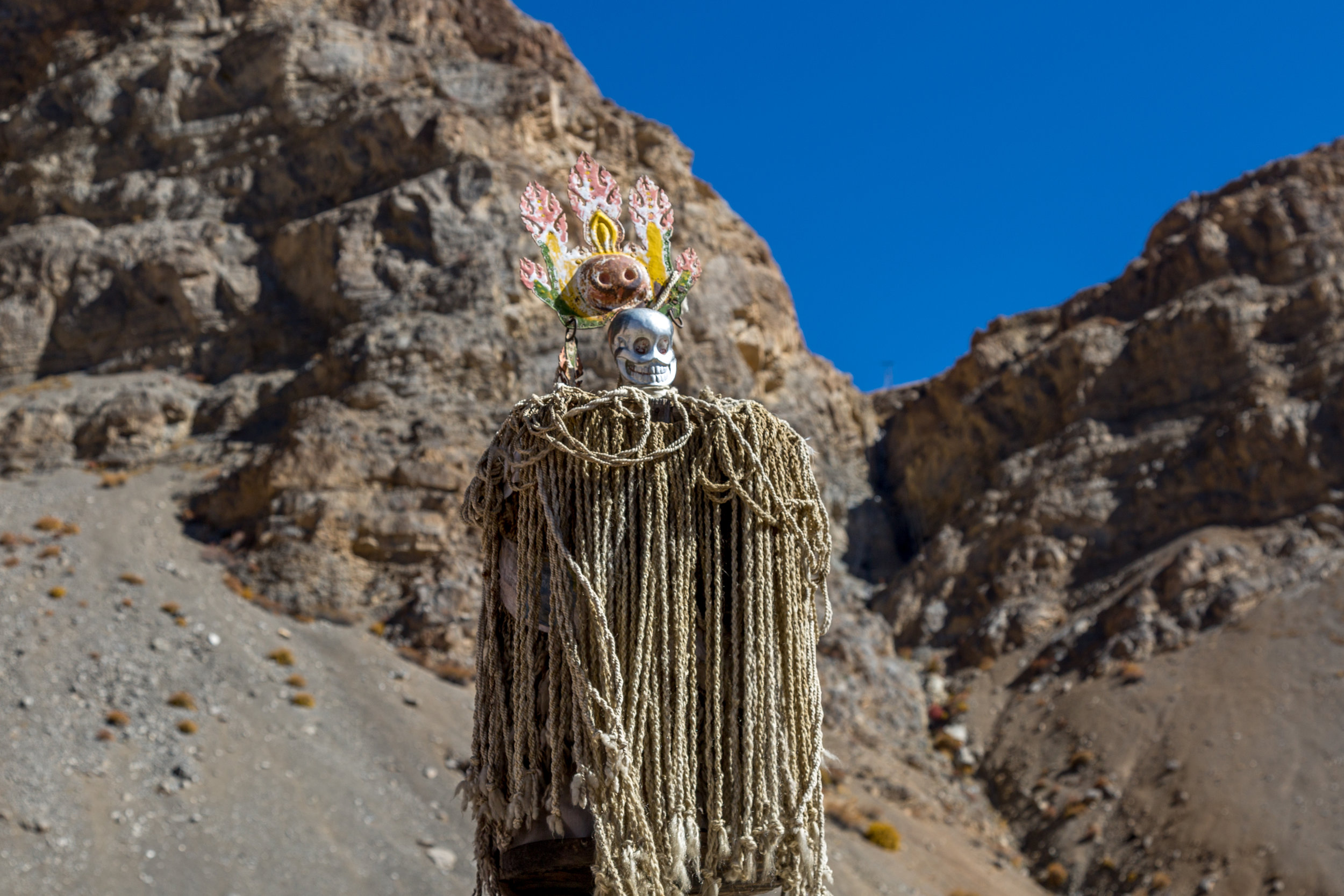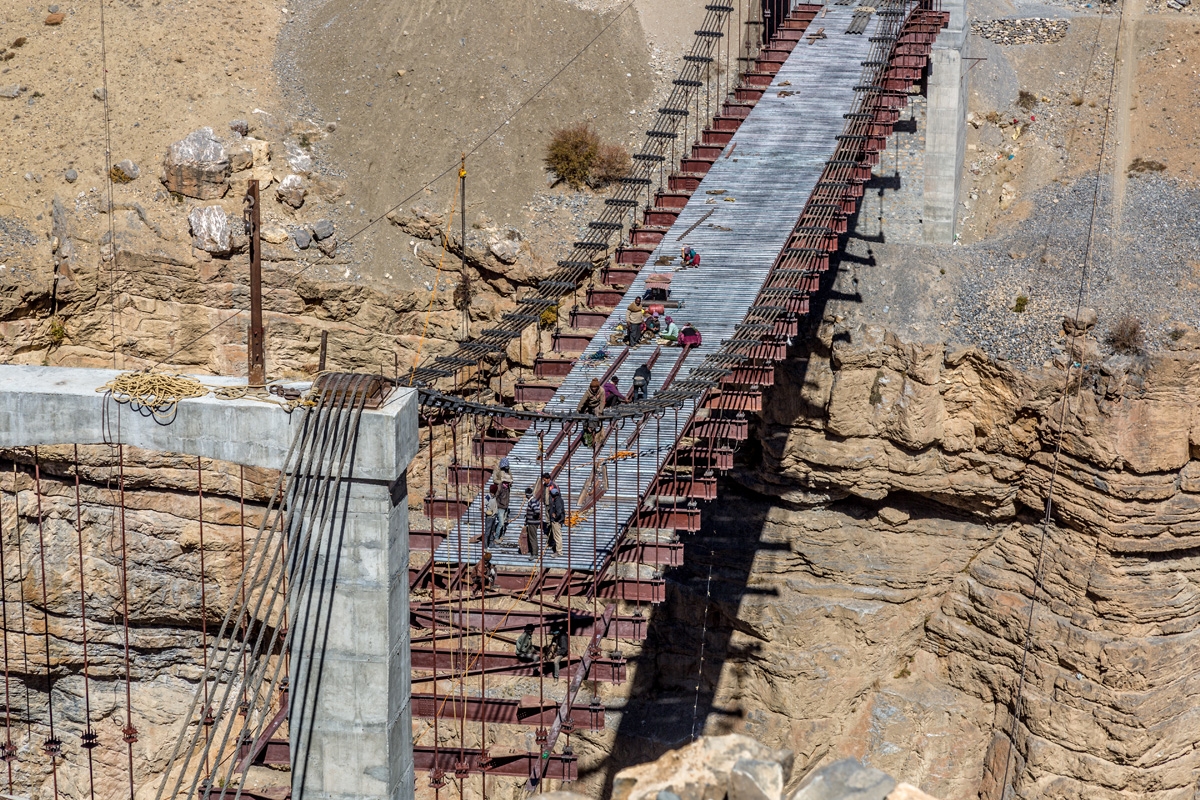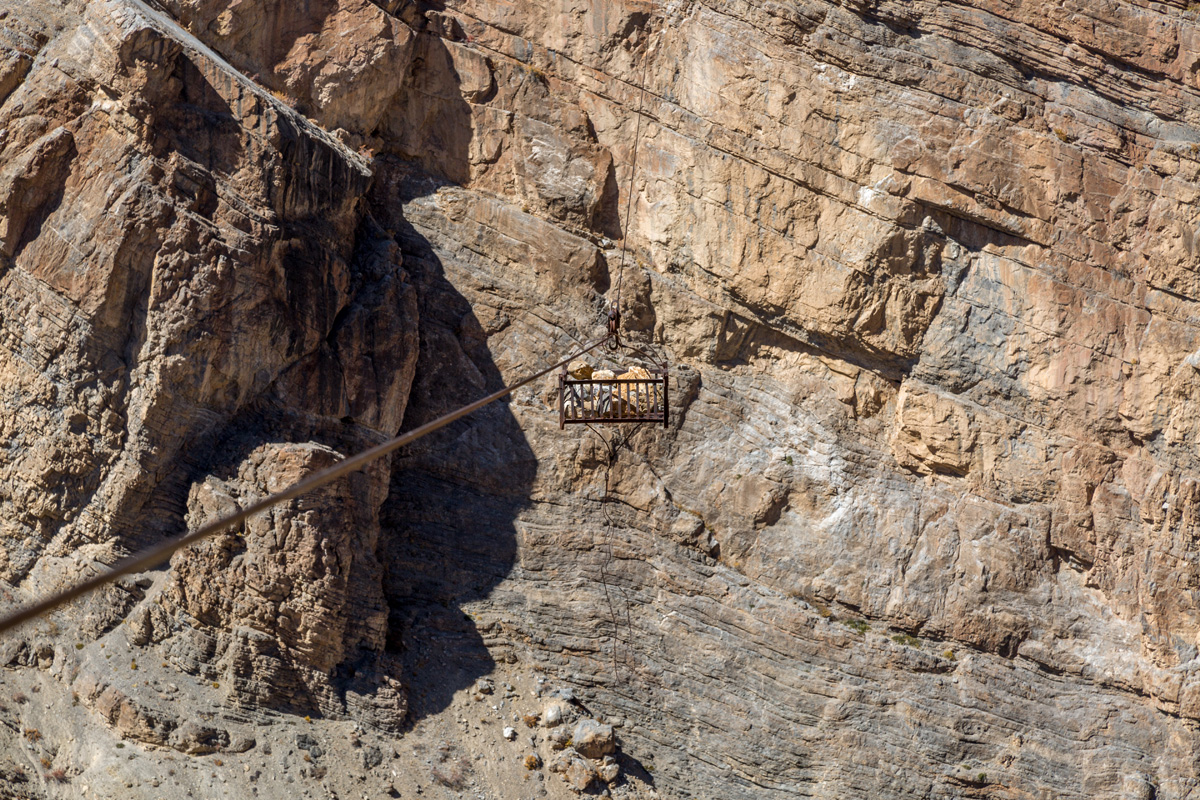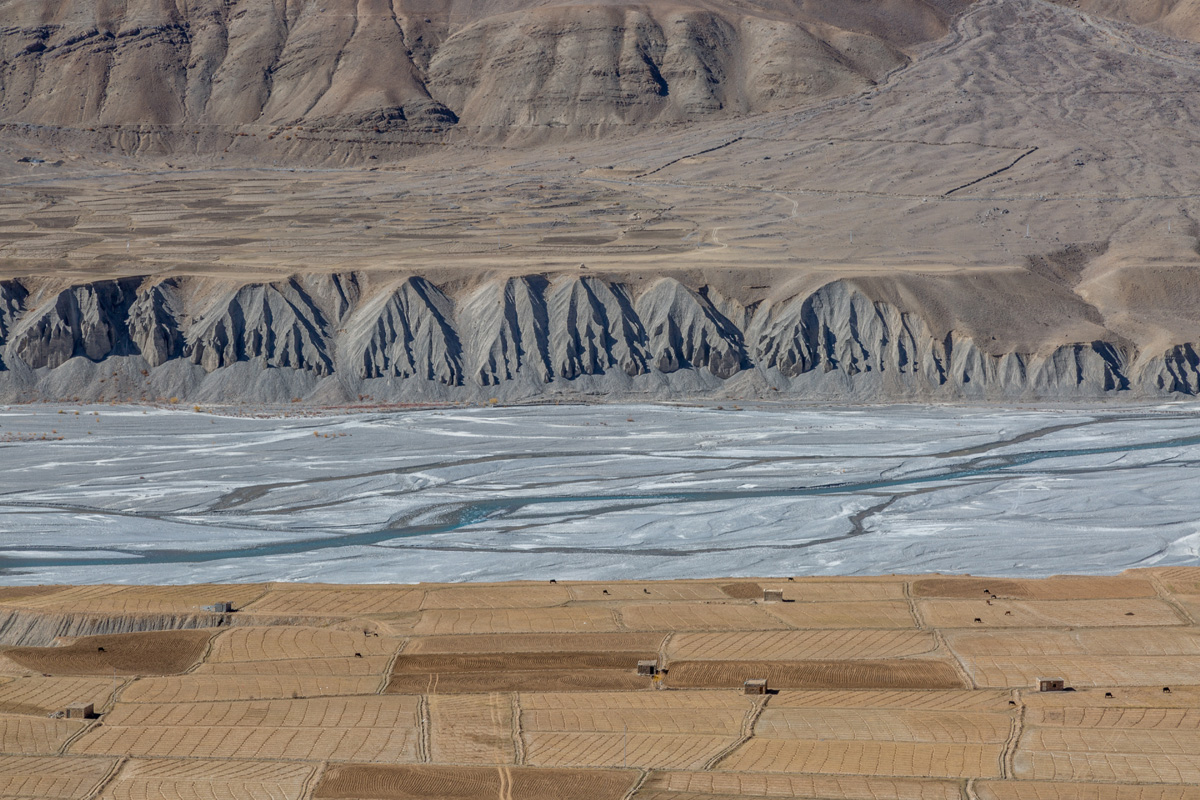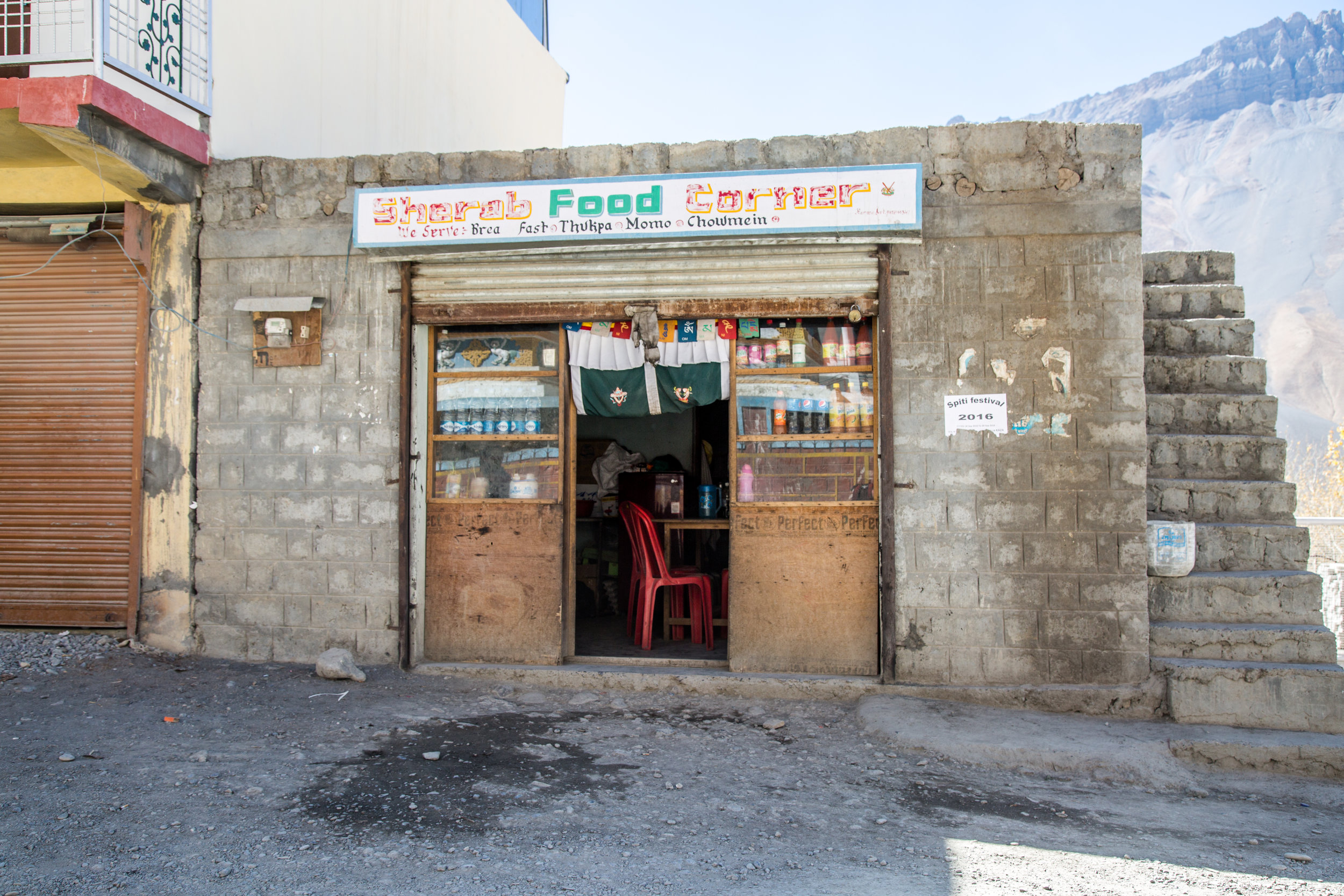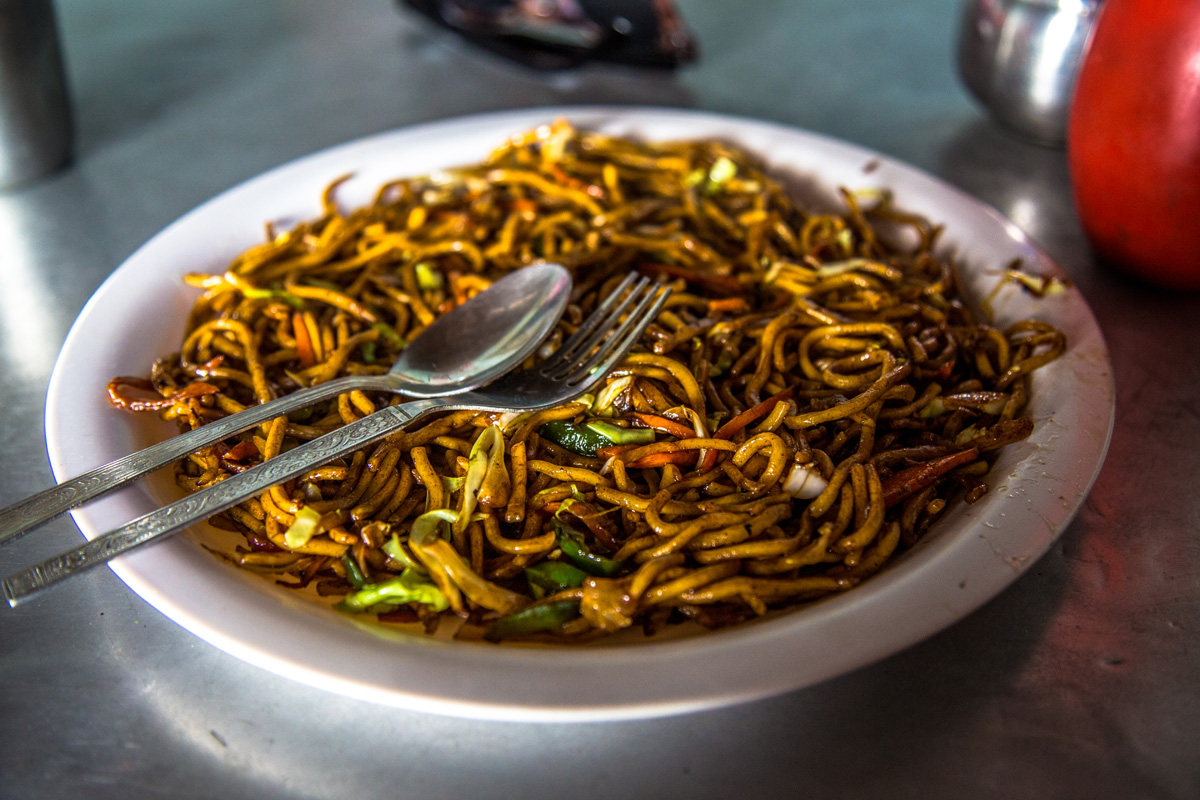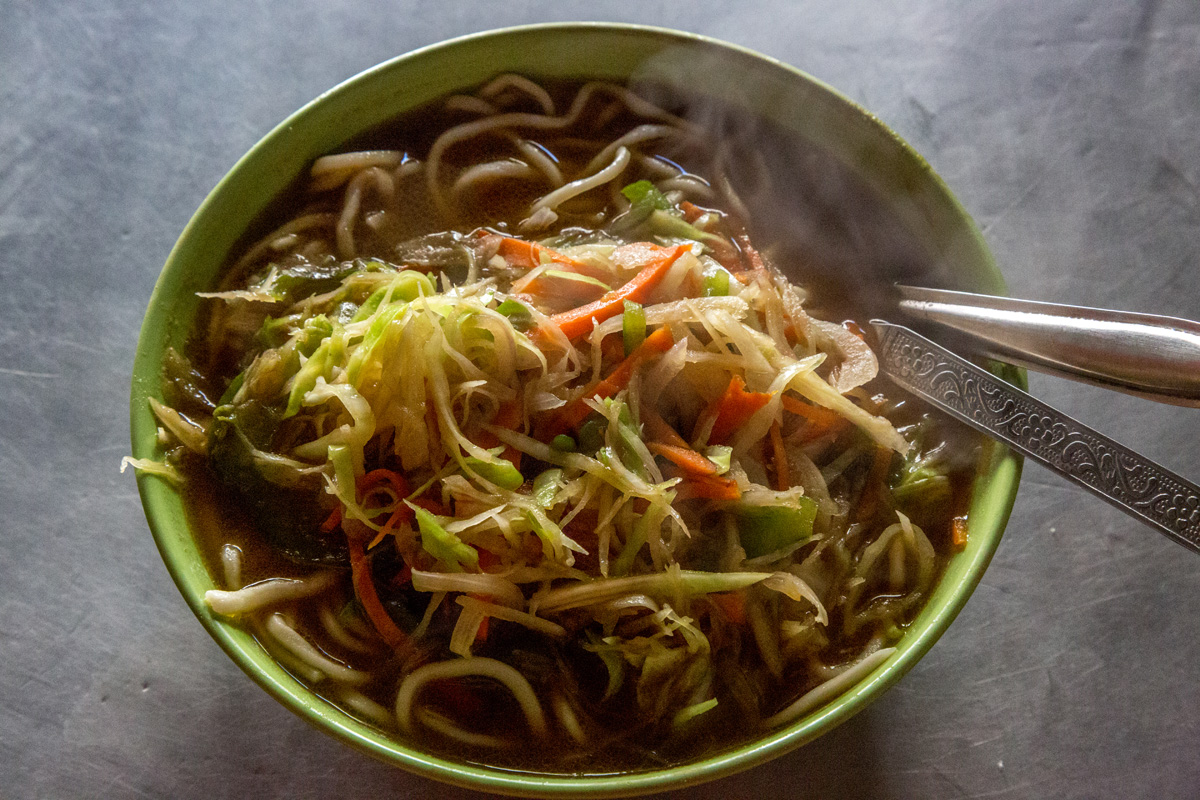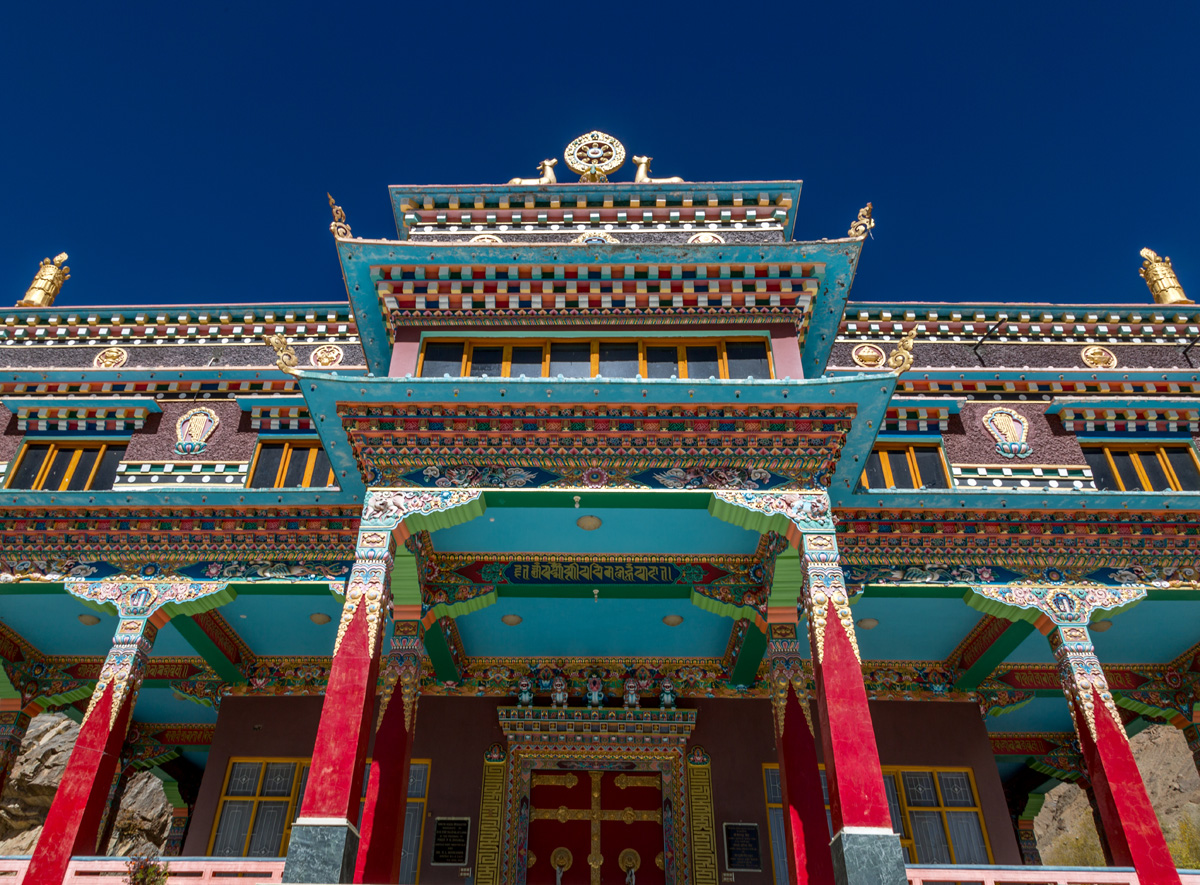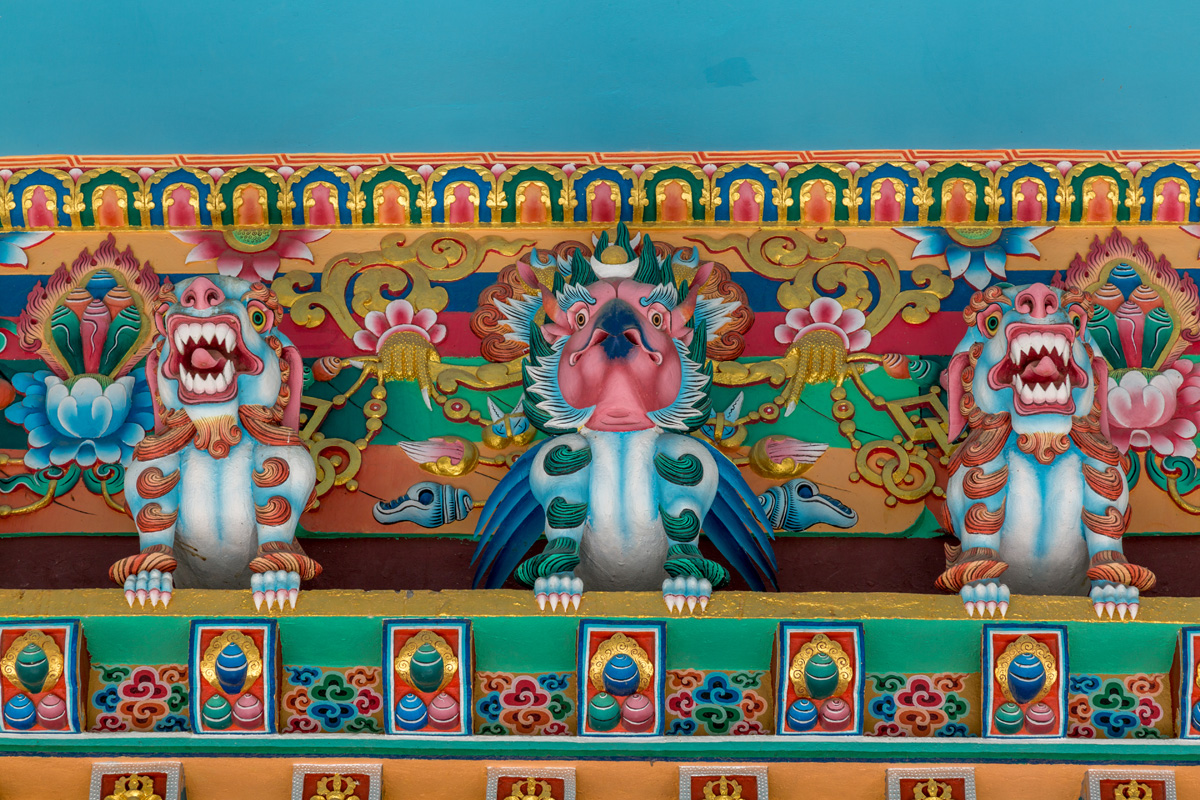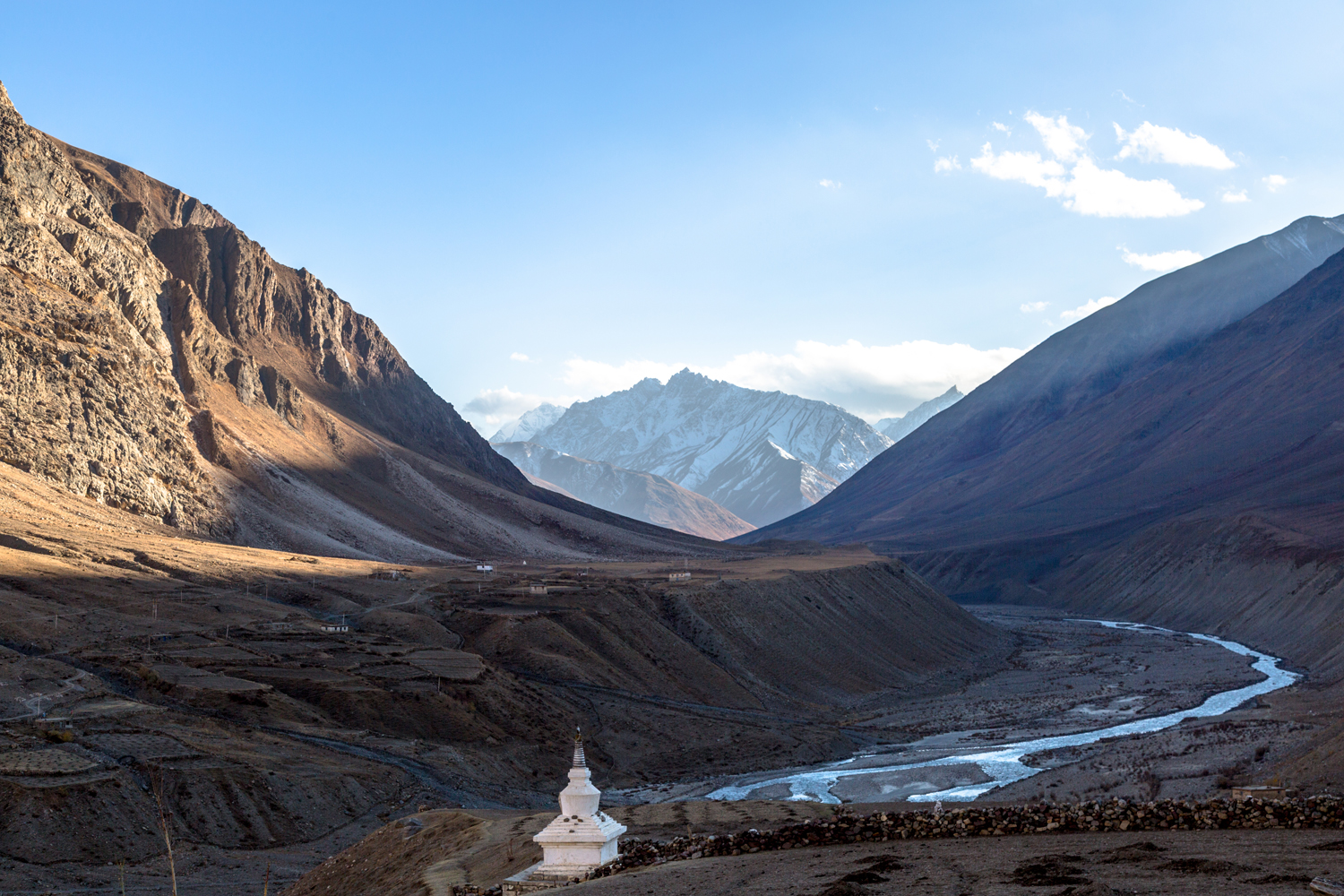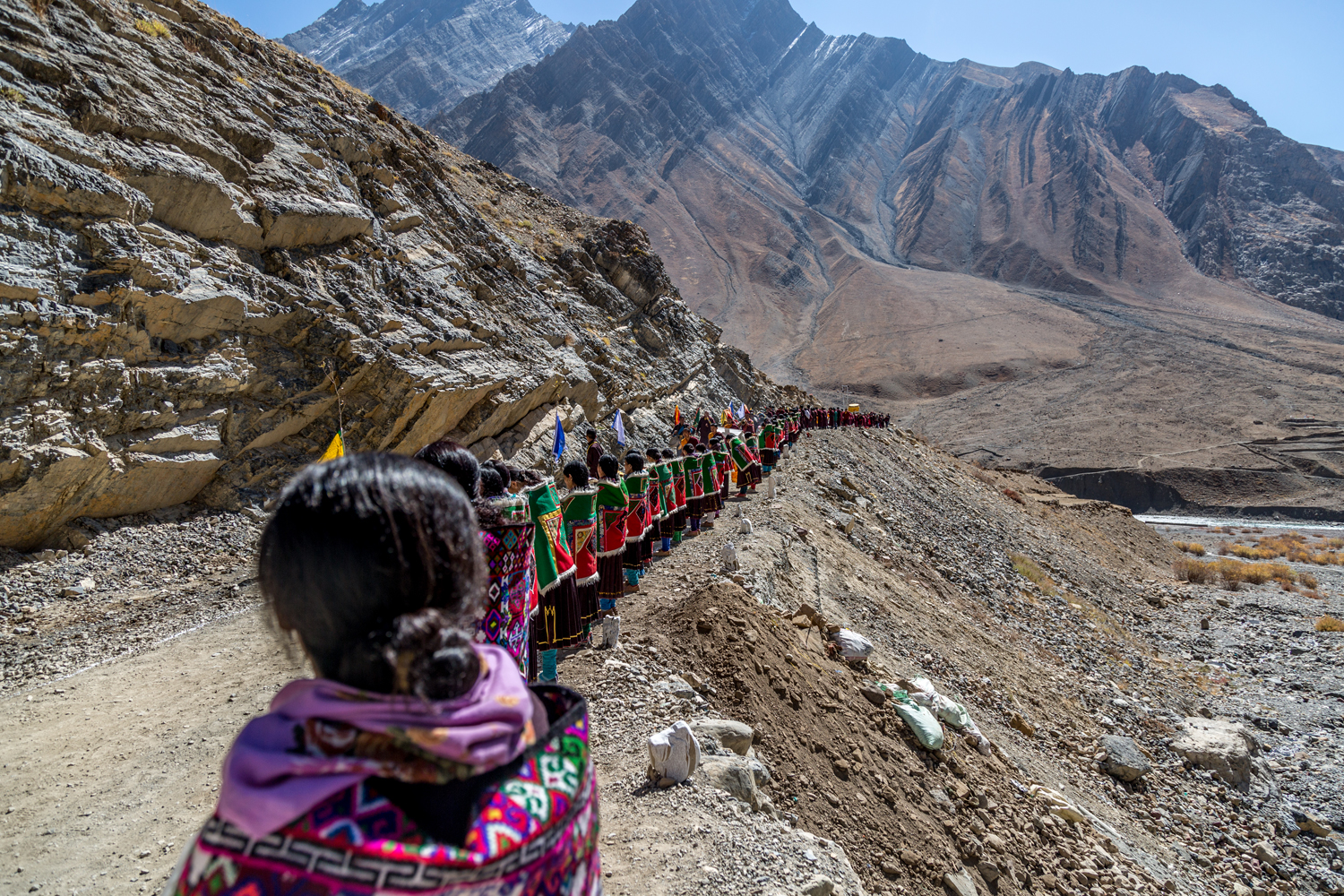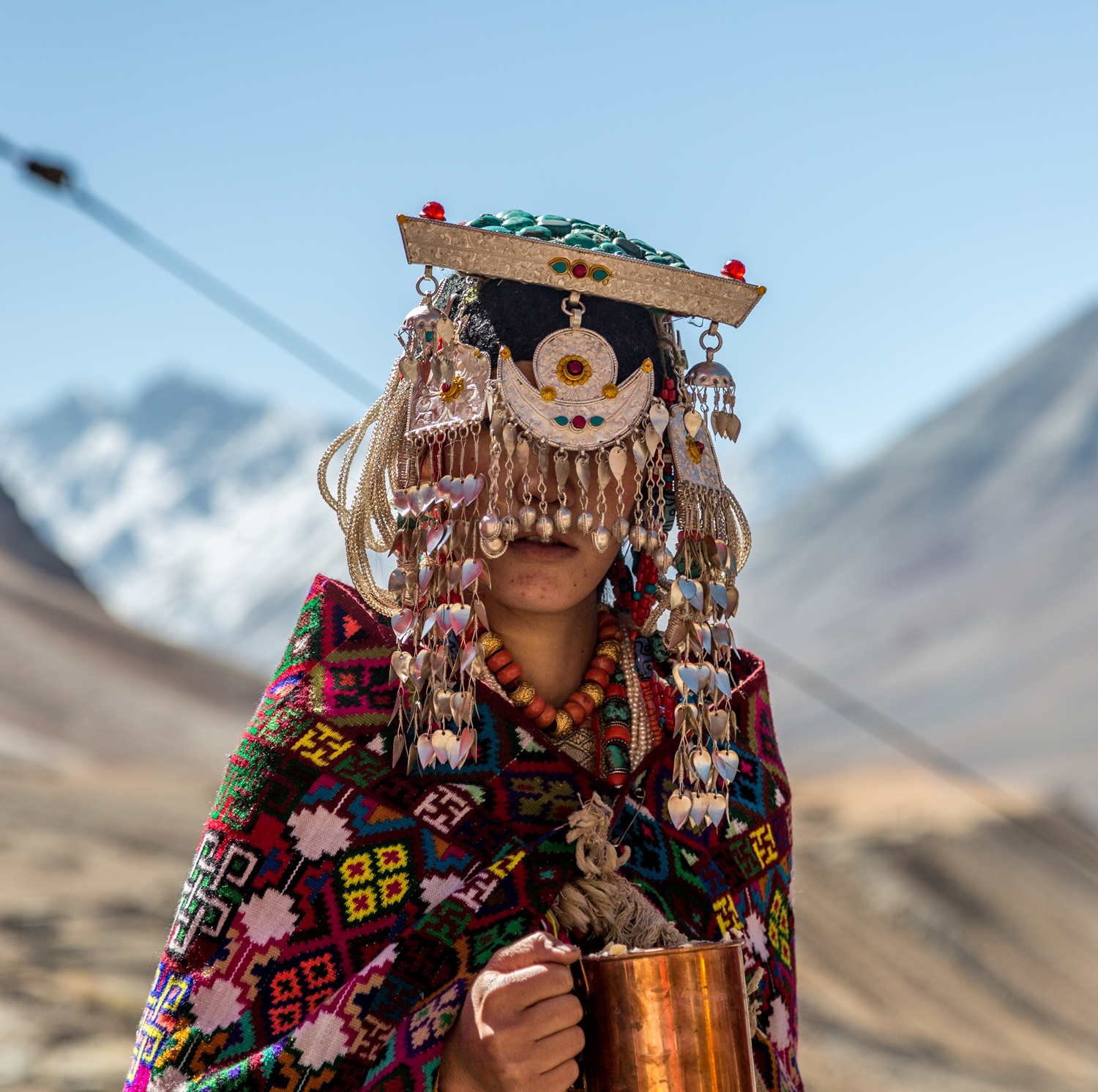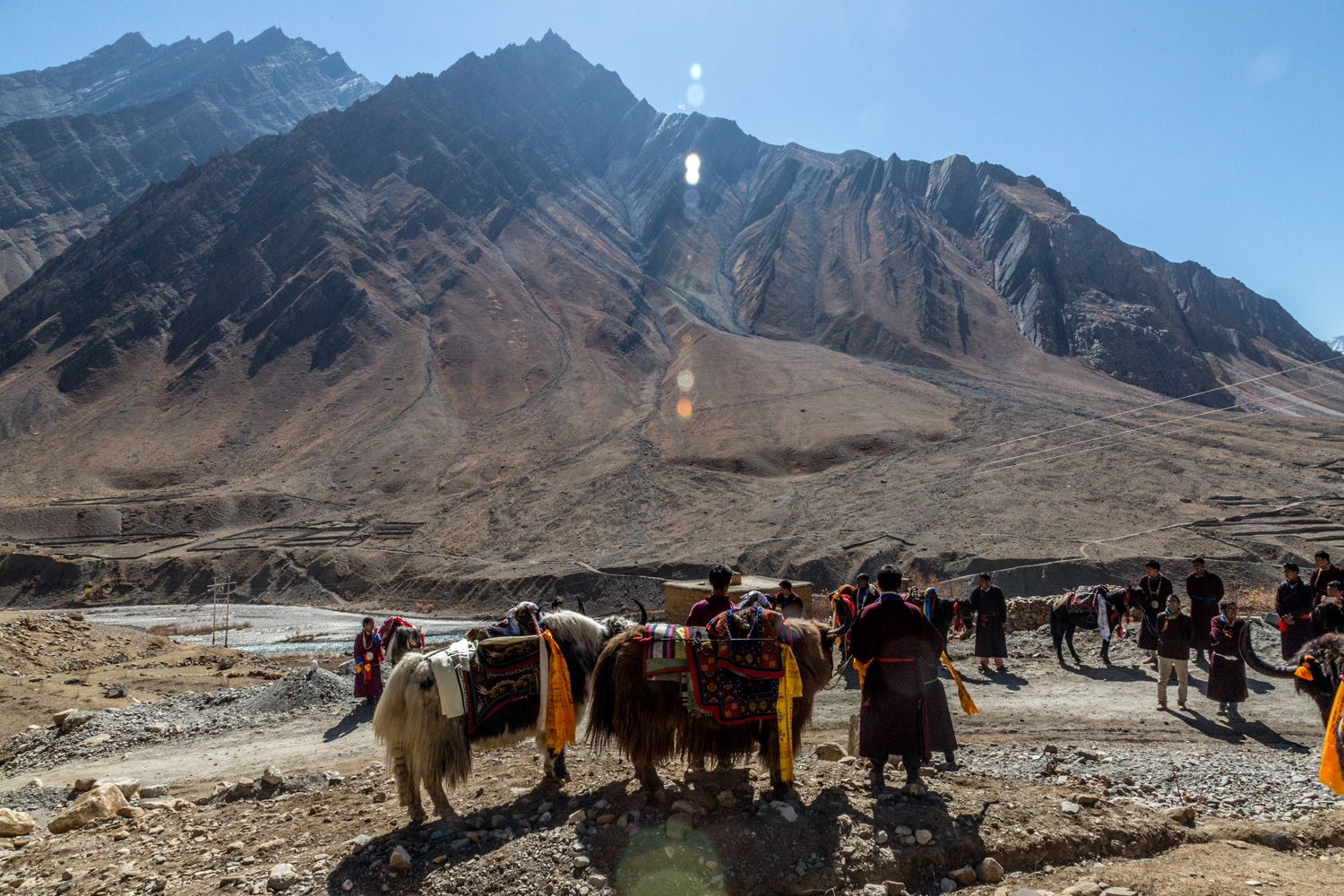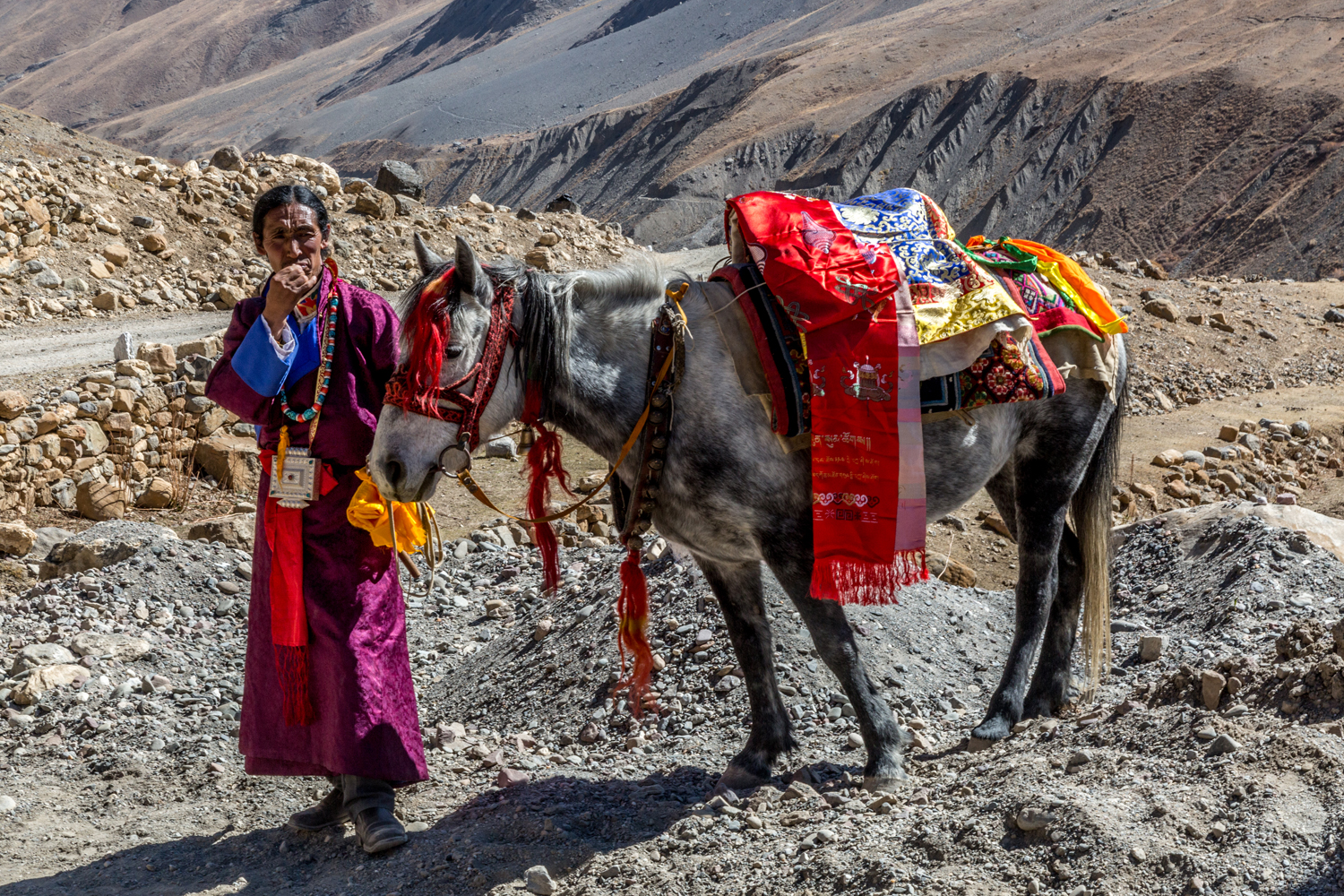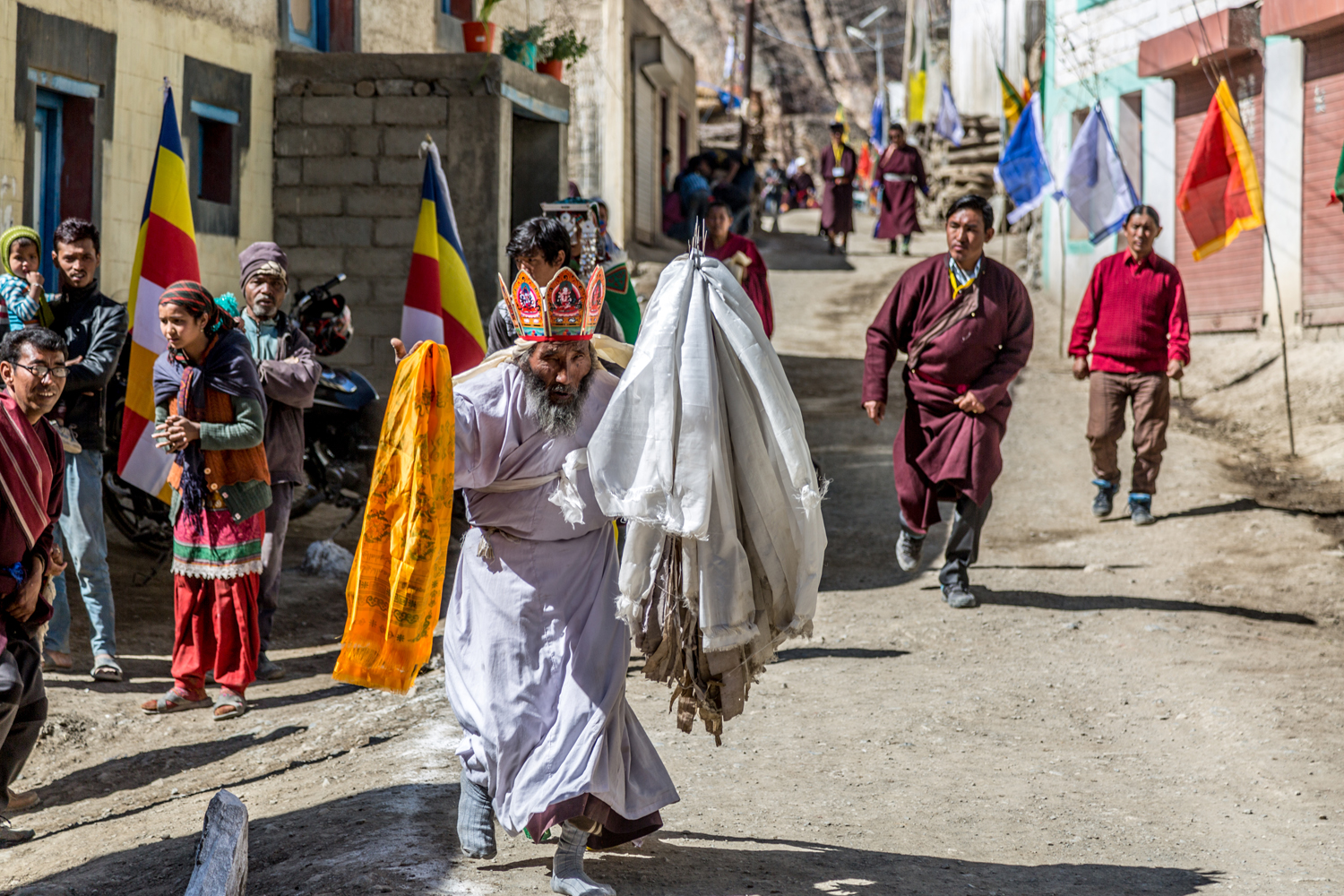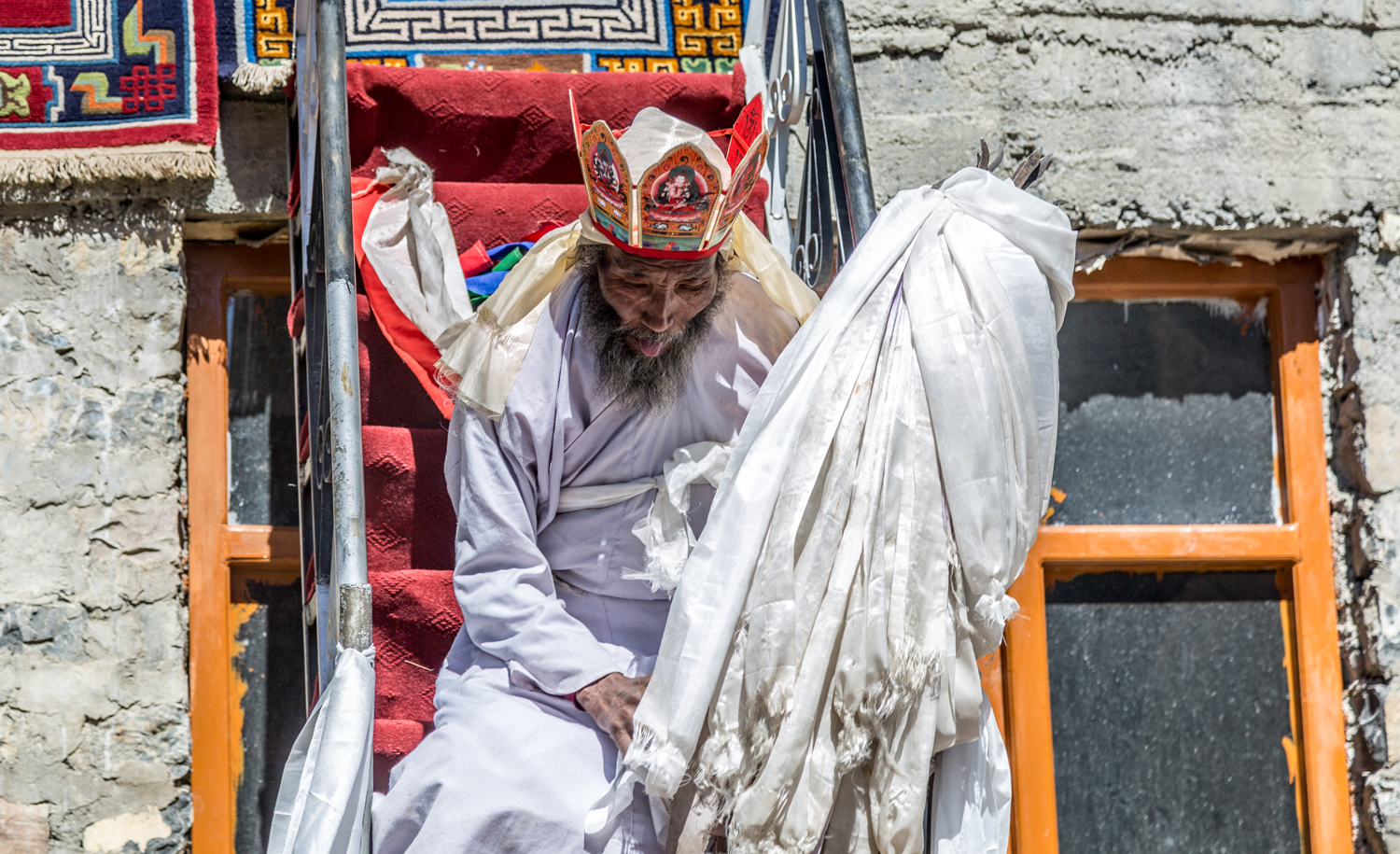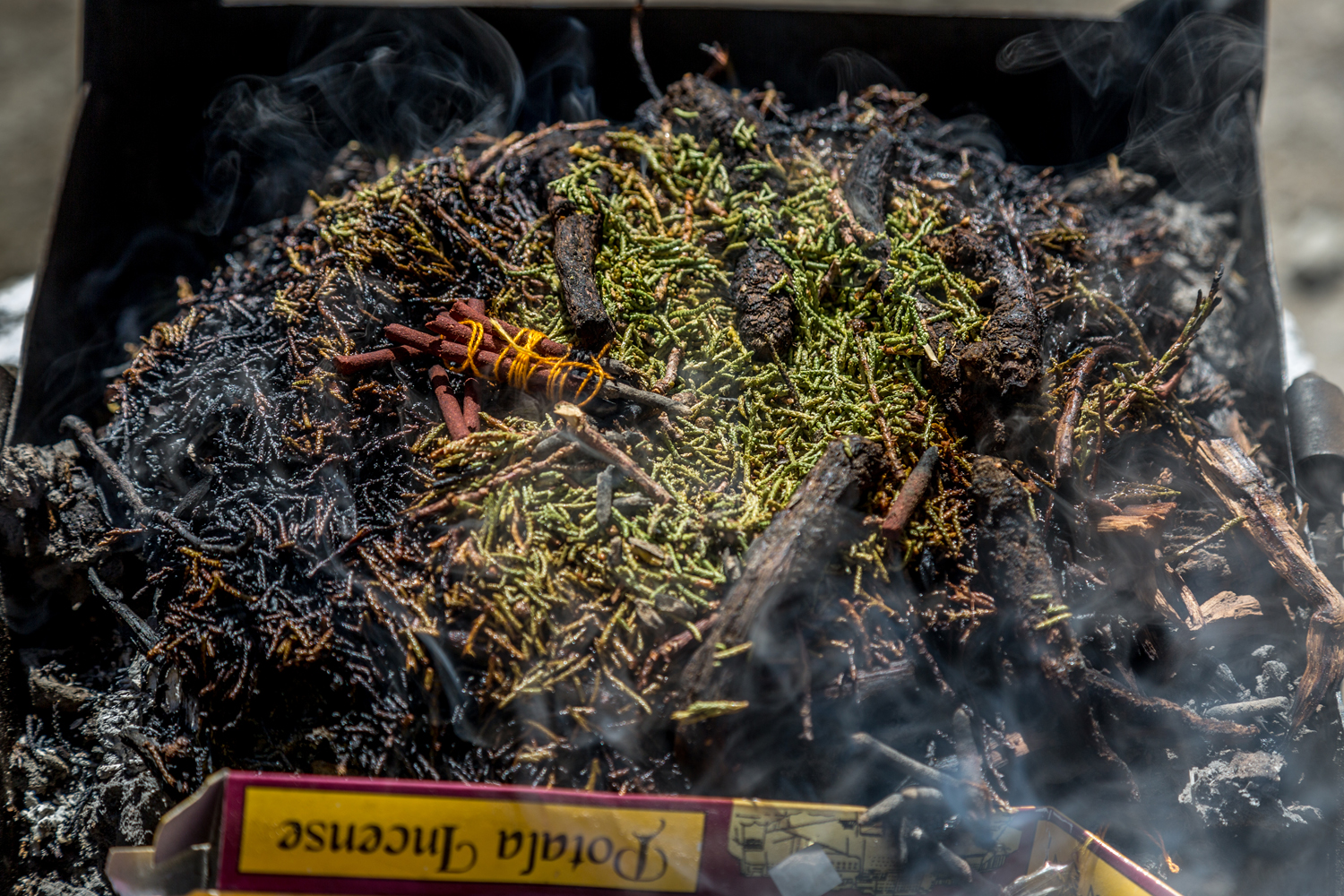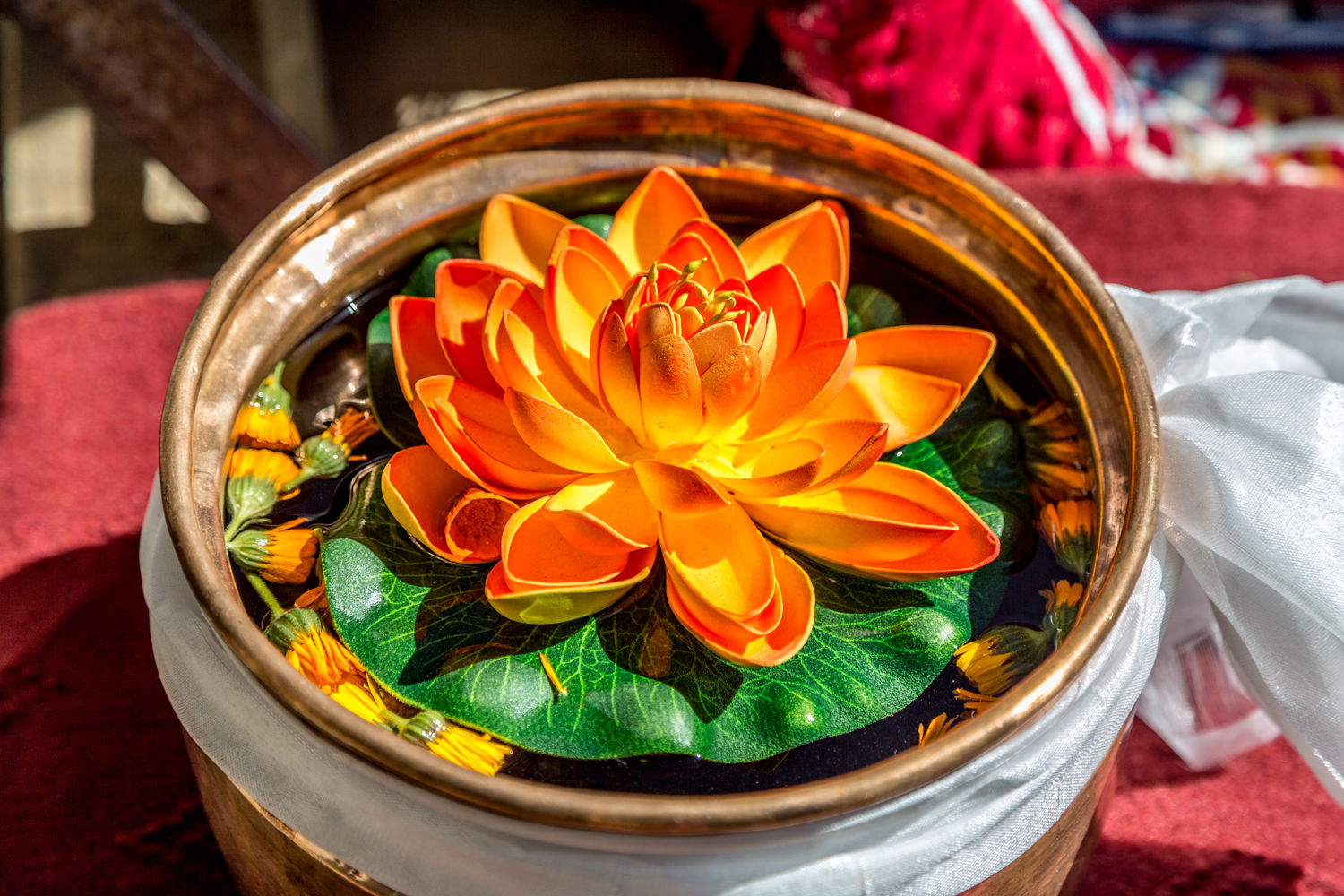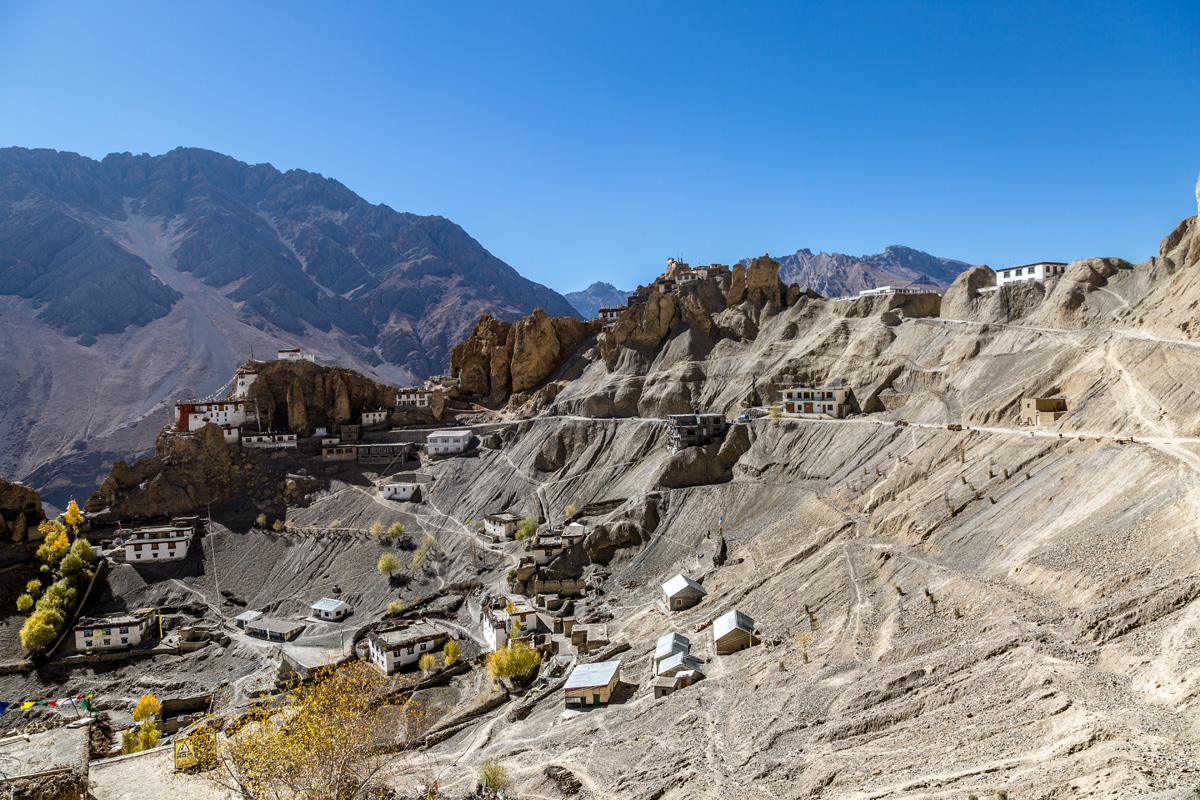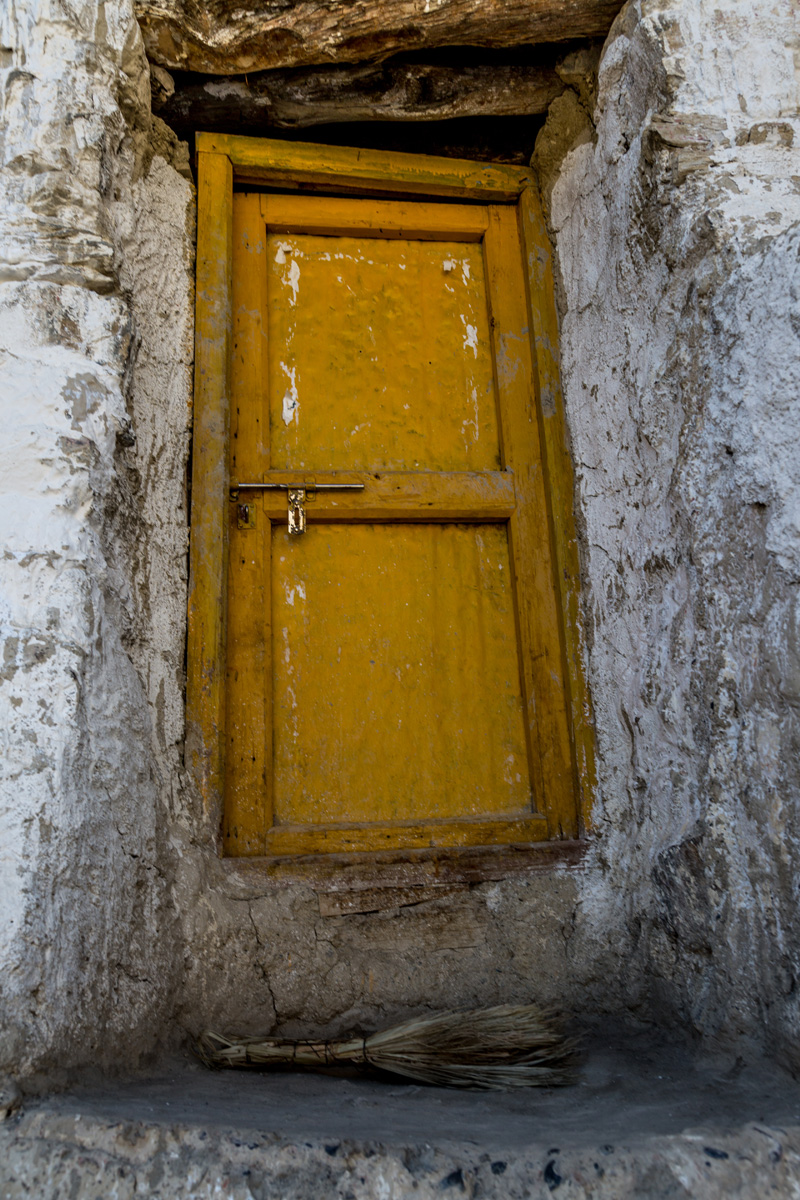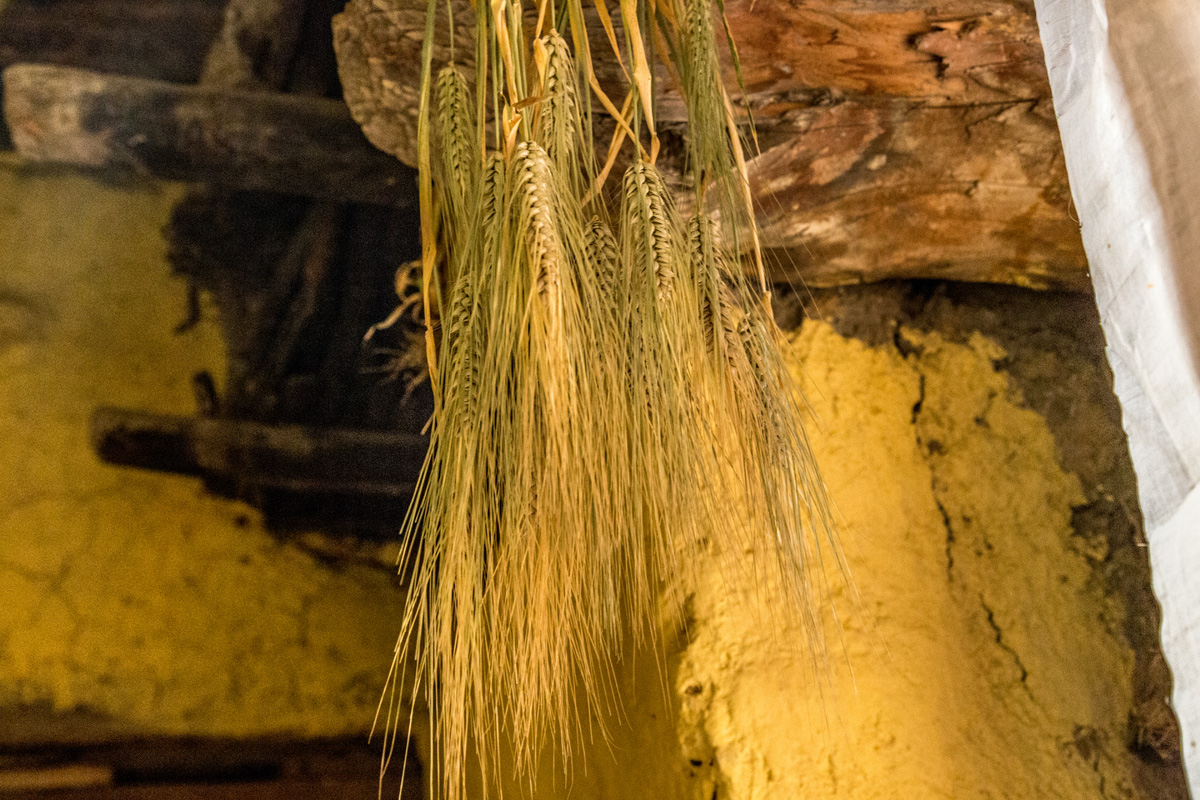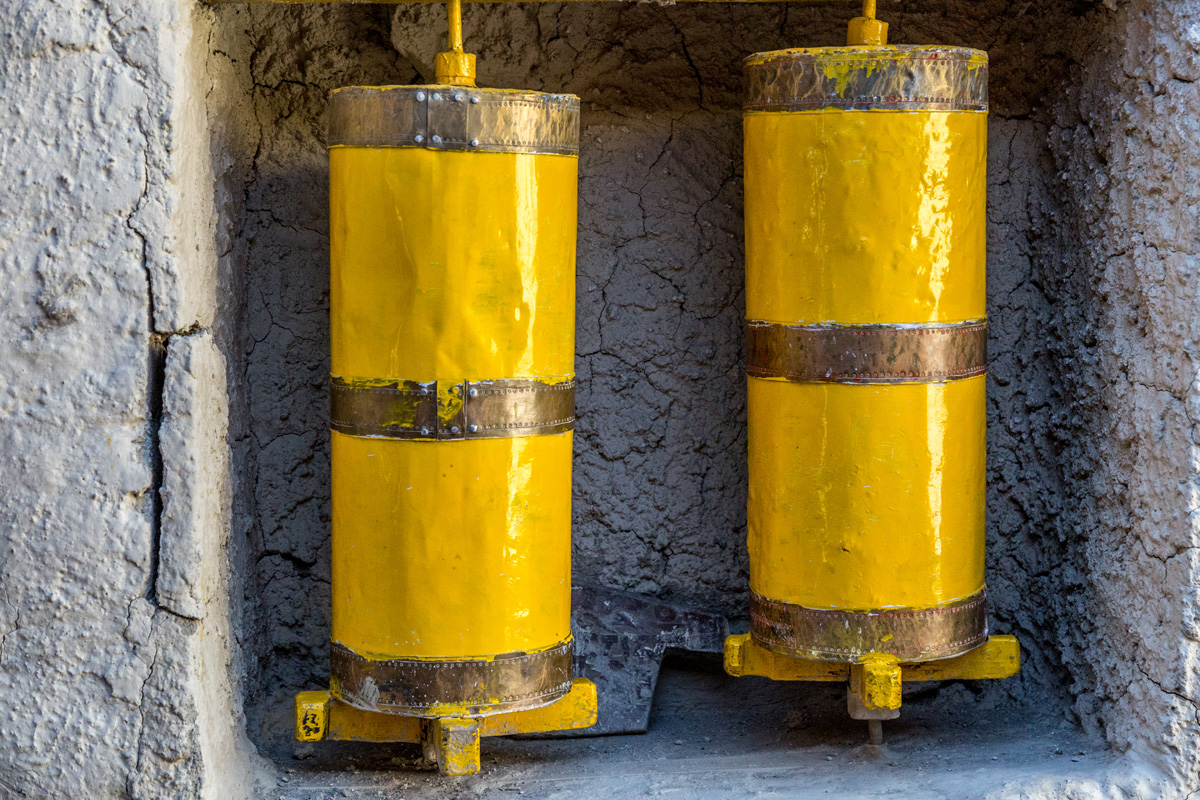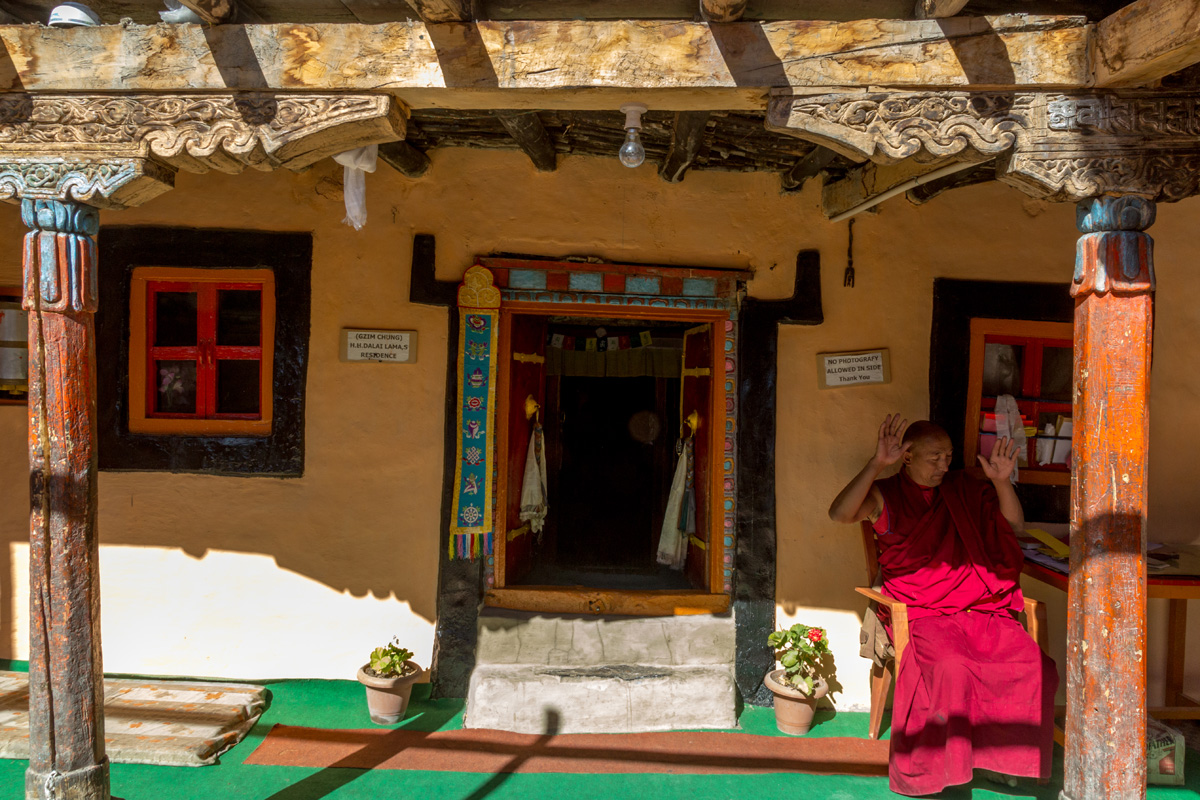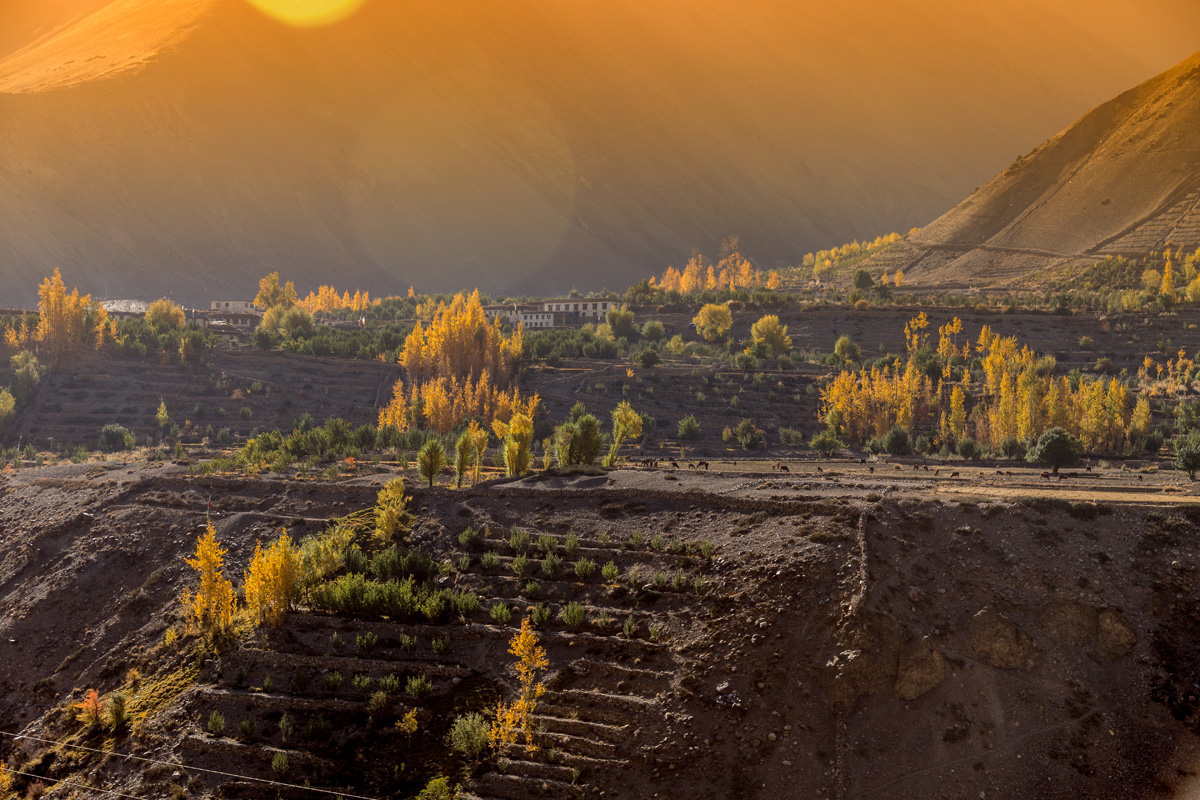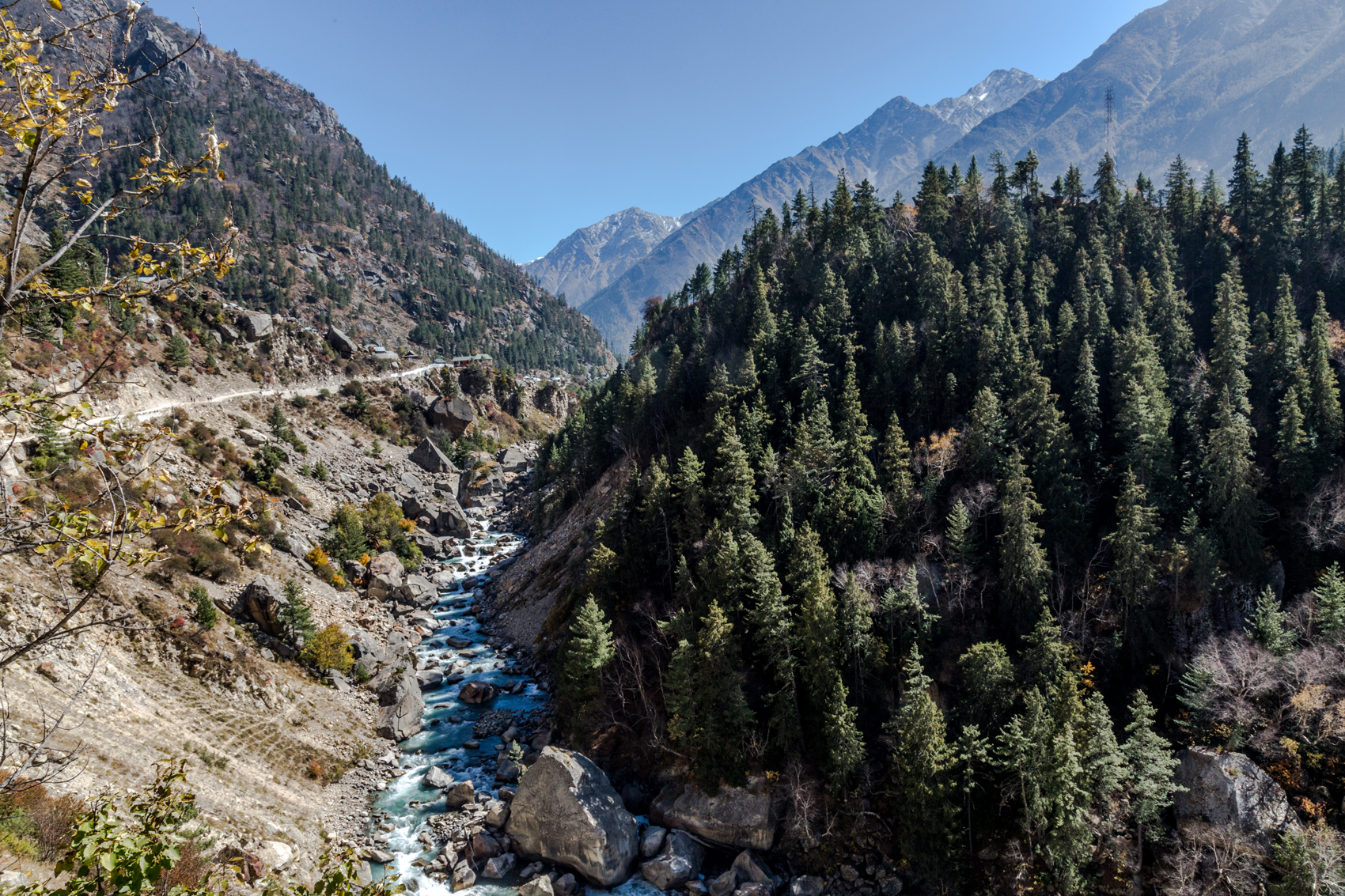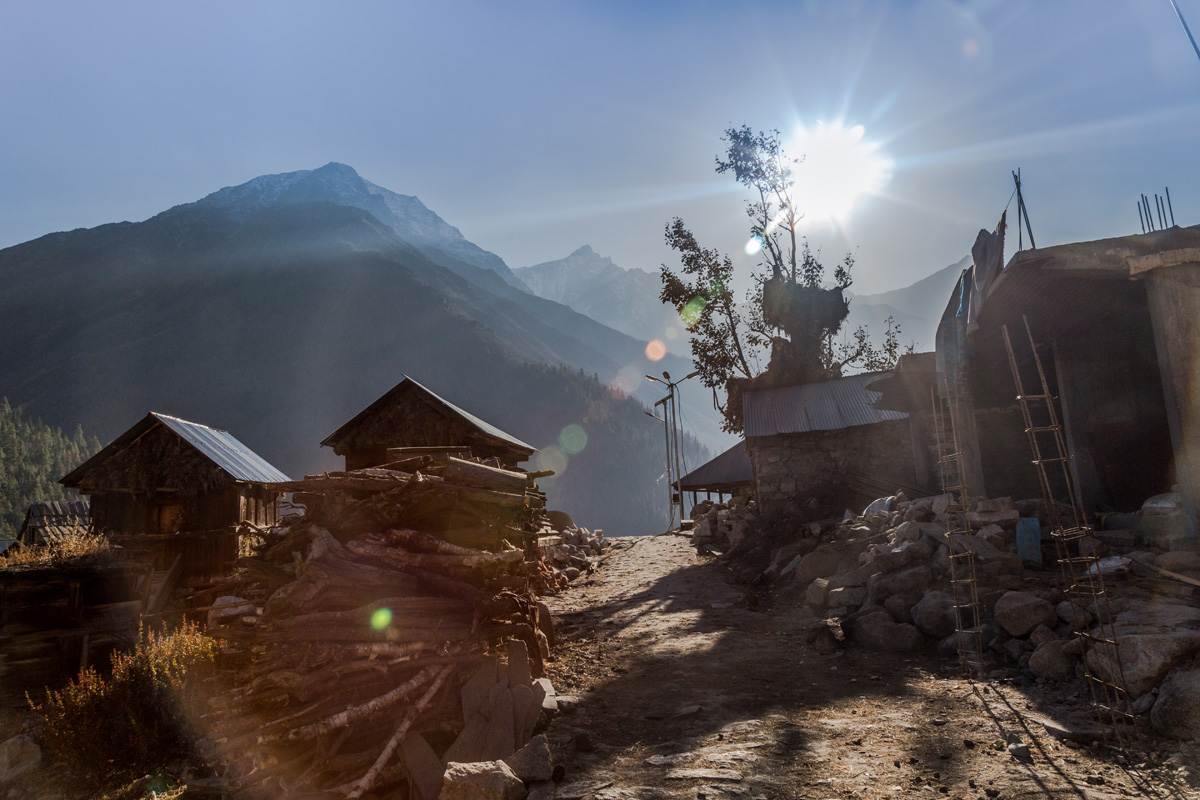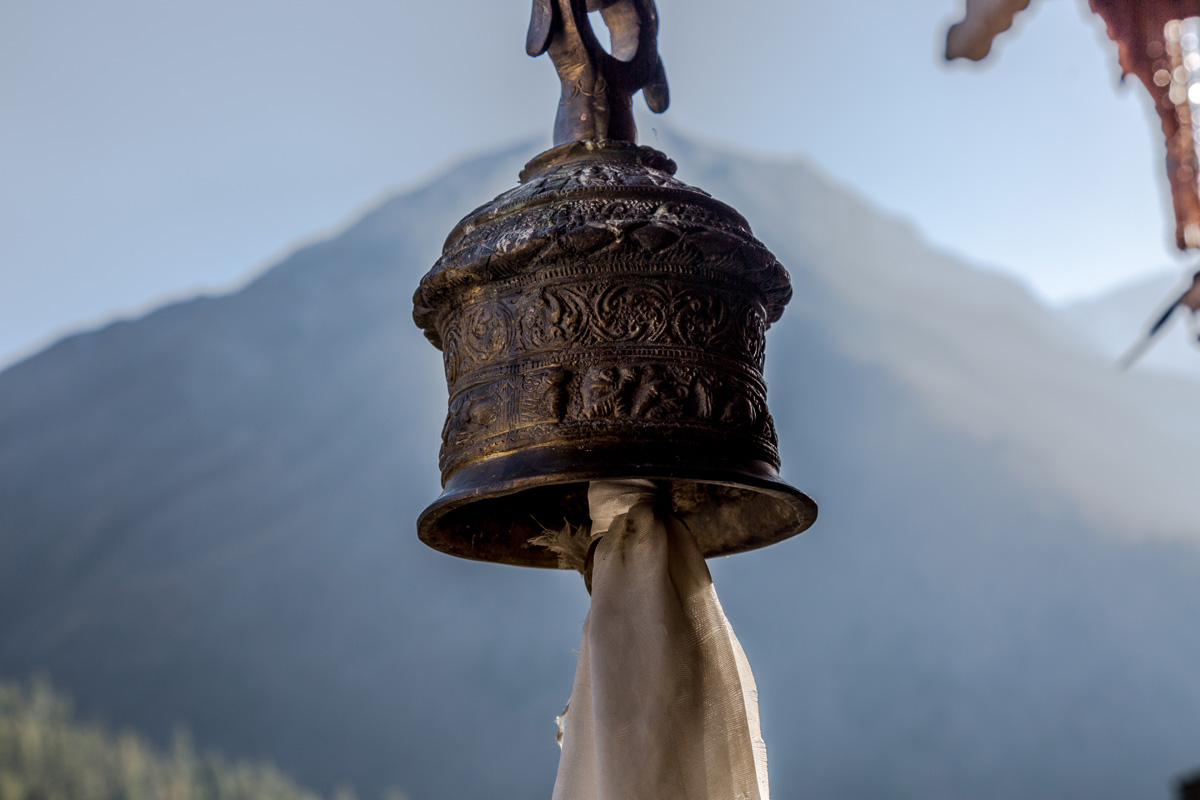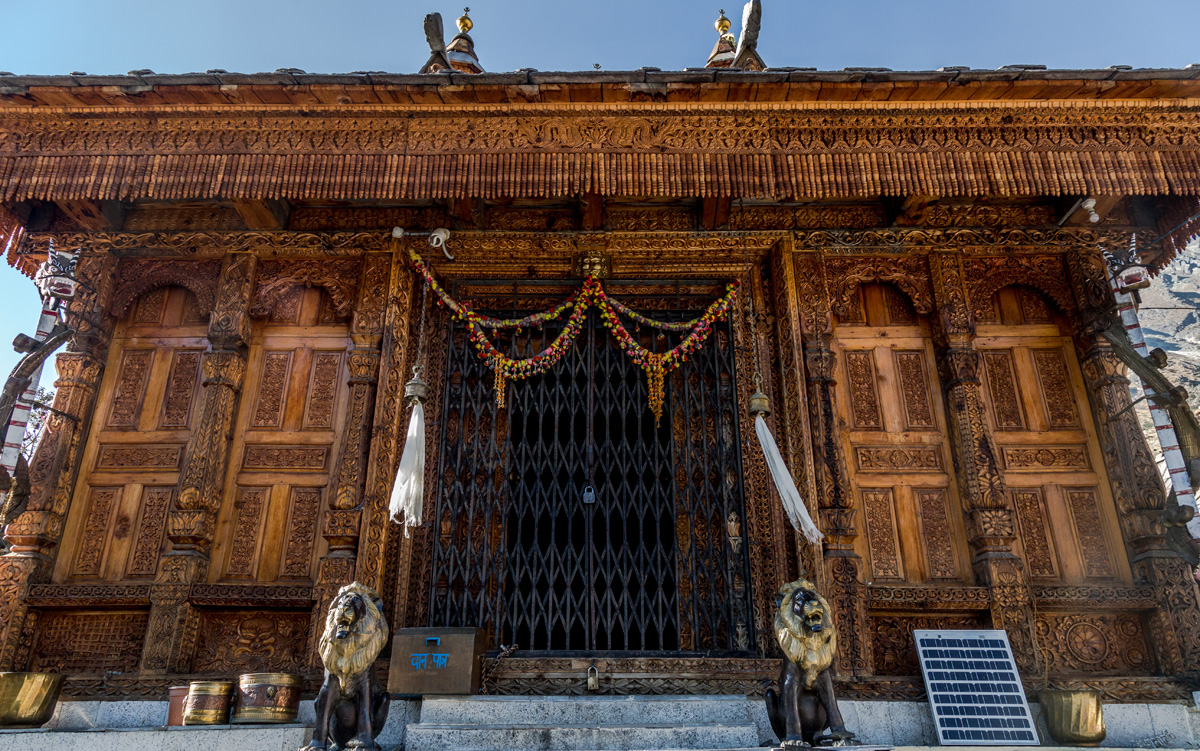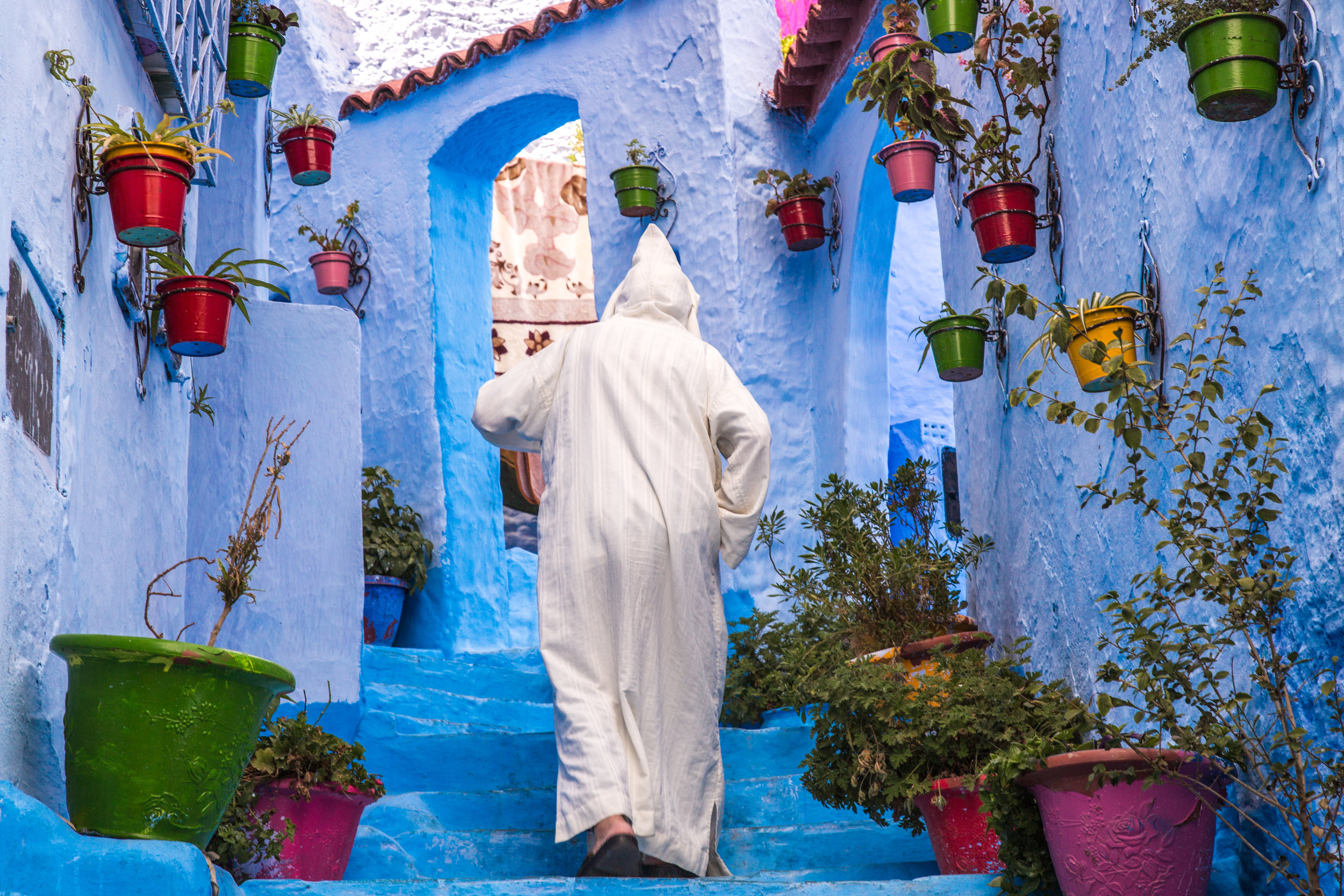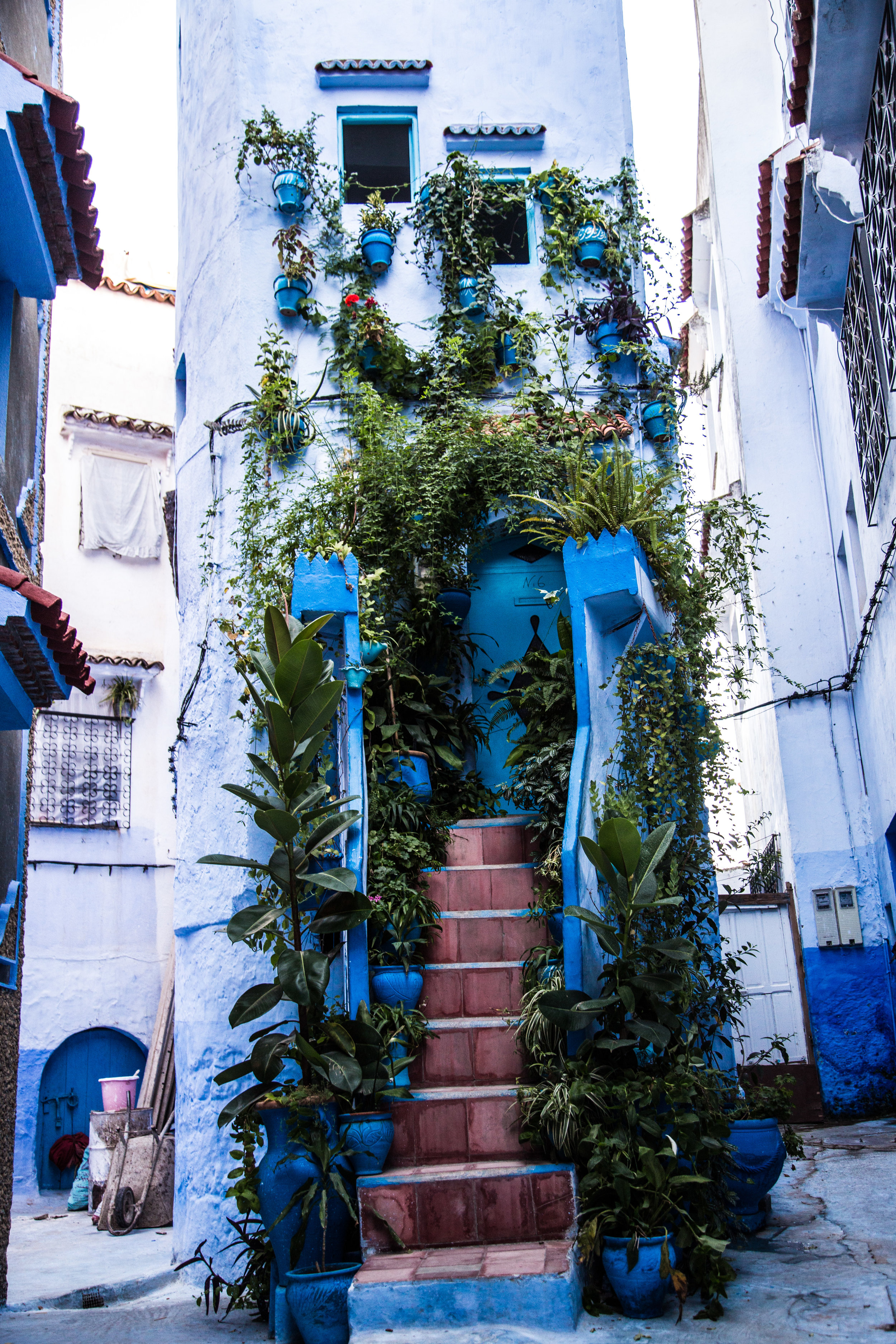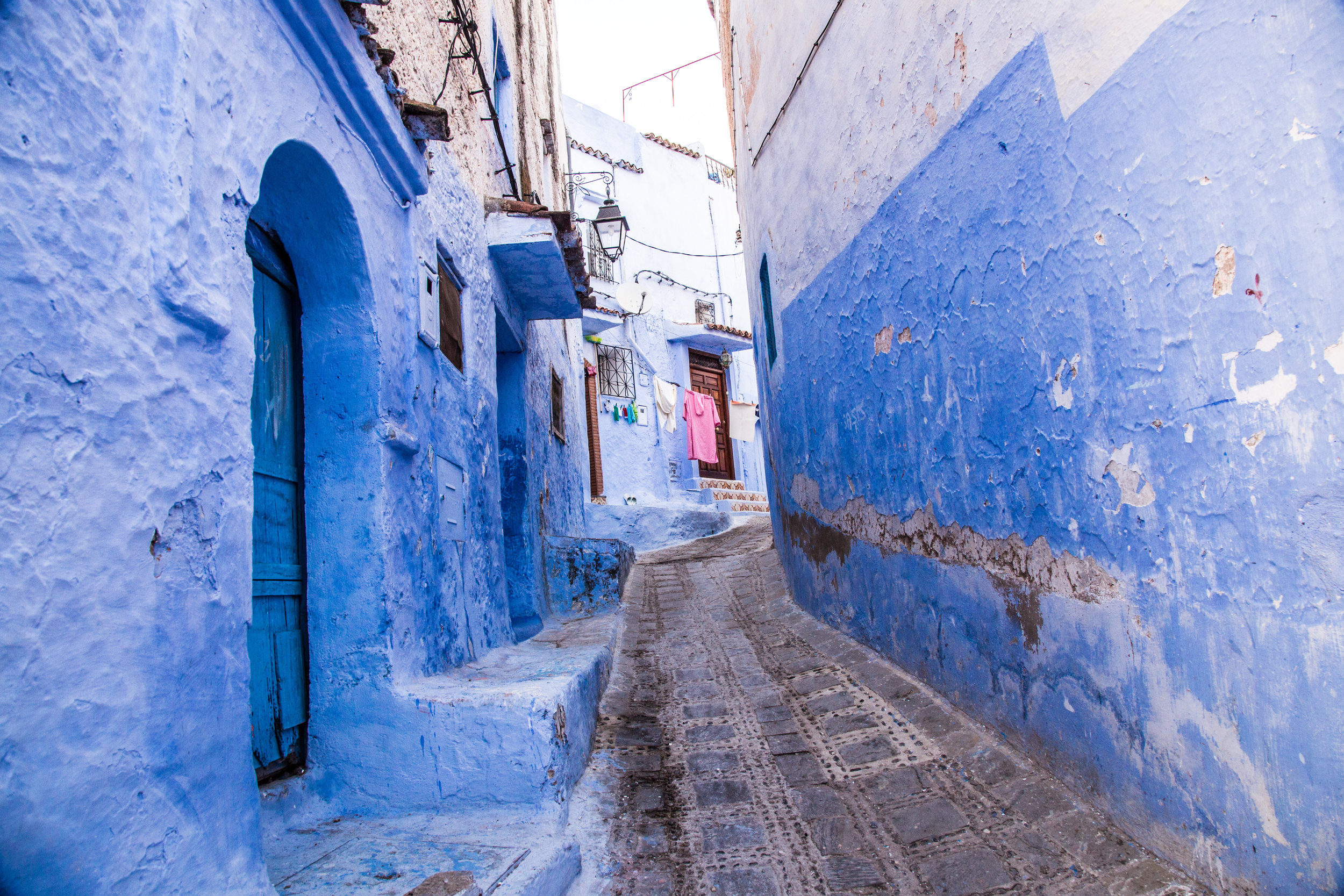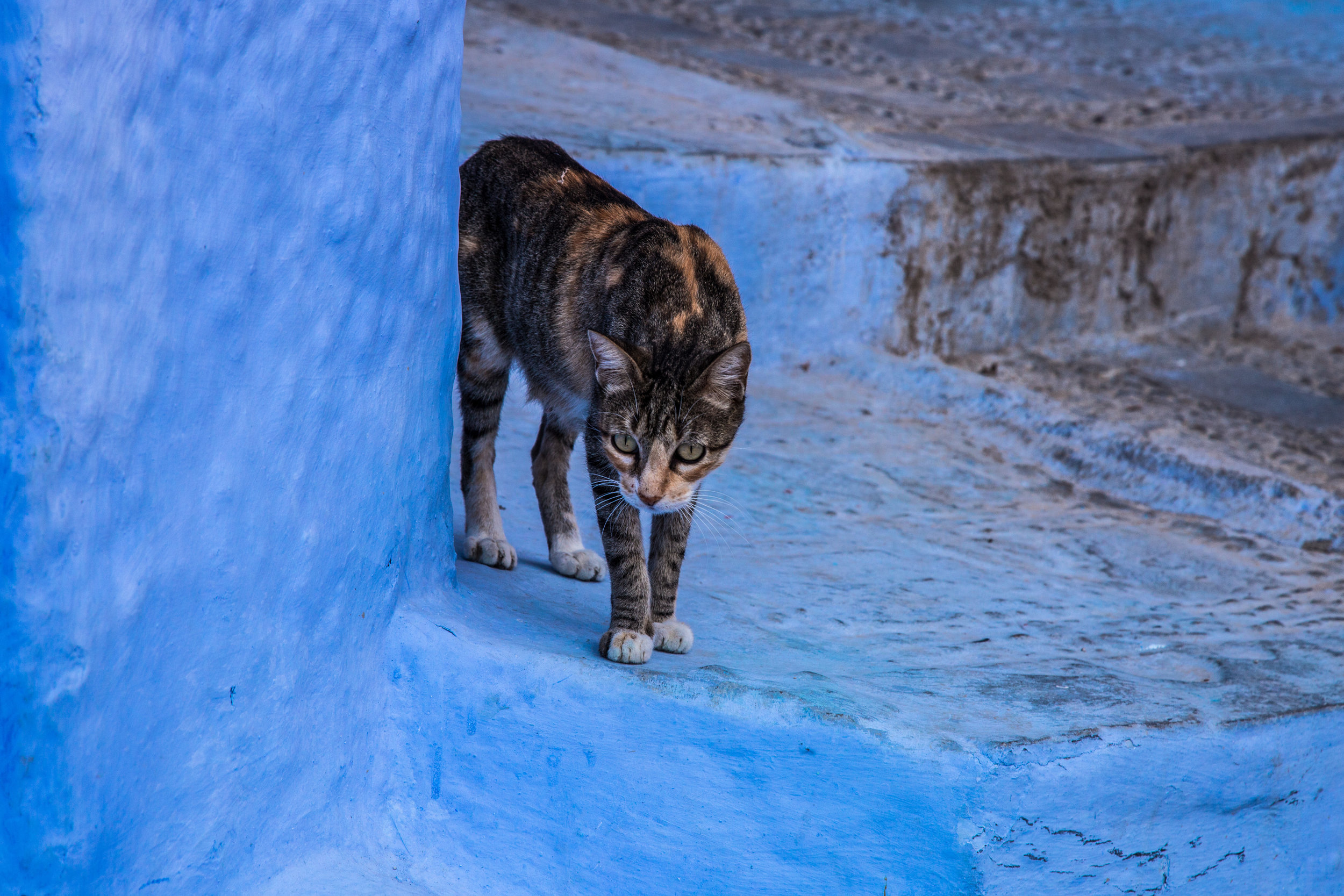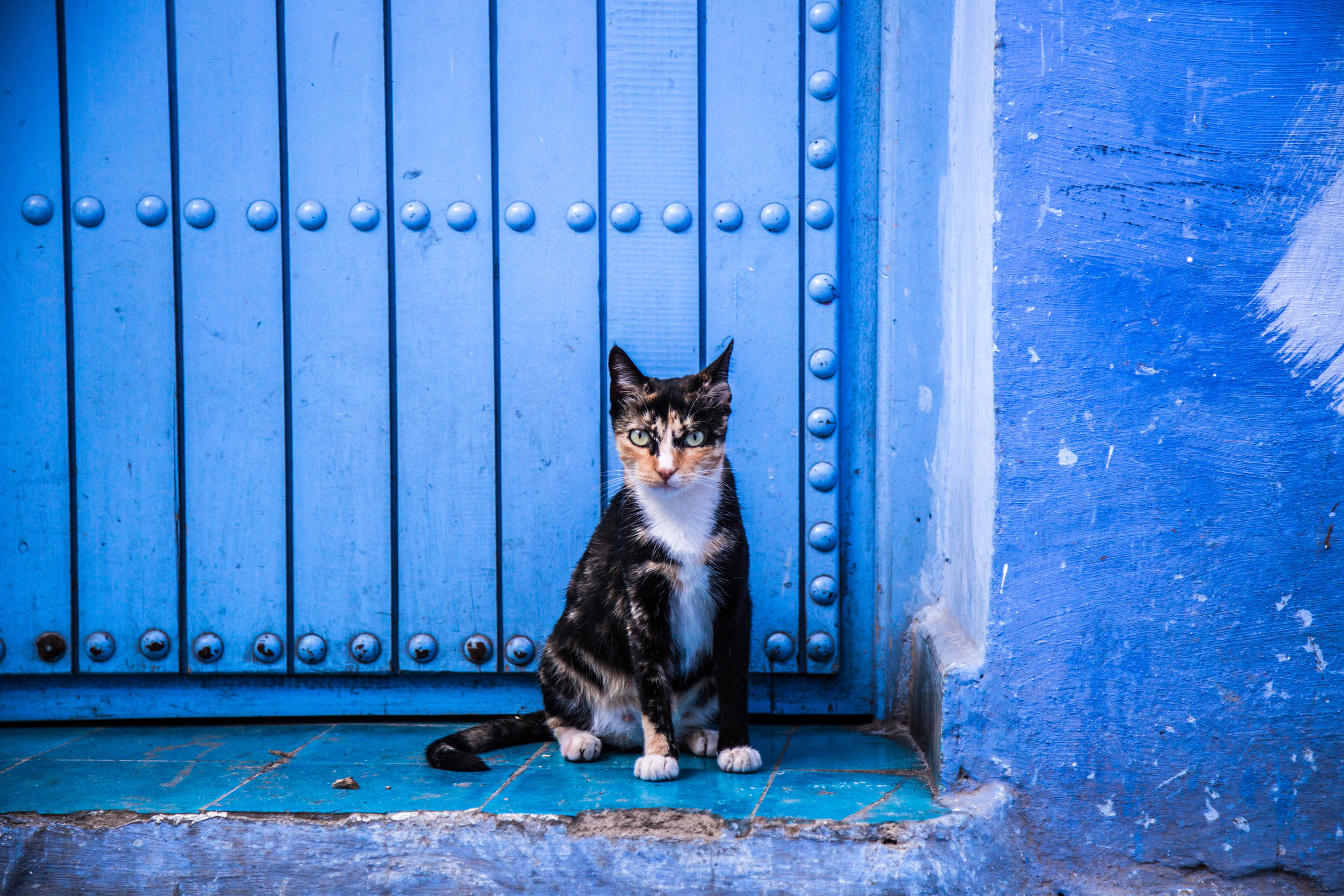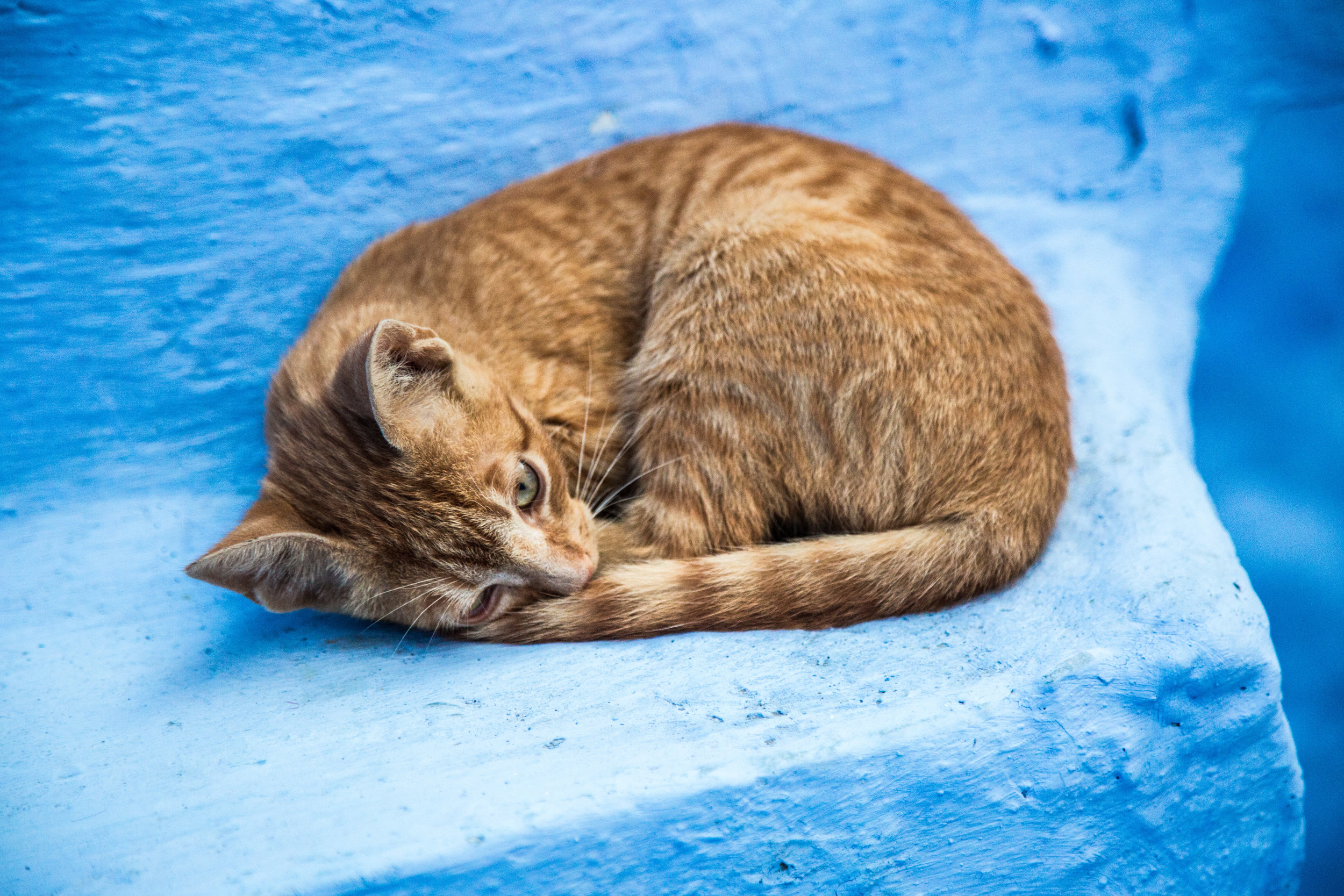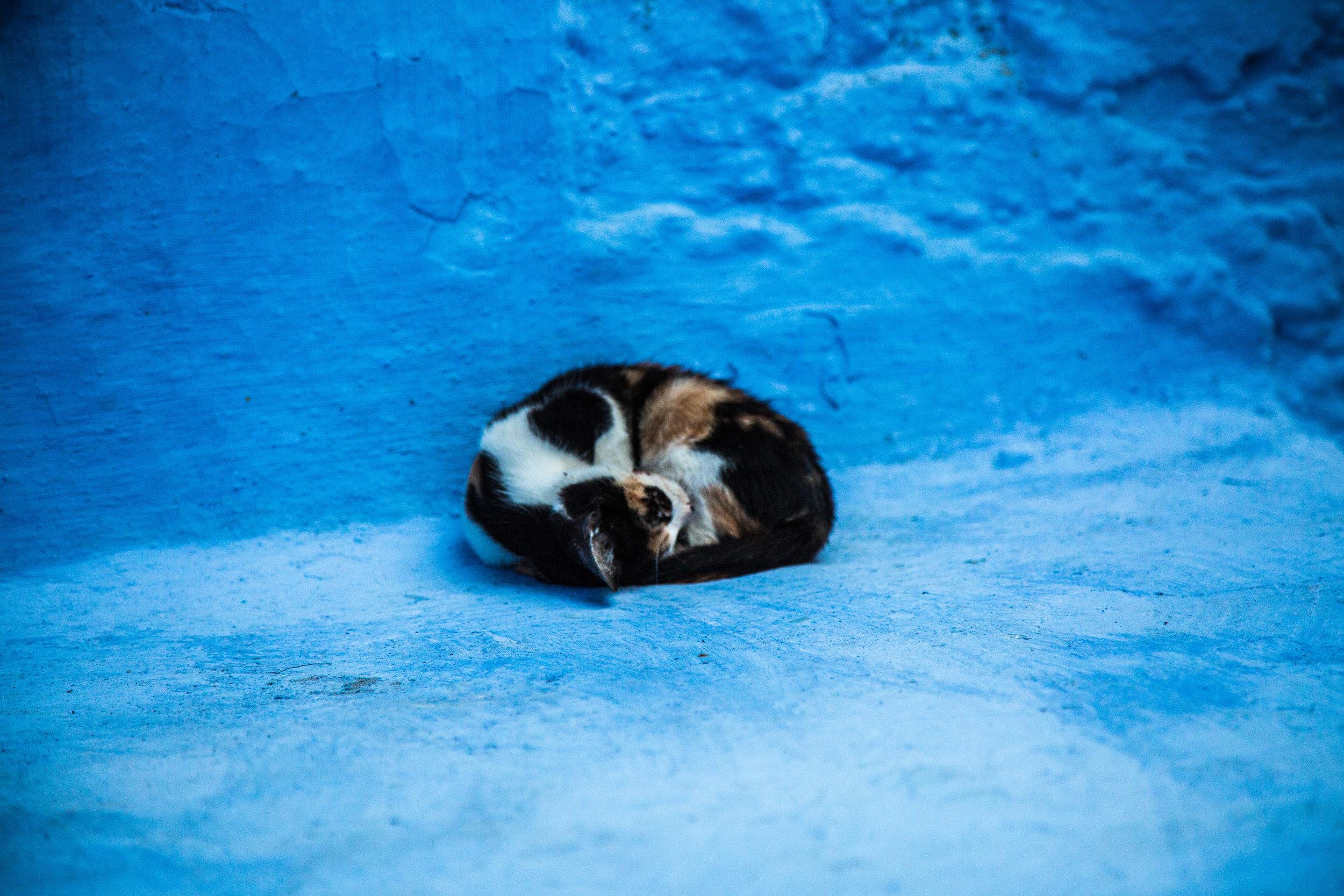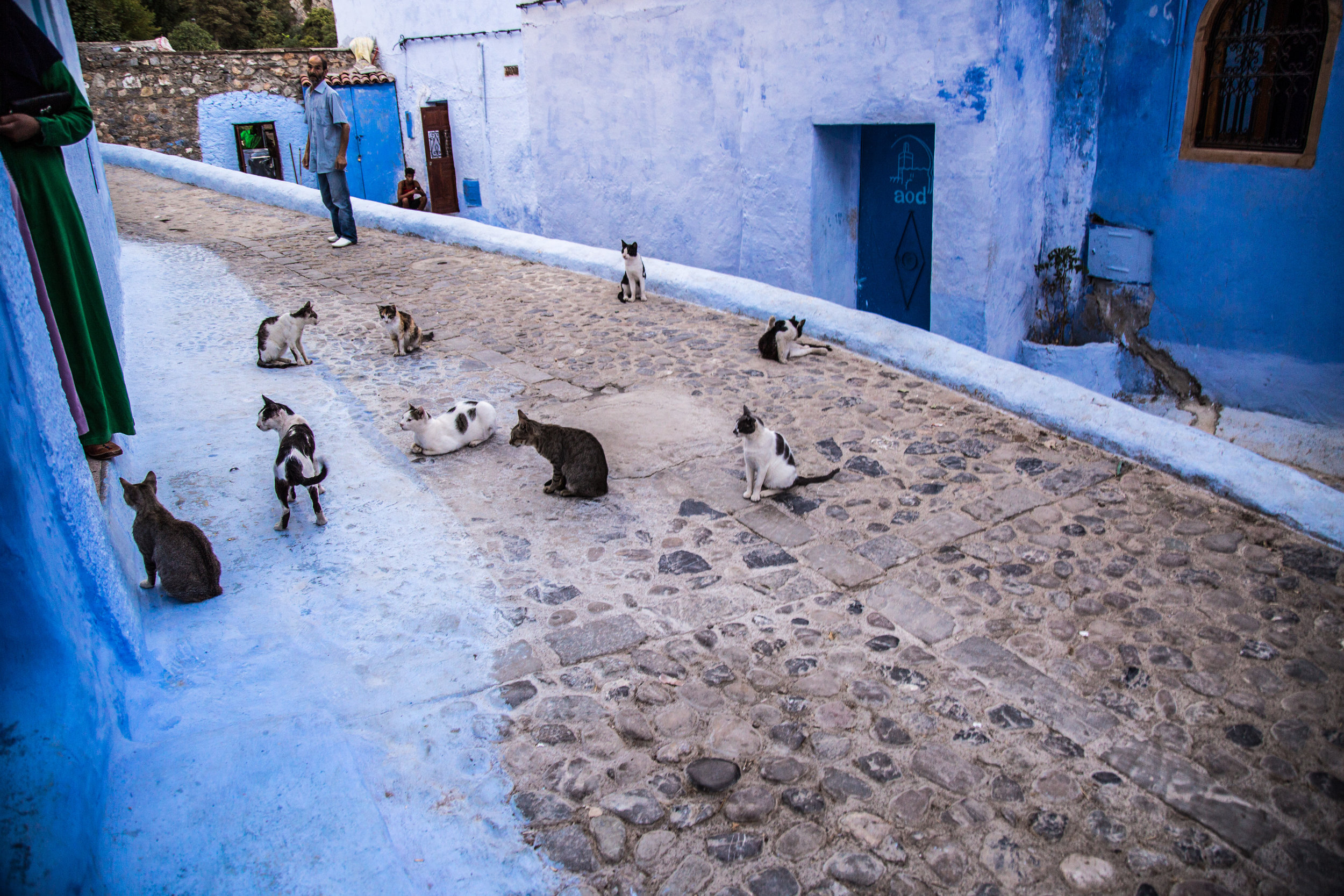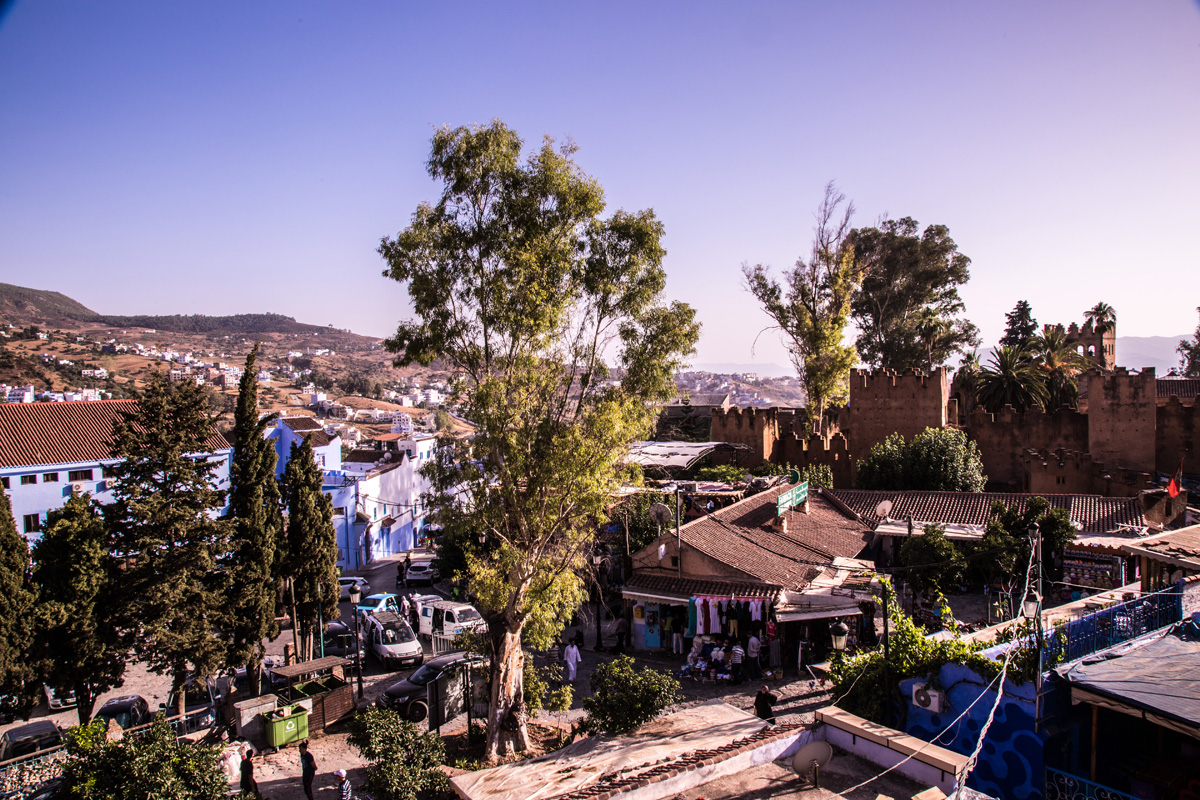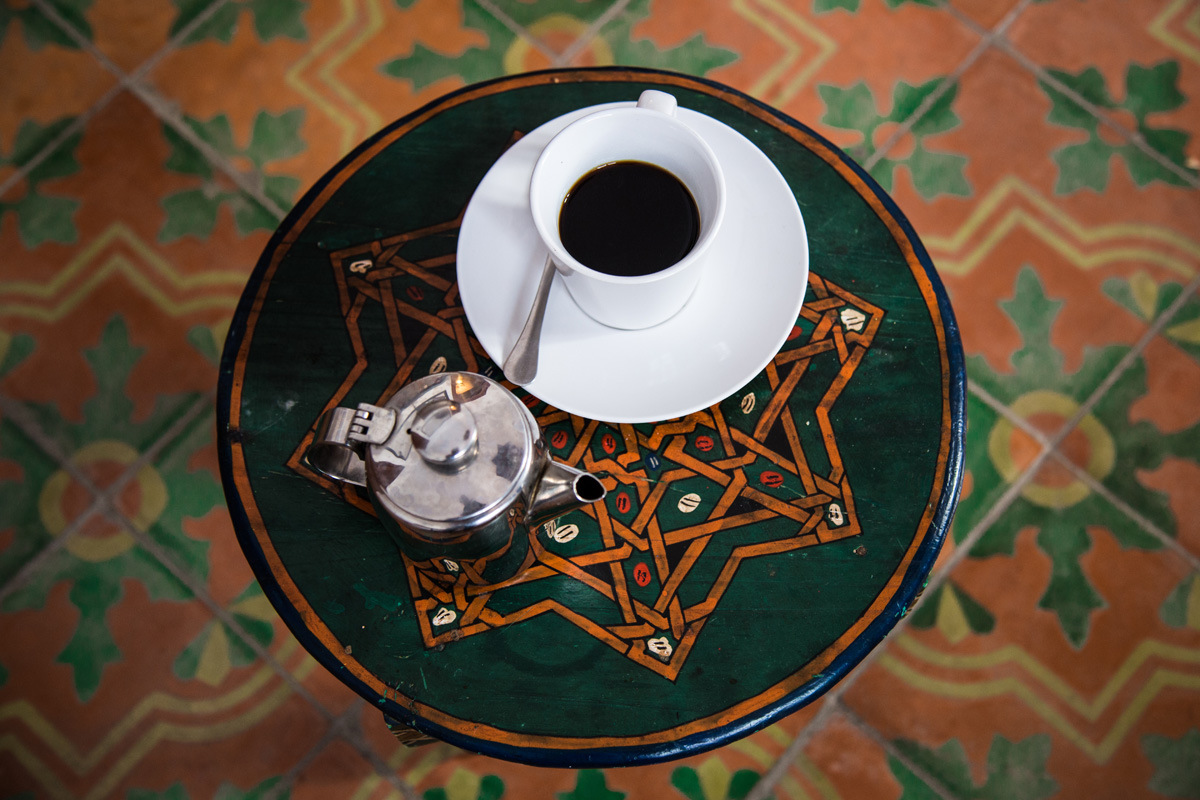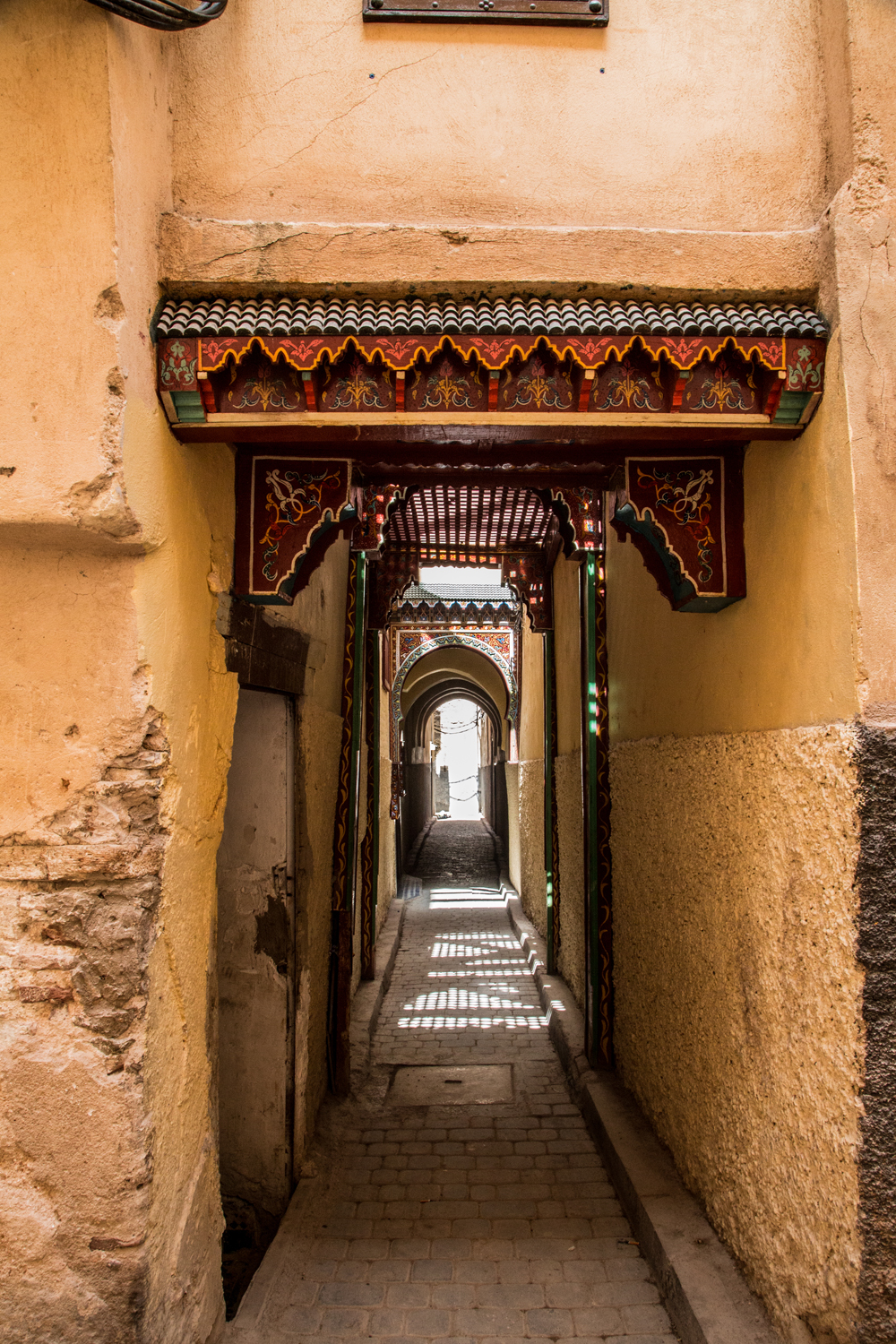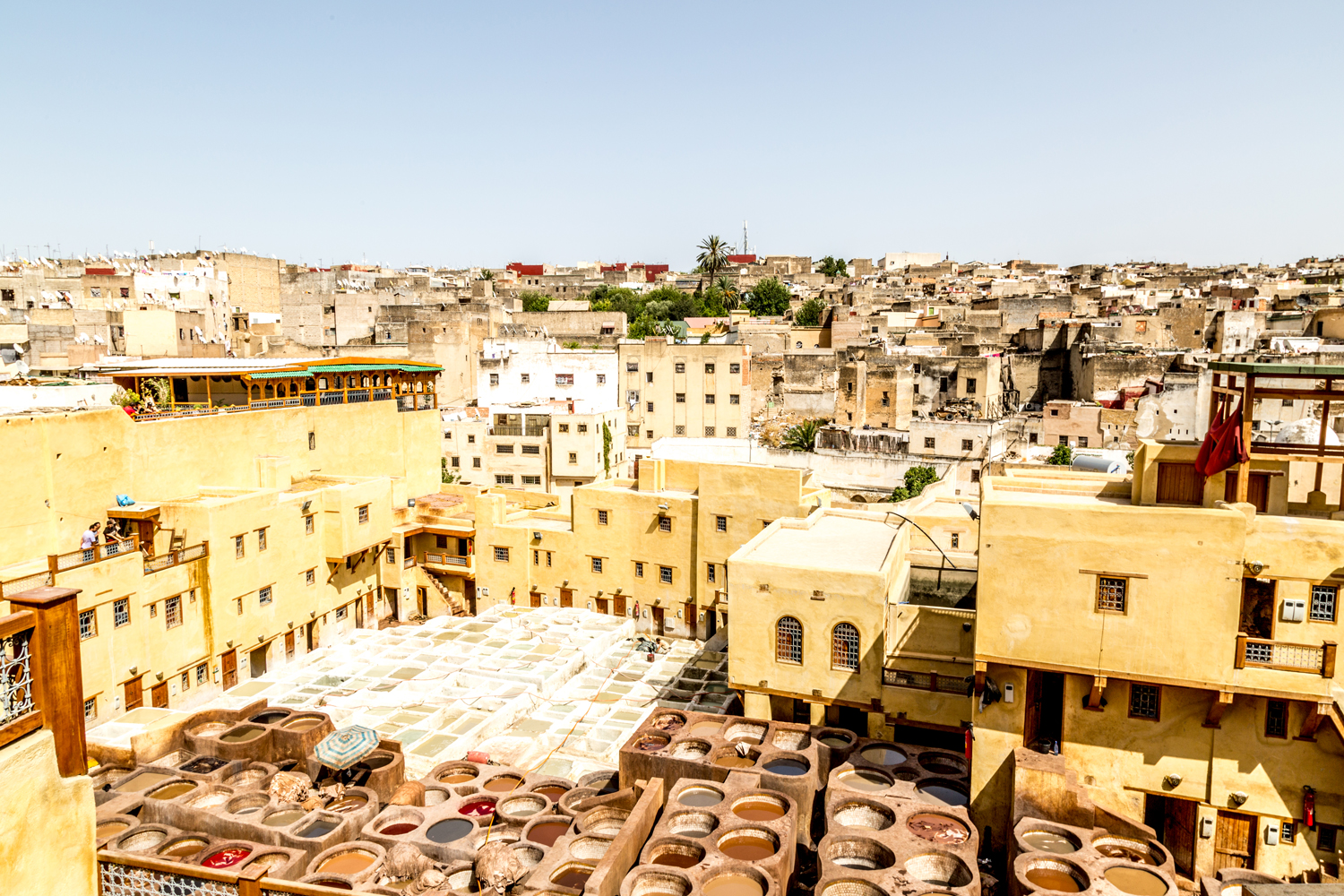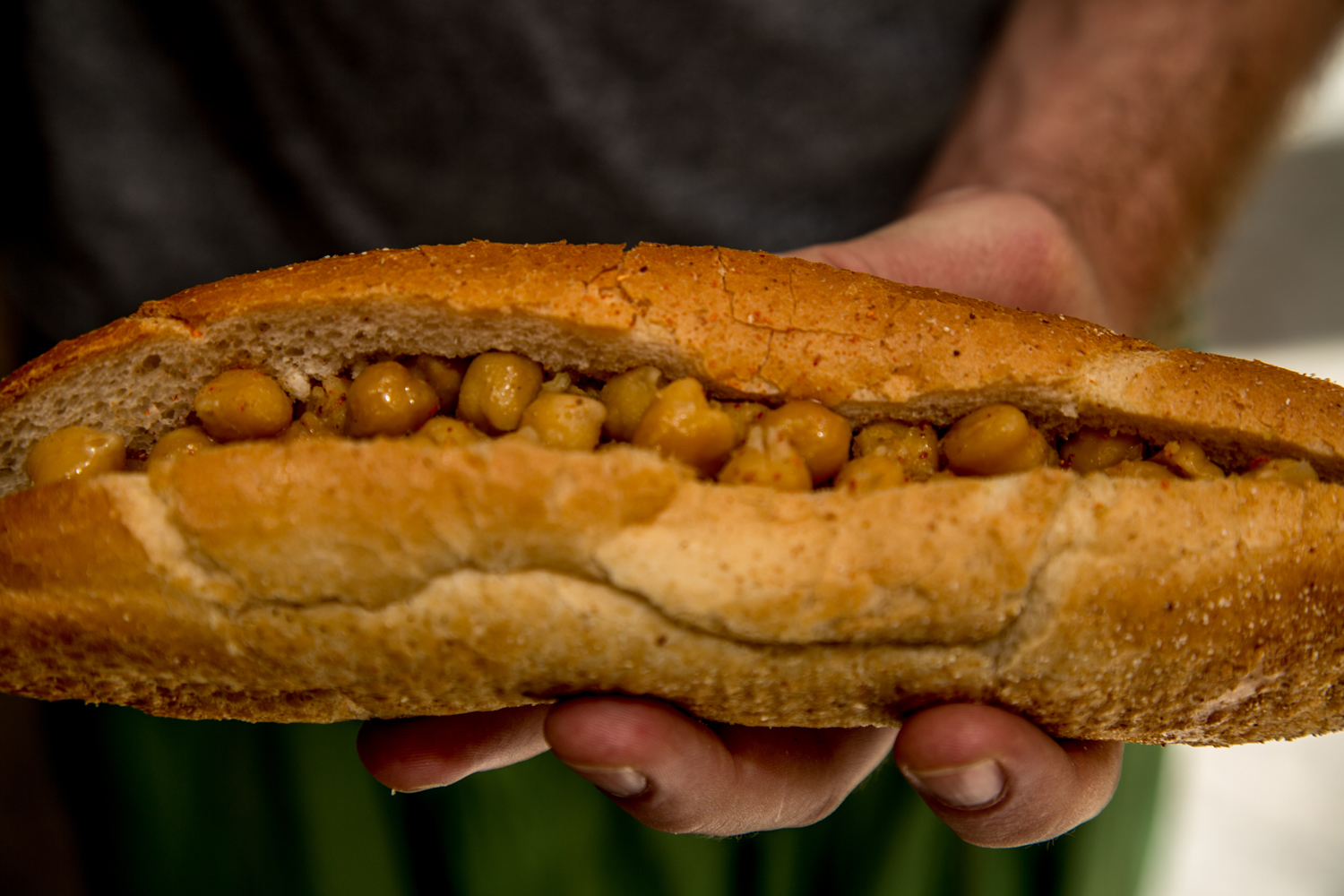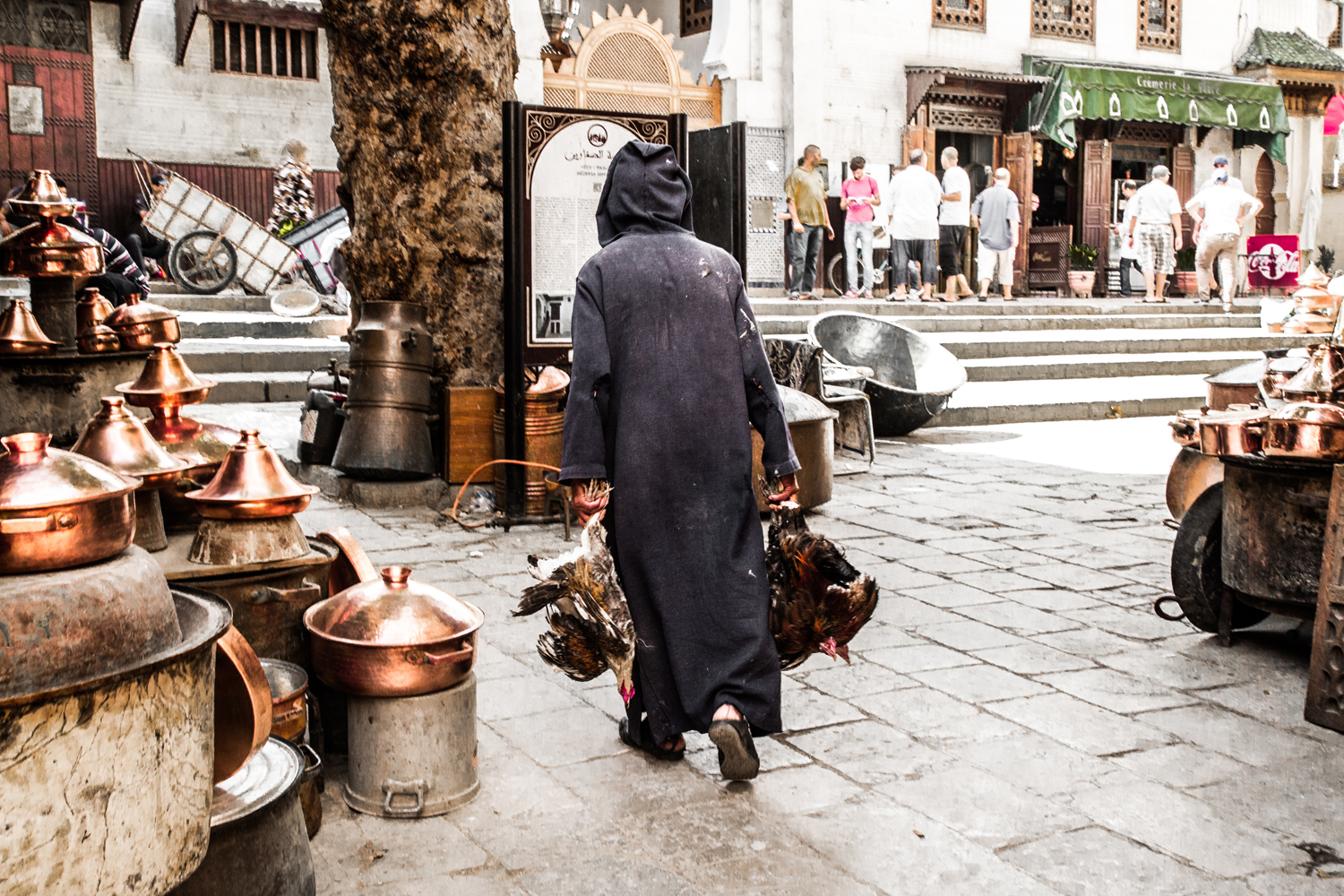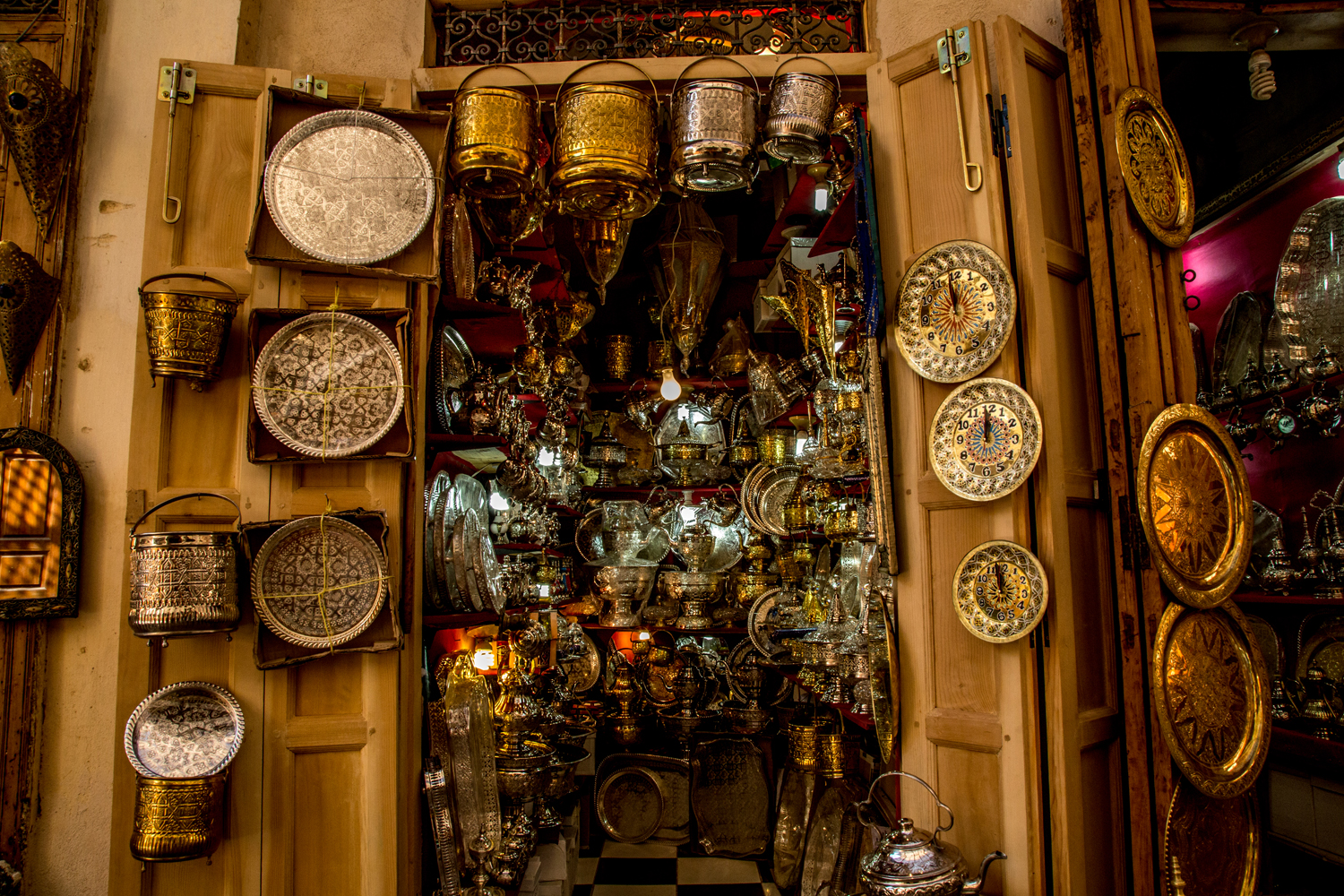The Tipsy Gypsies Cruisin'. Illustrated and animated by Felix Roos.
It was nearly Christmas Eve and we were four months into our journey through India. We had arrived in southern India in the state of Kerala, famous for its backwaters and we had reached the point in our trip where we felt like we'd seen enough temples, tombs and forts for a lifetime. We had run out of the "Top 10" same (bullshit) things to do and we needed some serious balance of sightseeing and real adventure. So after much discussion, we decided to ask Santa for a rickshaw. This is the story of how we managed to explore nearly half the length of India in a rickshaw and not kill ourselves while doing it.
After a few days of frantically trying to buy a rickshaw and an additional 5 days of finalizing the paperwork, fixing major mechanical issues and pimping our rickshaw, we were finally ready to leave Kochi on new years and start our wild road trip. We had no plan of how far to drive or where, so we just picked a direction and started driving north. These are our favorite places that we visited in our rickshaw.
Alleppey, Kerala
This is the famous backwaters country of South India. You can rent a houseboat for few hours and cruise around or sleep on the boat, which is what we did and highly recommend it. If you show up last minute during the middle of the week or off season, you can negotiate a pretty decent price for an overnight stay.
These traditional wooden houseboats with thatched roofs, were traditionally used to transport various materials and people. It was also the fastest way of transportation between the 5 lakes connected by canals. Nowadays the house boats are a big hit and a big tourist attraction. Staying overnight on a houseboat can get quite pricey, especially during the high season. Because we booked same day, we paid about 7,000 rupees for the whole boat, which is extremely cheap since it was around the holidays. Typically these boats cost anywhere from 15,000 to 50,000 per night.
We left the main harbor around 3pm to cruise and watch the sunset on the backwater. The boat was very comfortable and the crew was extremely nice and cooked us amazing Kerala style food. At night the boat parked on a quiet bank of the backwaters, far from the other boats we watched the stars and drank beers until the stars got blurry.
In the morning we enjoyed a few more hours watching the sunrise, drinking hot chai and eating spicy Kerala style breakfast with eggs, appam (coconut pancakes), sambar (vegetable and lentil stew) and fruit.
Munnar, Kerala
Munnar is absolutely breathtaking and its hills are covered with vibrant tea plants. Many of the tea plantations in Munnar were started by the British, who loved this region for it's cool climate and natural beauty.
A lot of the Indian tea is still produced here. Every time we drove through the hills we could hear the clipping sound of the fresh tea being cut. It also smells incredible!
Munnar is situated in the Western Ghants mountain range with an altitude of 1,600 meters (5,200 ft), so getting there in the rickshaw was not easy, but it was absolutely worth it. We spent 2 days driving around the tea plantations and visiting the hill stations. Unfortunately, we couldn't find any plantations that offered tea tastings, which was odd, but if you want to taste the regional tea you can visit the Munnar Tea Museum.
Karnataka
Not many people know that the state of Karnataka has some of the most beautiful beaches in India. We were shocked how pristine and remote the beaches were here. This is also probably the only place in India where the beaches have white sand. This coastline is not developed and you can only see small local huts near the beach and there are not many places to stay near the beach We found one hotel with a beach view near Mattu village, but the security guard turned us away. We returned to the hotel the next day and insisted on speaking to the manager. Eventually the manager told us the same thing, that they were booked and they didn't have any future available dates. It was a very strange response. Perhaps we weren't welcome because of our unusual form of transportation and we didn't meet their typical guest profile. We will never know. Honestely it was for the best because we would never stay in a place that is so snobbish.
When we asked the locals on the road about some simple guest houses they mentioned one but we couldn't find it. The nearby town Udupai (about 15km away), has plenty of accommodations though. We slept there and we hung out on the beach for few hours the next morning before we left
One day we would love to come back to Karnataka with a tent and sleep on the beach near Mattu.
Our favorite area was the stretch from Kapu till the end of the peninsula. The beaches on the peninsula are absolutely amazing and unlike anywhere else you will see in India!
Goa
Goa was probably the easiest place for us to drive our rickshaw. This state is one of the busiest tourist destinations in India and at the same time is very laid back. Most of people who live or work here are in the tourist industry, therefore, are accustomed to western habits like the love of strong coffee, eating pizza, women in bikinis or women driving a rickshaw for that matter. Just kidding about the women driving rickshaw, that still totally freaked everybody out.
We drove through many towns in Goa and here some of the places that we liked the most.
Palolem: A Hippy's Paradise
Palolem seems to attract mostly young hippy types and for some reason lots of Israelis. Tourists come here for yoga and spiritual trainings, to master fire dancing and hula-hoop skills. Palolem is one of the most westernized small towns in India that we have visited. You can actually eat an authentic pizza here at Magic Italy restaurant, drink perfectly brewed coffee, that has not been diluted and sweetened with 10 spoons of sugar, from Mika Mocha. The beach in Palolem is very popular during the day with people trying to sell you boat rides and at night the atmosphere is quite charming with candle lit tables on the sand and fresh seafood being grilled. With no shortage of places to eat on the beach, we always tried to time our dinner around sunset so we could take in the amazing view.
Agonda: the Holly Cow beach
Agonda is the smaller and more quiet sister of Palolem. There are a few decent restaurants on the main road and the guest houses seem to be the cheapest here. We rented a bungalow, on the beach for 800 rupees/12 USD. The beaches although less crowded and relaxing are full of cow shit, so be careful where you walk, especially at night. If you want something even more remote, visit the nearby Cola beach, which is gorgeous.
Morjim: a Russian Paradise
We actually like Morjim a lot mostly because the wide and well kept beaches and the sunsets are incredible!
Although this area used to be known as a heavy party town, it seems like things have changed these days. We had a relaxing stay at Xaviers with their restaurant and great food situated right on the beach (the service is a bit slow, but the food was worth the wait). At Xavier's, they also screen movies every night, but in Russian. Morjim is a popular tourist destination for many Russians and almost everything has been translated into Russian including menus in the restaurants and movies, which have a Russian voice over. We heard some rumors from the locals that a while ago this town was owned by the Russian mafia. It has since changed and nowadays you will come across many Indian and western tourists who don't know how to order from a Russian menu.
Malvan, Maharastra
Malvan has a really special place in our hearts. We first came to this town before we started the rickshaw road trip and we fell in love with it's people and atmosphere. We've made some very good friends, ate some amazing food and so we had to come back for more.
Unlike touristy Goa, the beaches in Malvan are almost empty. You wont find any obnoxious, loud bars on the beach here, but you are welcome to chill with a cold brew.
Malvan is known for it's unique blend of spices and the seafood is great here. This town has the best Thali restaurant that we have tasted in all of India. The name of the restaurant is Love kick and it is run by the Kirtane family. We ate there everyday. The Veg Thali came with a fresh green leafy salad mixed with raw coconut, chana with a unique mix of coconut, aloo (potatoes) mixed with cabbage and a sol curry, which is to die for! Sol curry, also known as Solkadi, is a popular Konkani curry made from coconut and kokum fruit. It is a staple of Malvan, eaten with rice or drank after a meal. It's mildly sour flavor and light texture not only tasted delicious but it helps your mouth cool off from the spices and also helps with digestion. So many benefits from one fruit!
If you are polite when you arrive, the owner of the Love Kick restaurant will help you with a secret BYOB section. You might have to sit in the VIP room, aka the back of the house, so nobody sees you drinking. Also please don't embarrass us by asking for a fork. Make sure you eat your Thali like it was meant to be eaten, with your hands!
Besides the food and beaches in Malvan, you can visit the Sindhudurg Fort by a small boat, buy some fresh fish from the market in the early morning, and make sure you try the local drink made from coconuts called Madi.
But most importantly, make sure you make some friends. The Malvan people are some of the best we have ever met!
If you come to Malvan we INSIST you stay at Vicky's Guest House. We can't recommend this place enough. The whole Fernandez family is so lovely and Vicky who runs the guesthouse, is the best unofficial guide in town. He will give you many tips and will go out of his way to make sure you are a satisfied customer.
Malvan was our last stop on the rickshaw road trip. We drove about 1,500 km and we covered 4 states in two weeks. We originally planned to drive all the way to Rajasthan but at the end we had to change our travel plans and we left our rickshaw with a friend in Malvan, who helped us sell it to a local who will use it for his business. The small profit was then distributed amongst our friends who helped us along the way.
Final Thoughts
Buying and driving the rickshaw wasn't just fun, it was also educational and eye opening. Traveling at a top speed of 40km/hr on mostly backroads gives you a perspective of India you can't get in any other way. It doesn't matter if you go by train, bus or car, you're moving too fast. And there is no better ice breaker than a crazy looking rickshaw to make new friends in every town you go.
But like many things in India, driving a rickshaw can be quite dangerous. They are slow, unreliable and have questionable balance. So if you ever decide to try this, please make sure you get lots of practice beforehand and do not overestimate your or the rickshaws abilities. Vehicles drive fast and with little regard to the rules of the road so driving defensively will be your best chance of survival.
The legality of what we did is also somewhat questionable but we had no issues, even when we were pulled over by police.
And finally, the most important take away from this trip was how humbled we were by everyone that we met. It didn't matter what village or city we were in, when we broke down, people went out of their way to help us get back on the road. When we were lost, people gave us directions with a smile. And when we were just stopping for fun, there was always someone with the kindness and sincerity to make us feel truly welcome.
We wish we could take the rickshaw with us to every country that we visit because the experience was so much greater. But since we can't, we will continue to seek out other adventures that allow for these types of connections. Because to us, that is what travel is really all about. As great as the beaches or mountains are, in the end it's always about the people. So India, we thank you for that. Thank you for welcoming us into your home and and treating us like family and thank you for teaching us what unconditional generosity really means.
We look forward to seeing you again soon!
If you have any questions about the trip or want advice on doing something similar, feel free to ask in the comments below.







